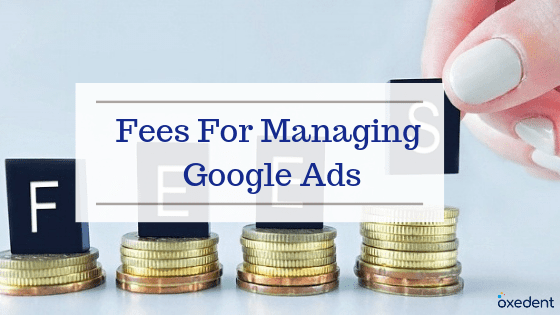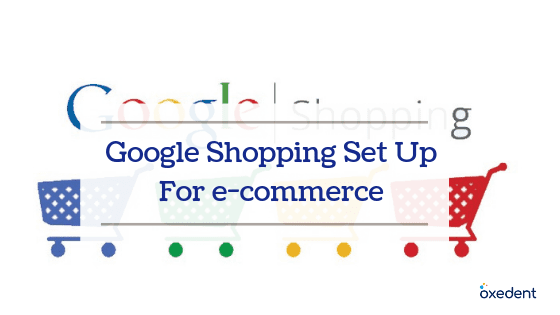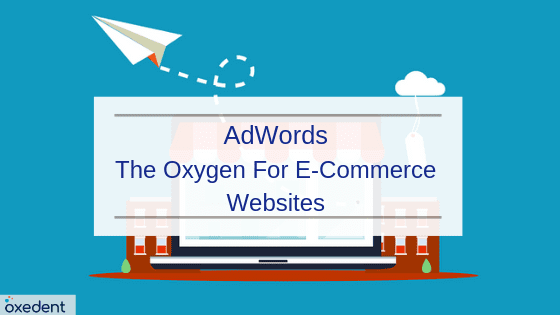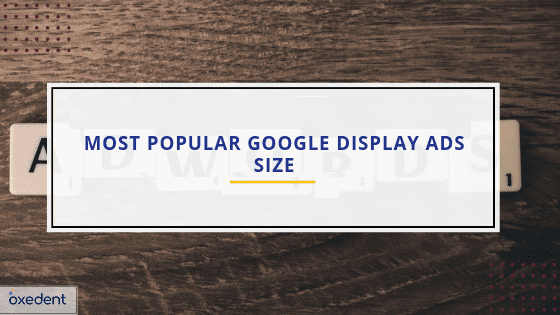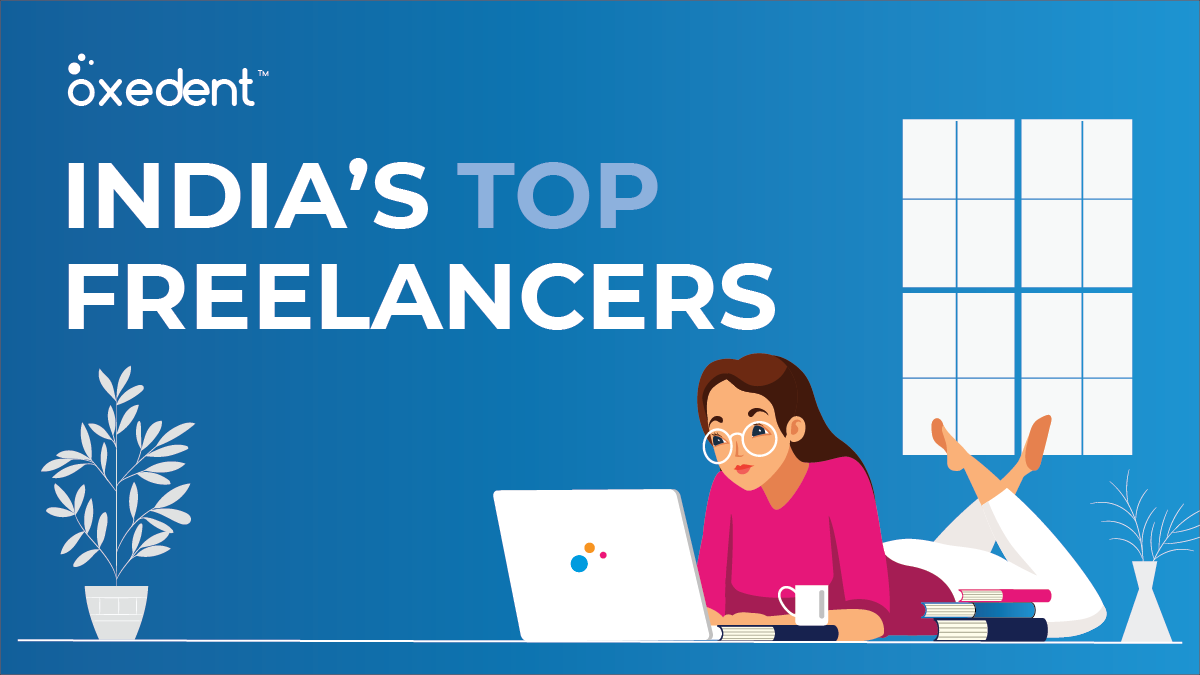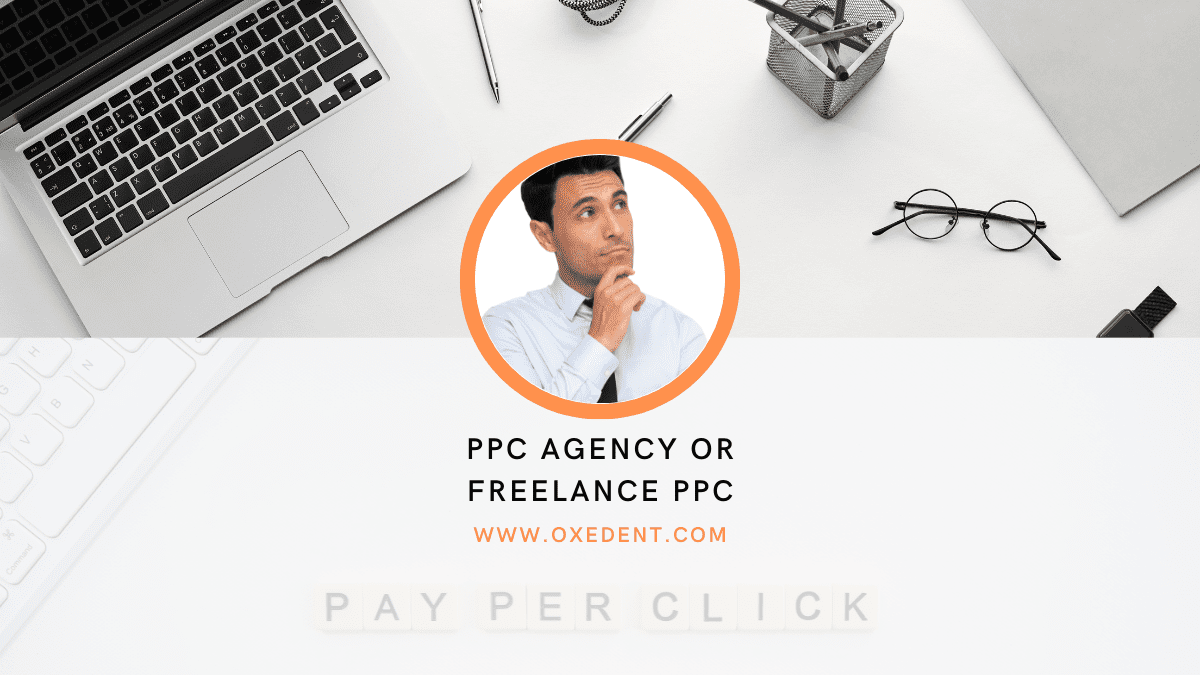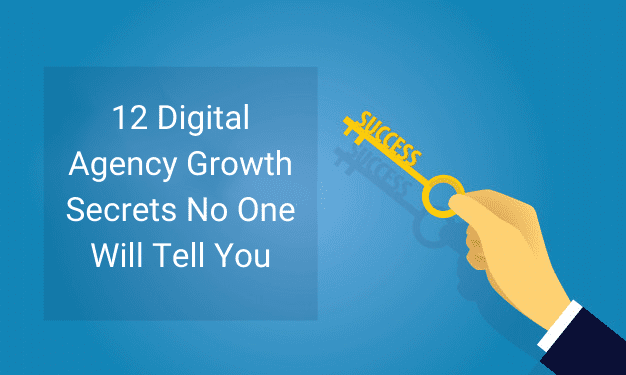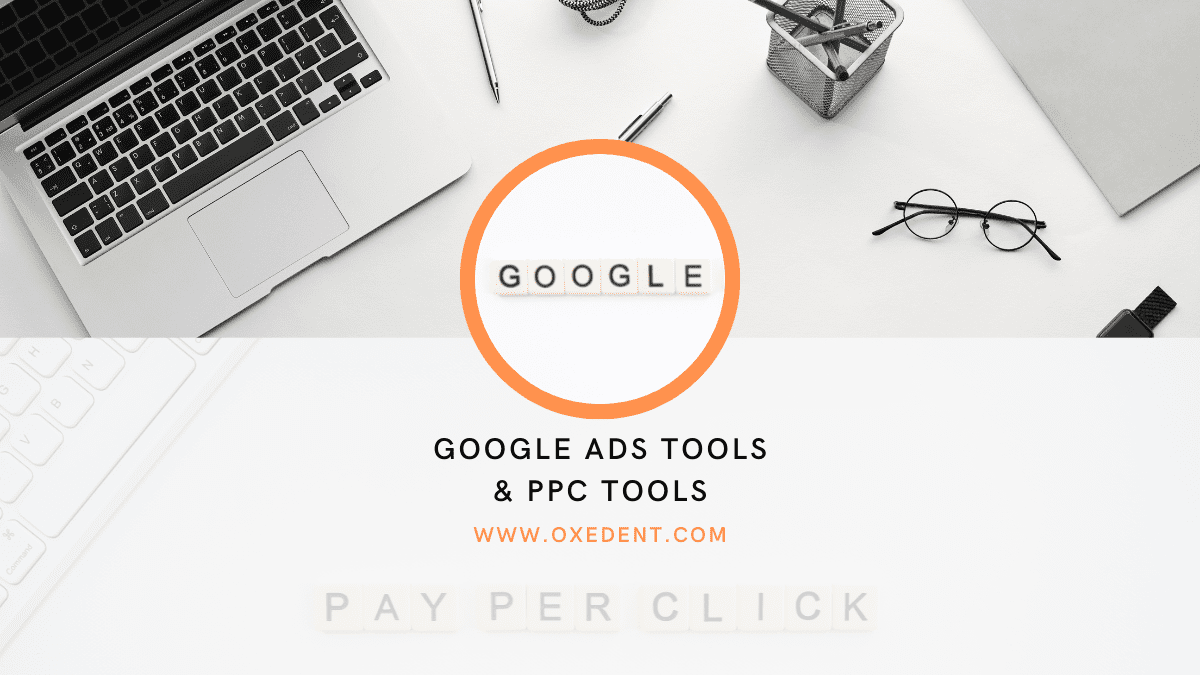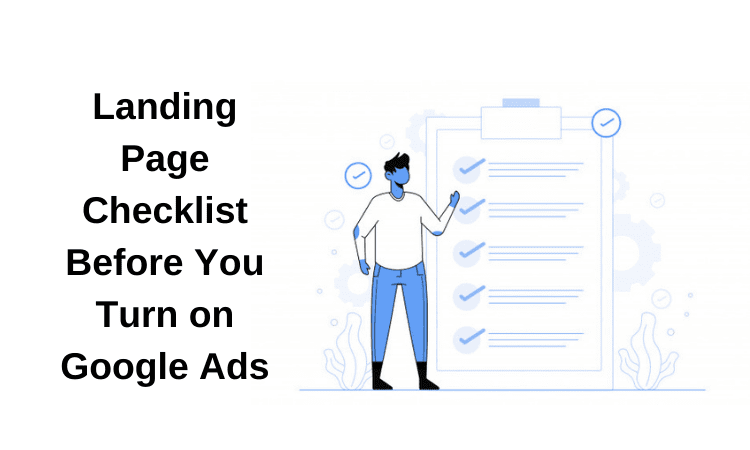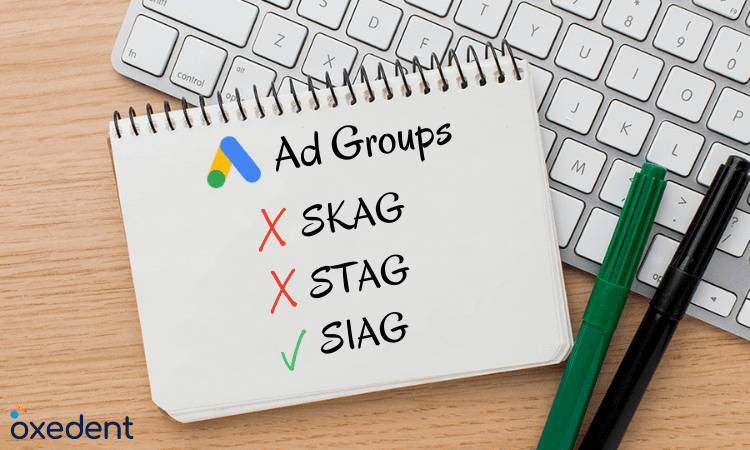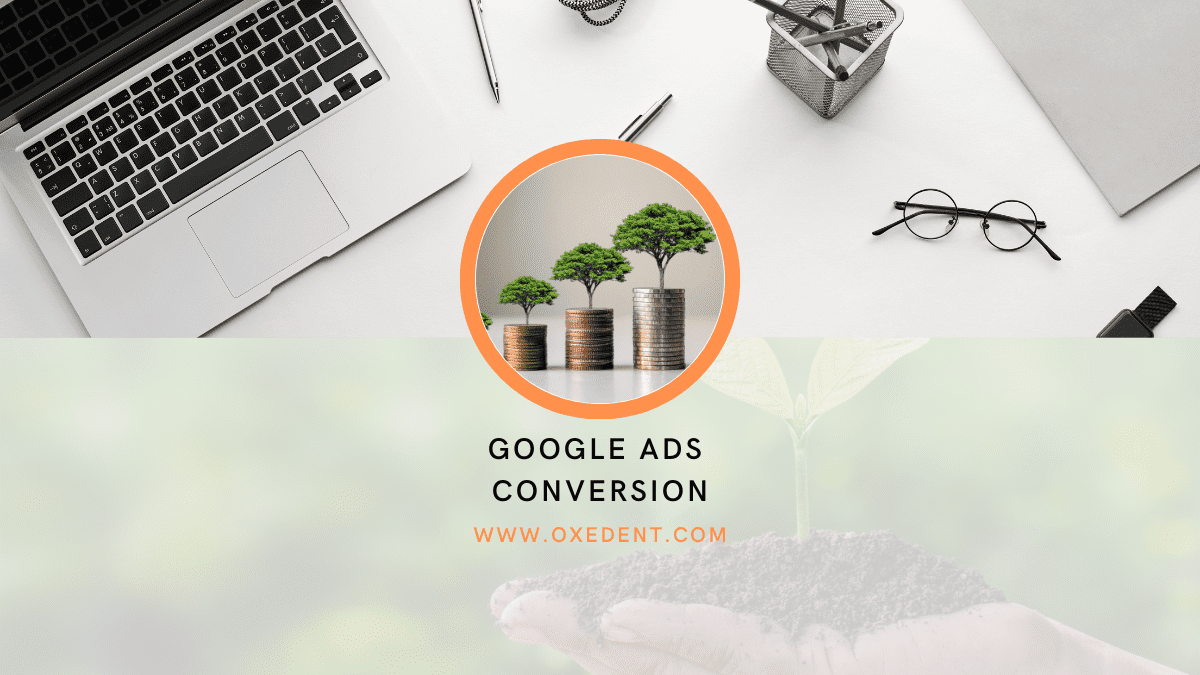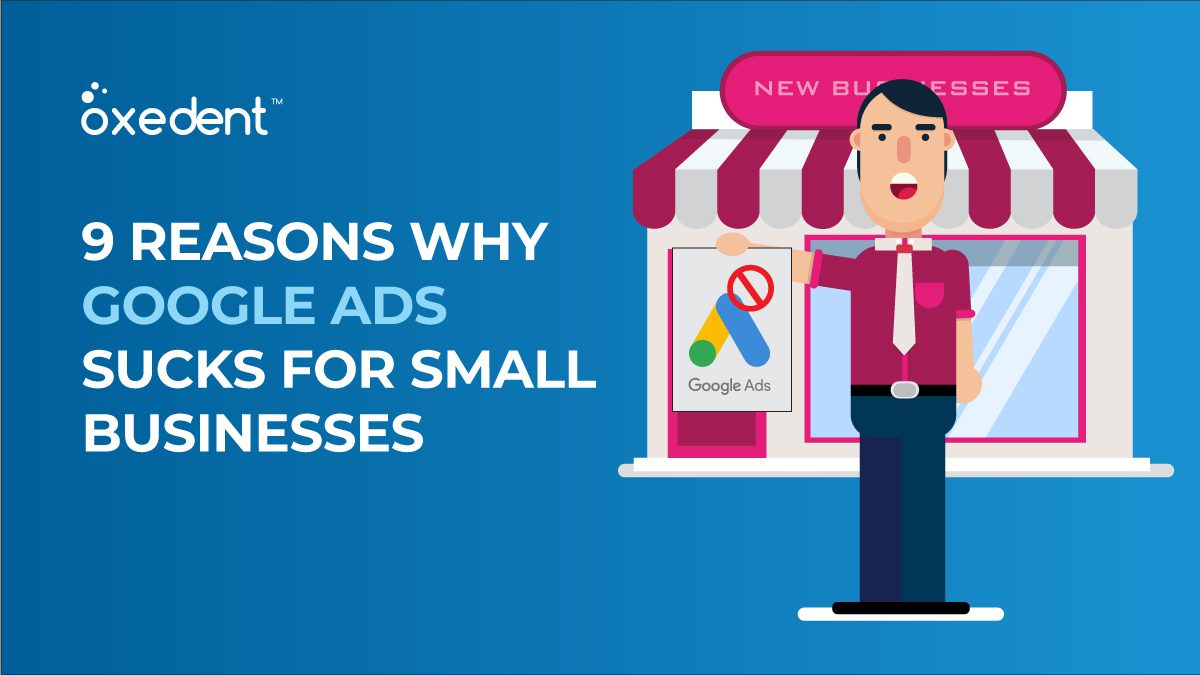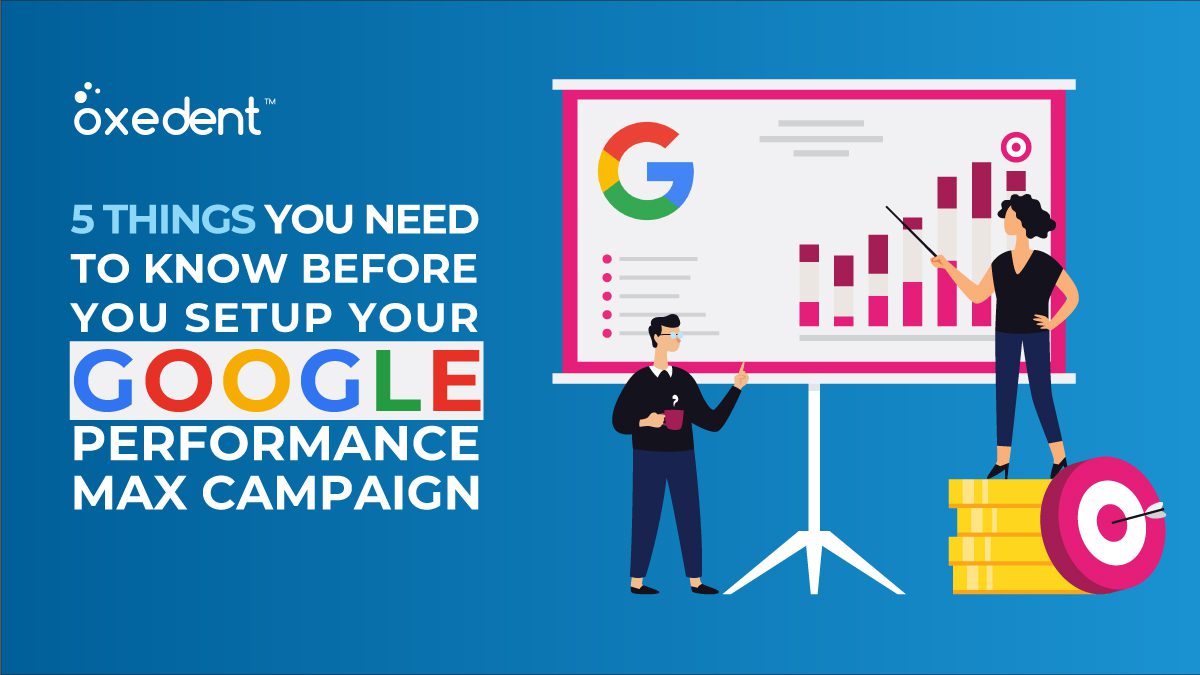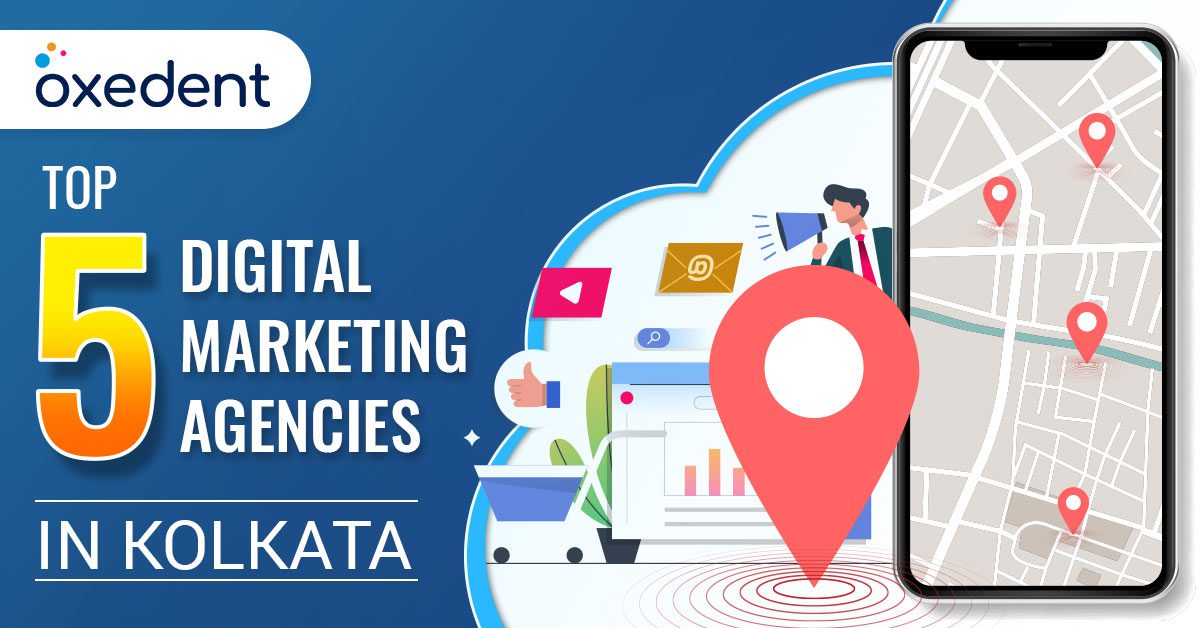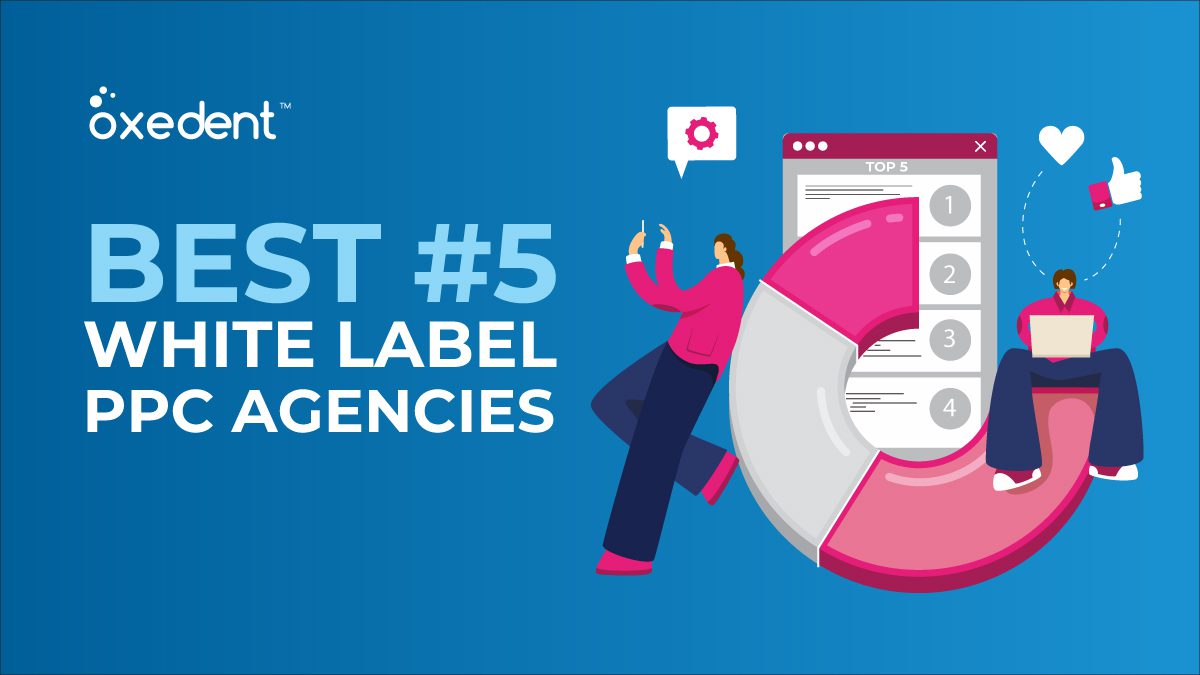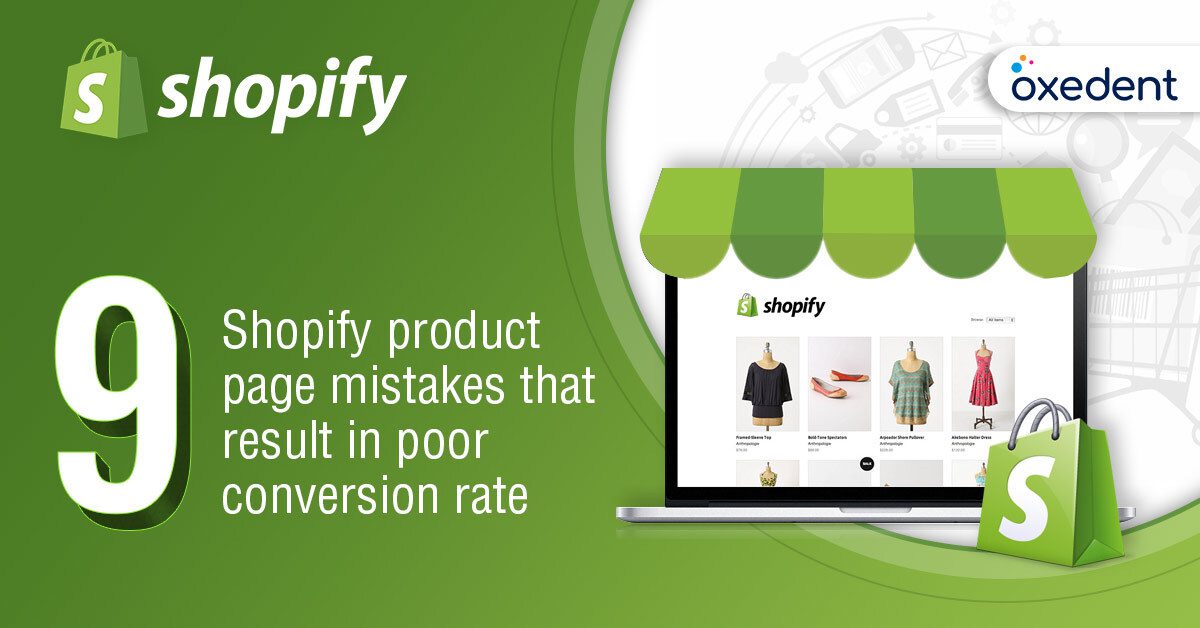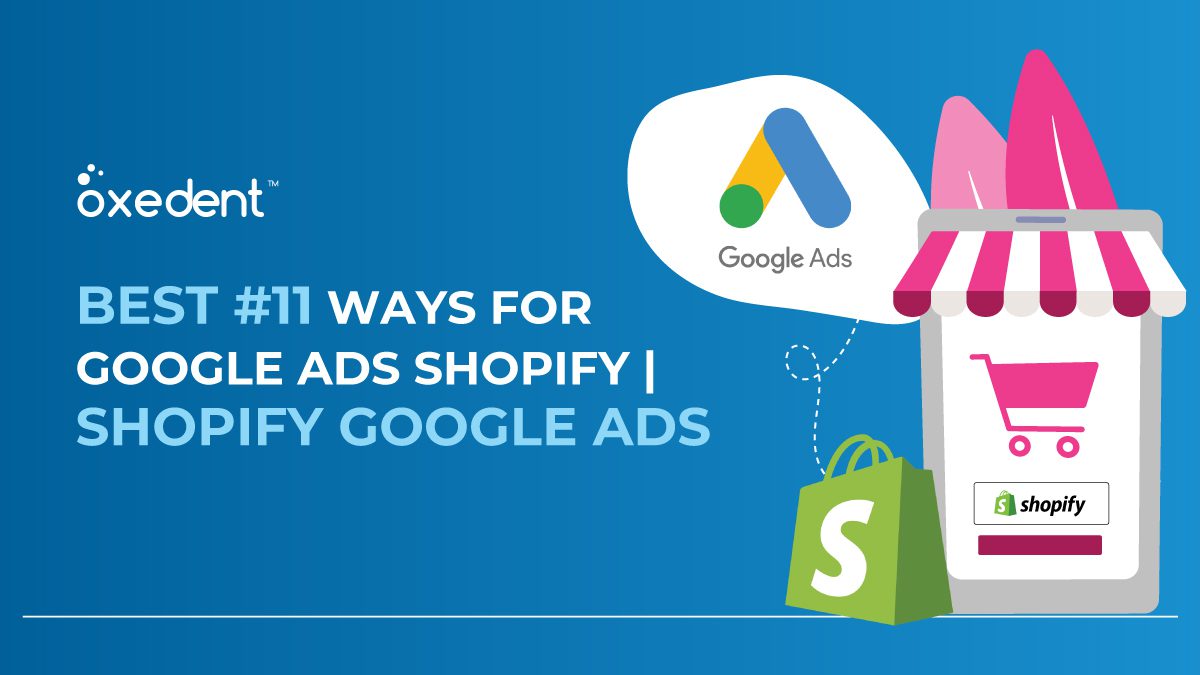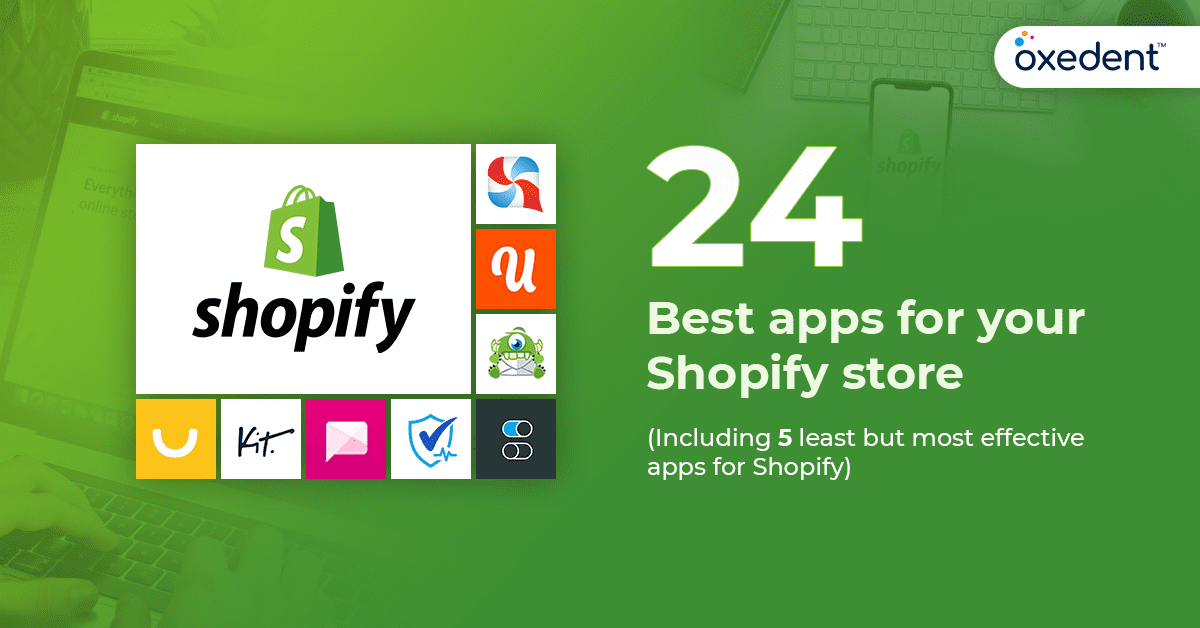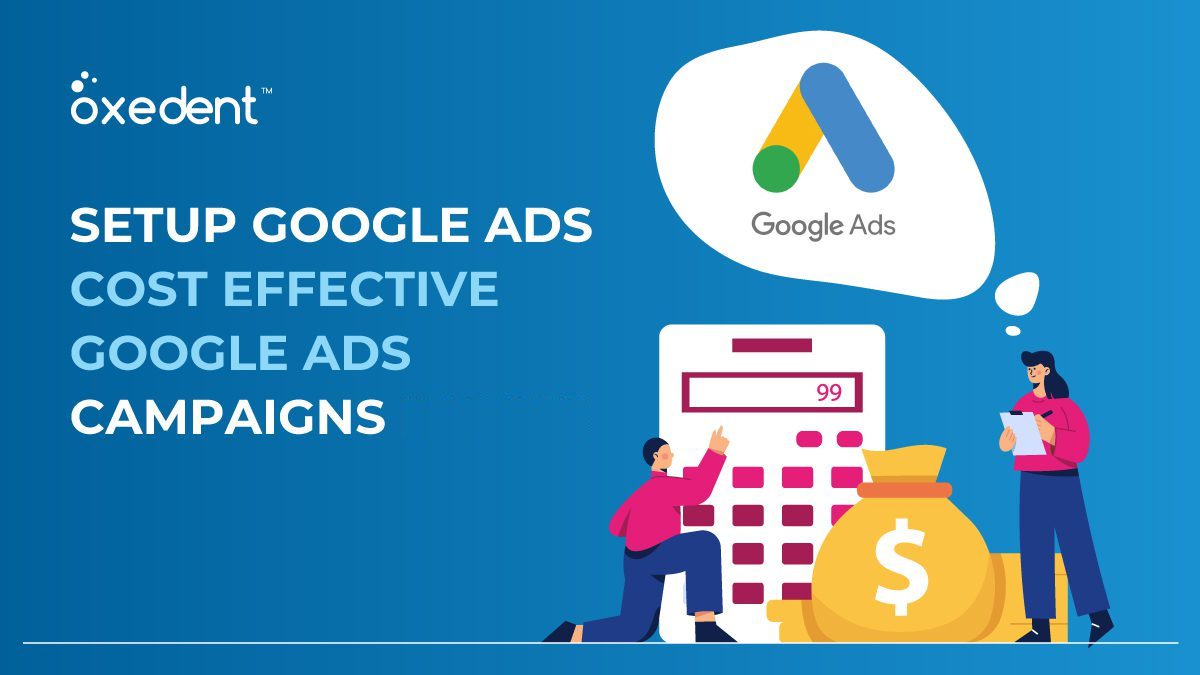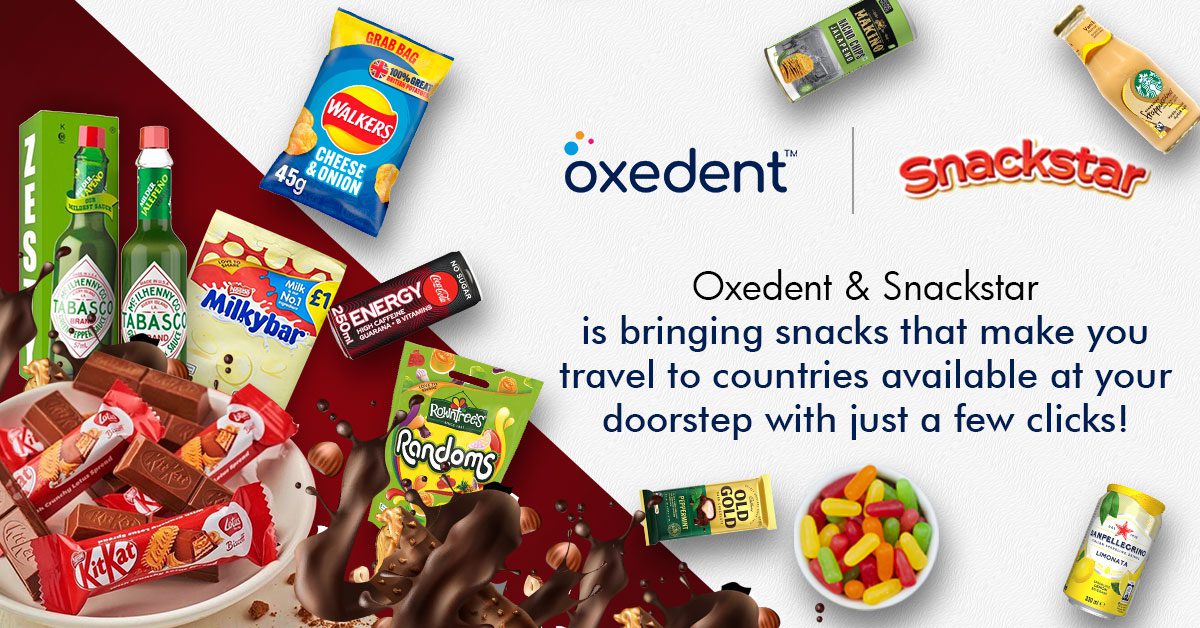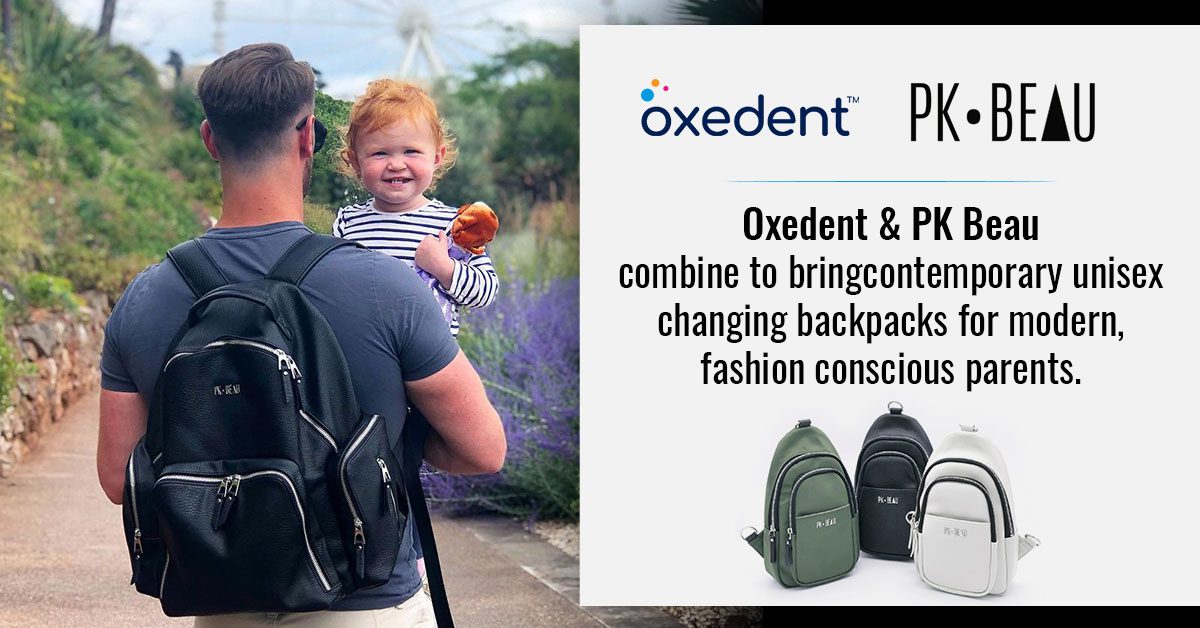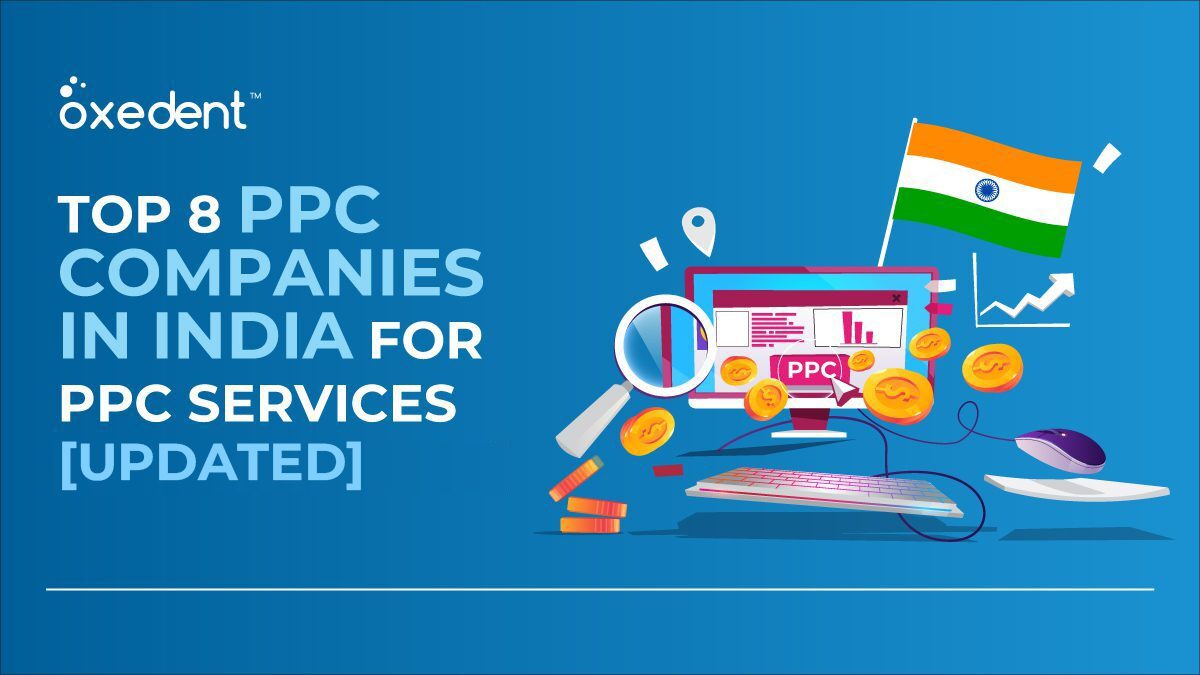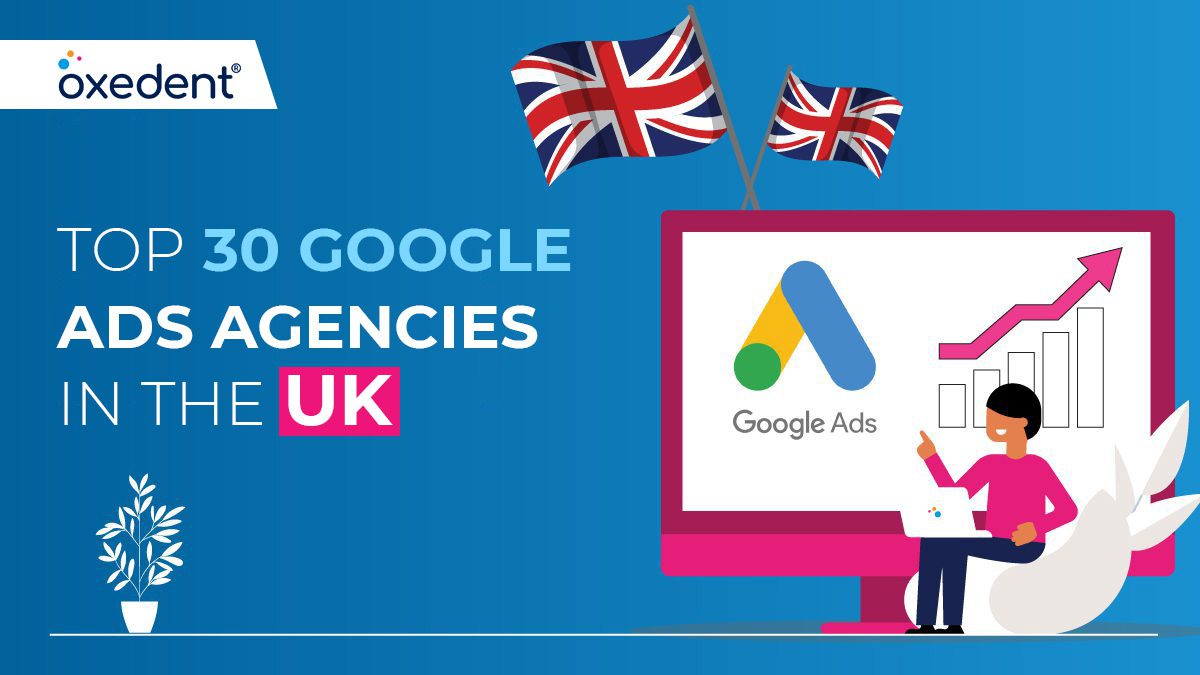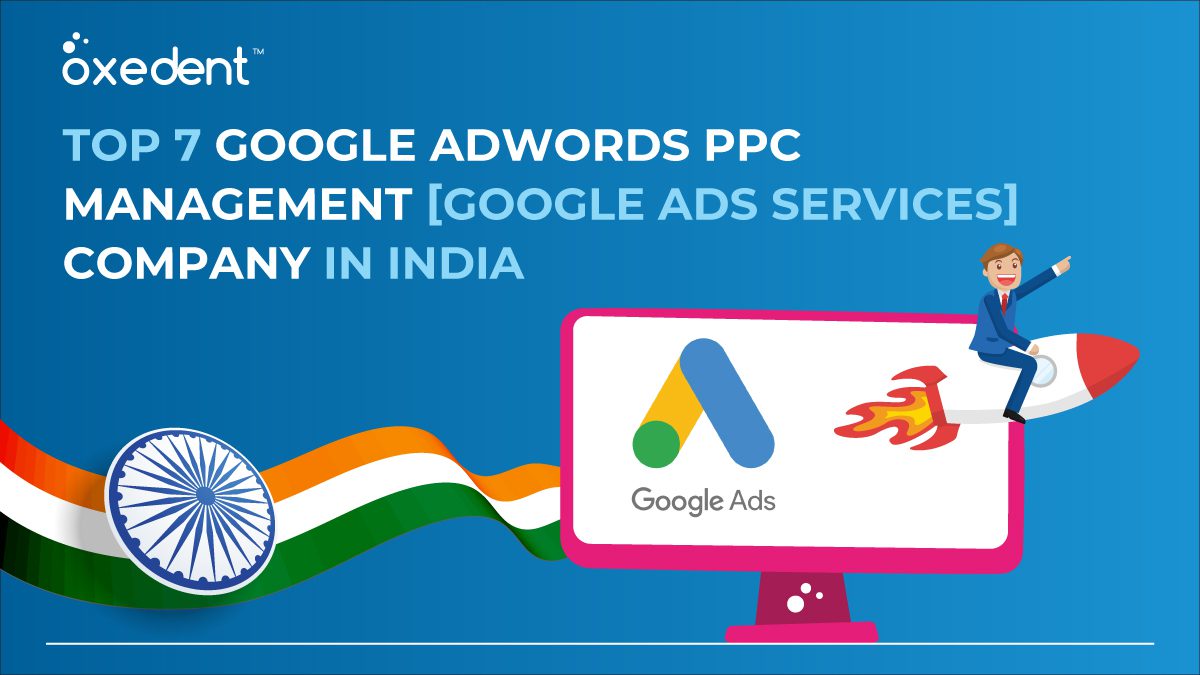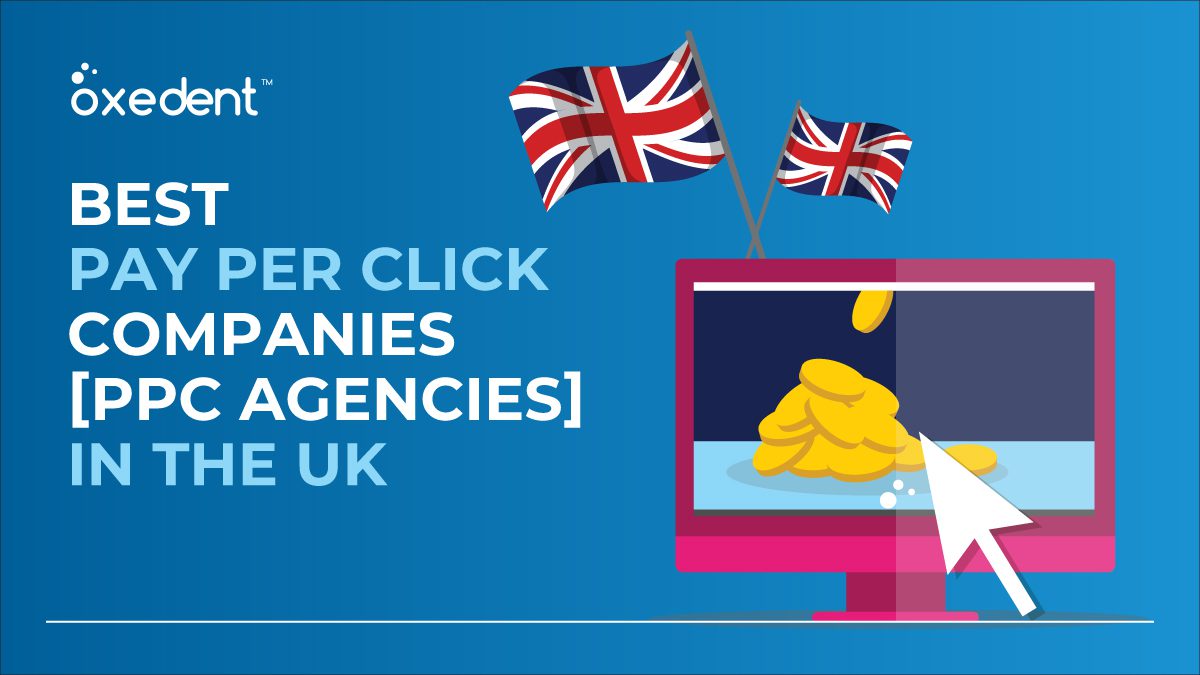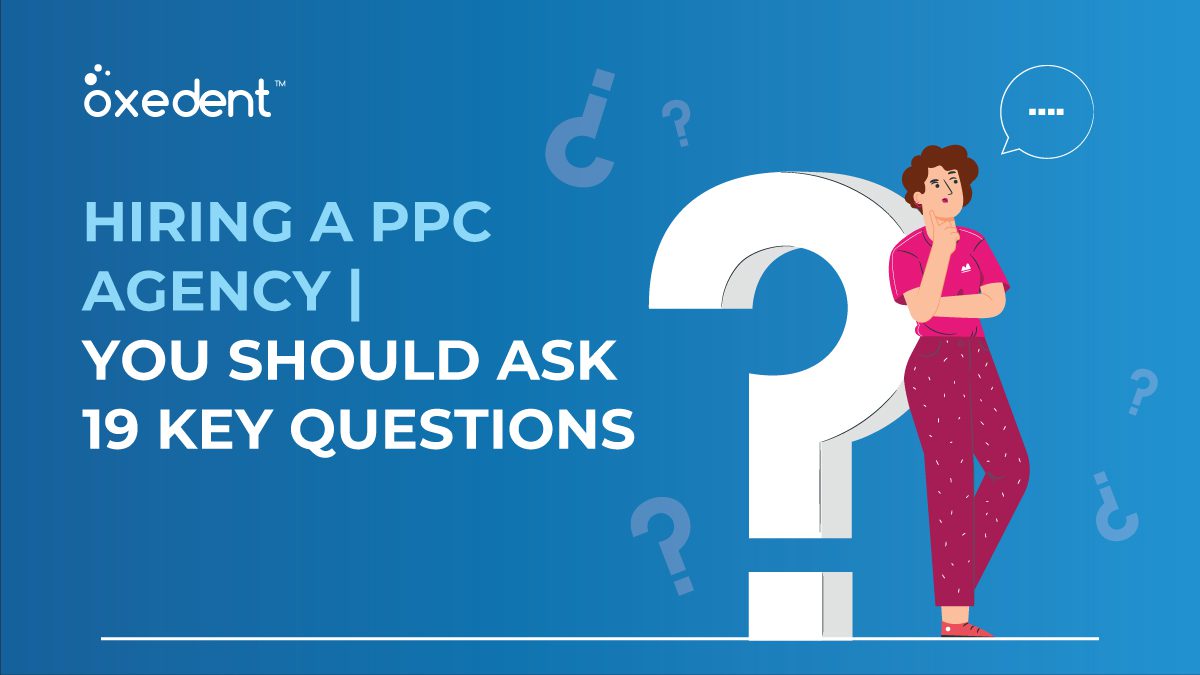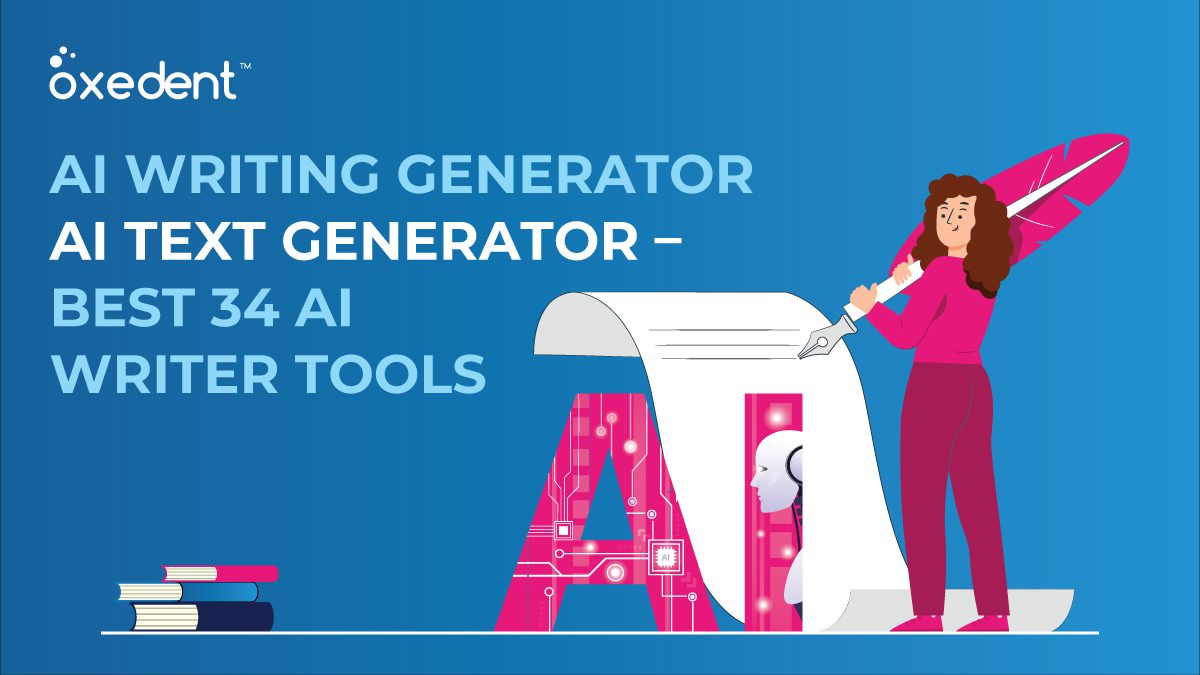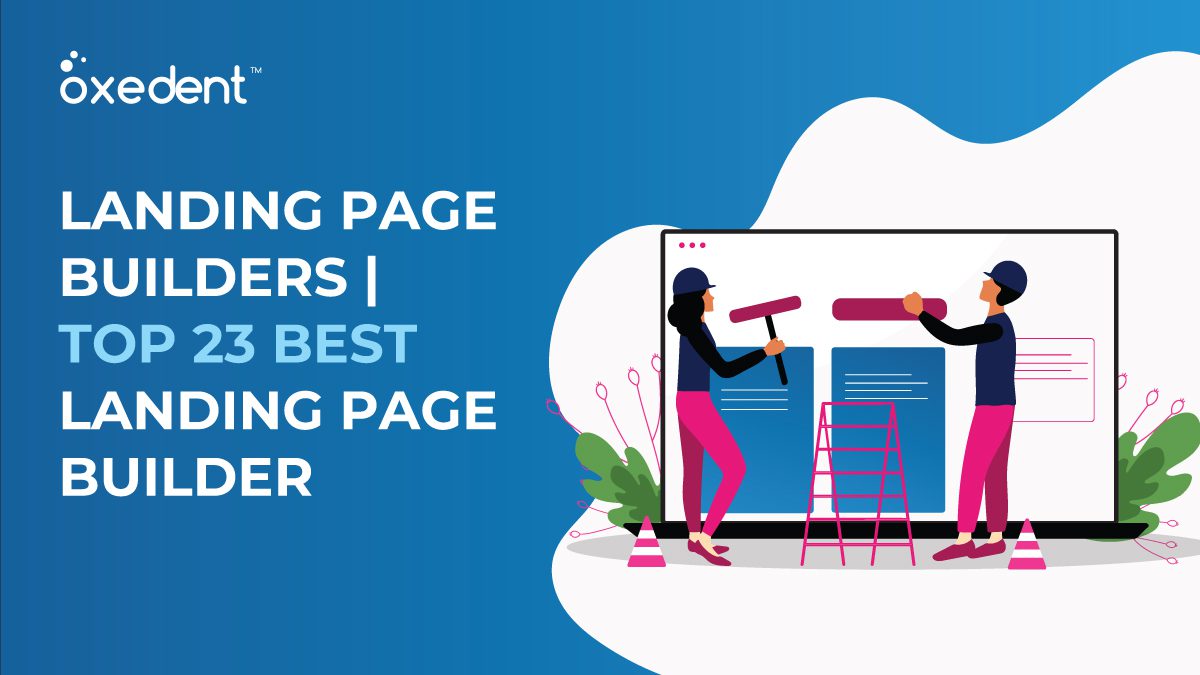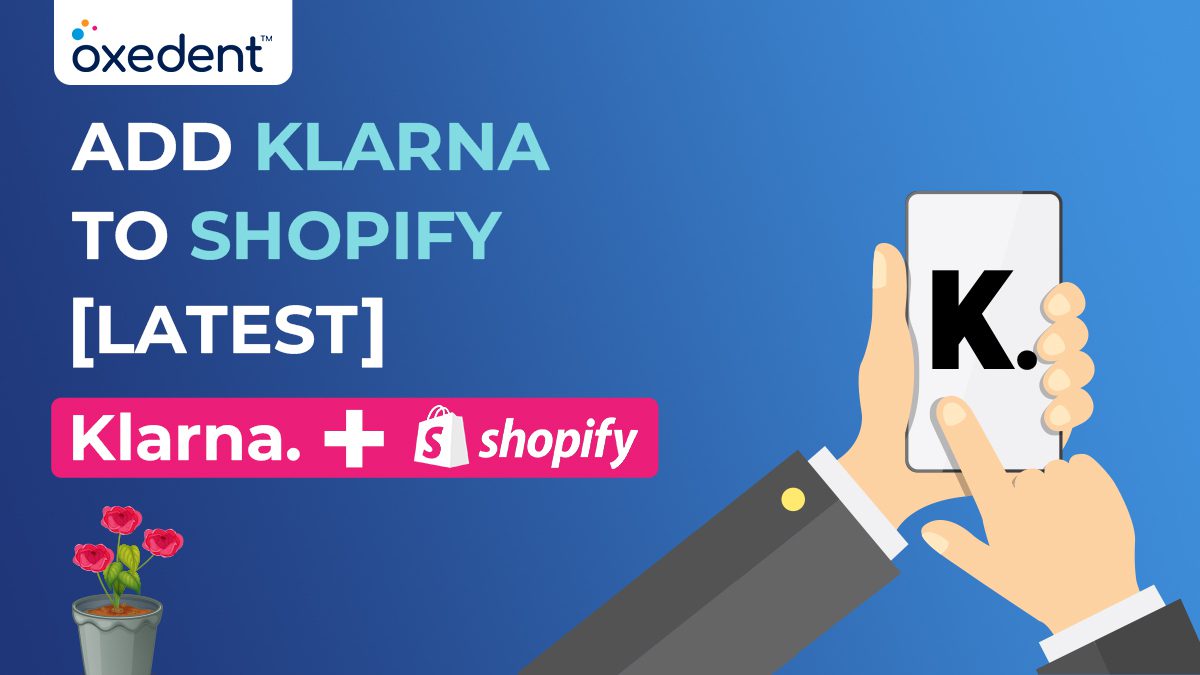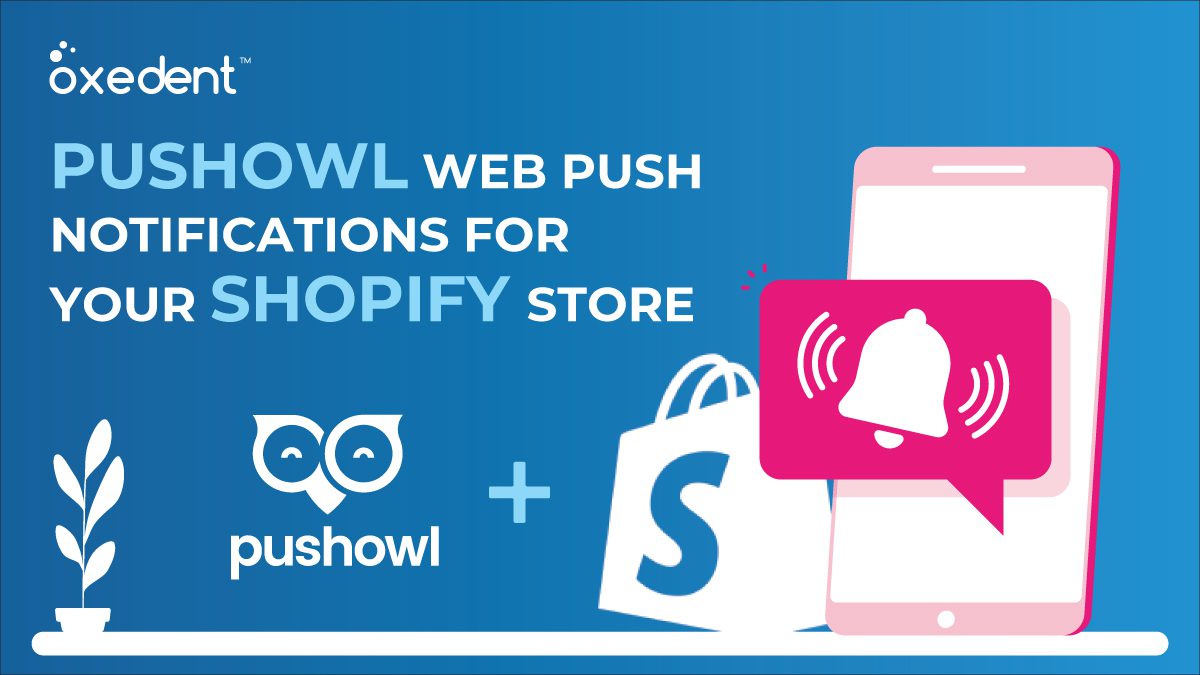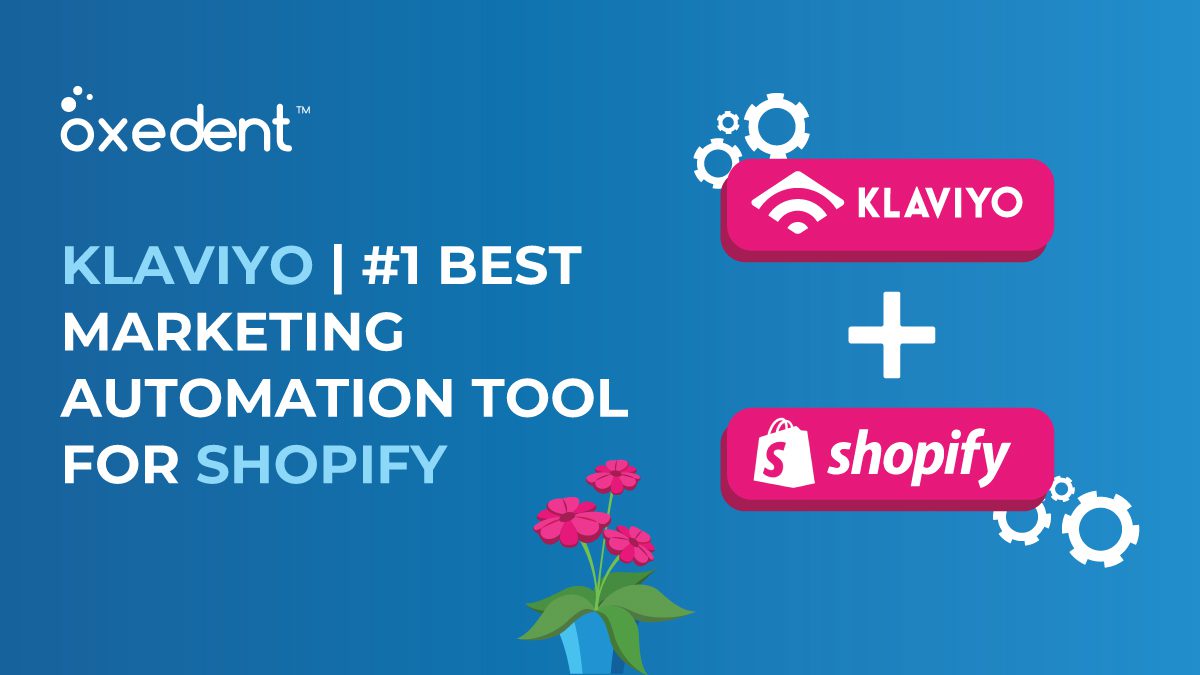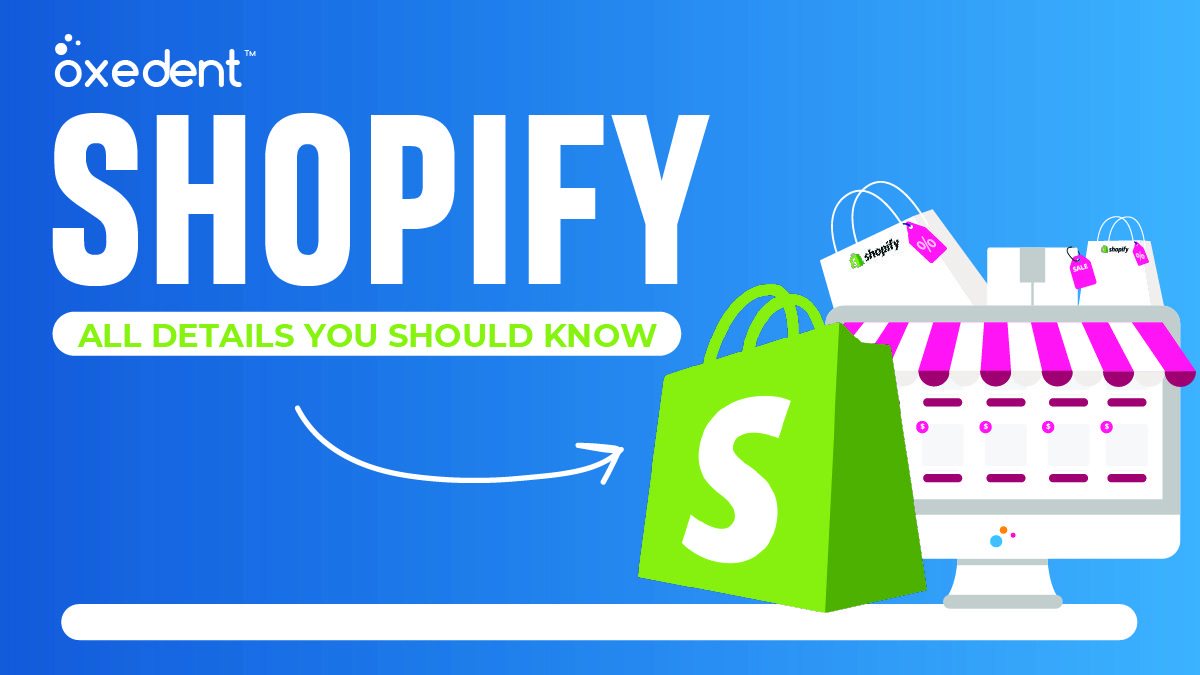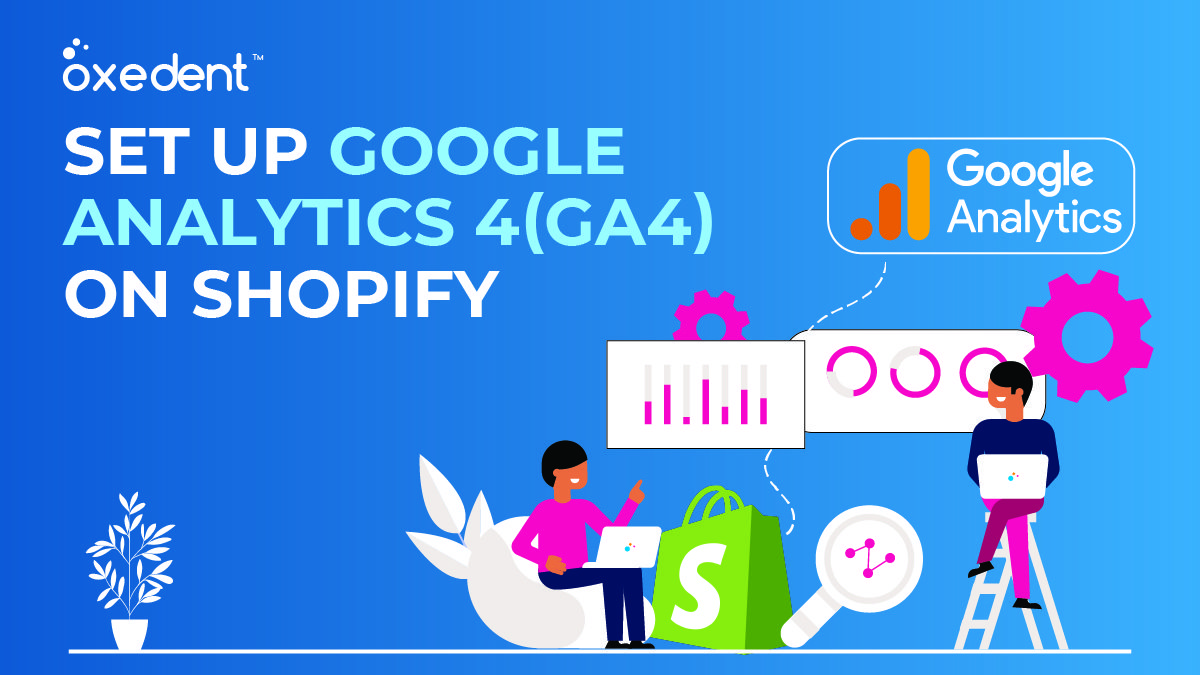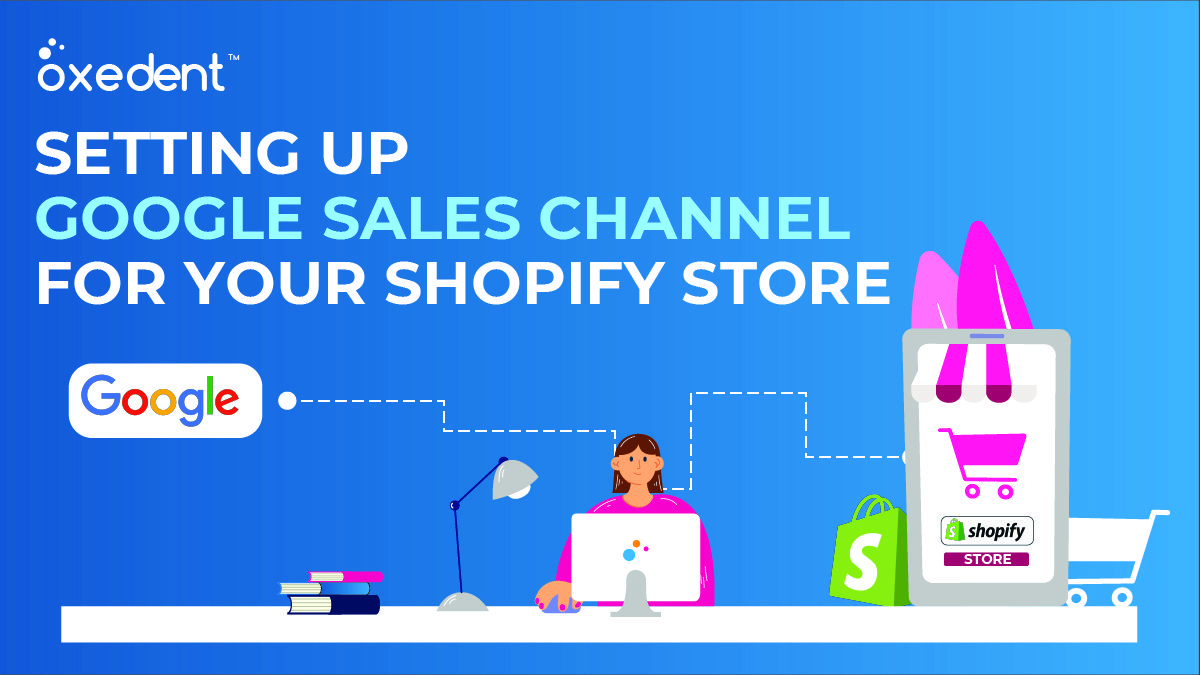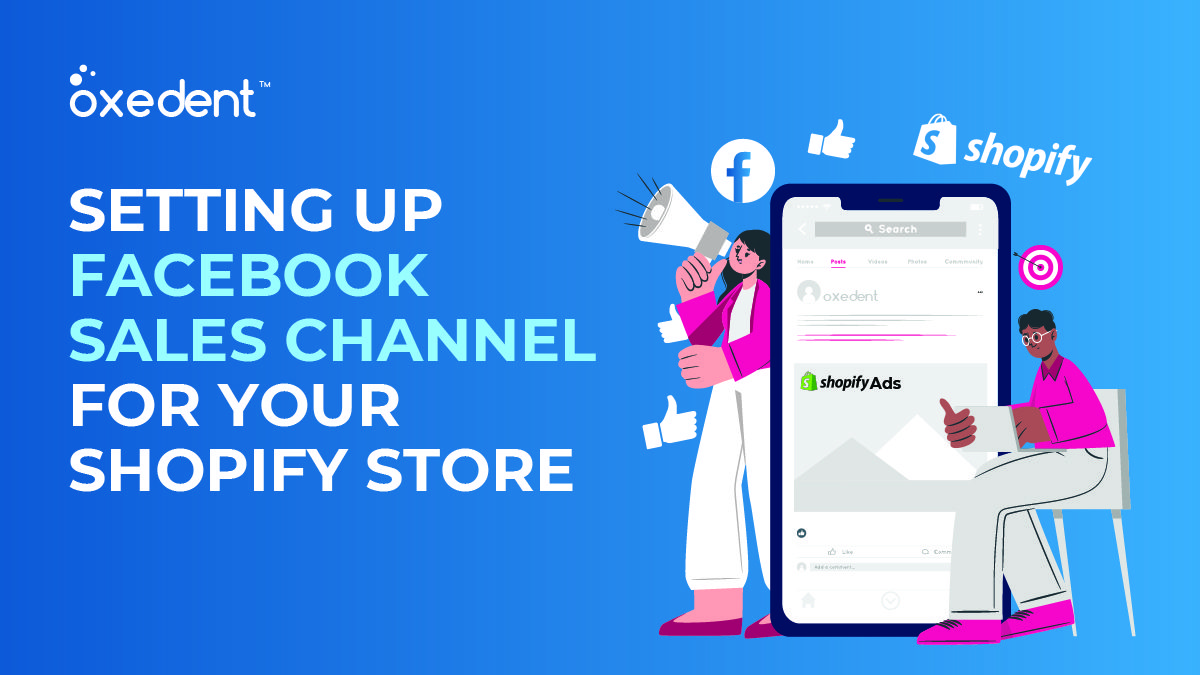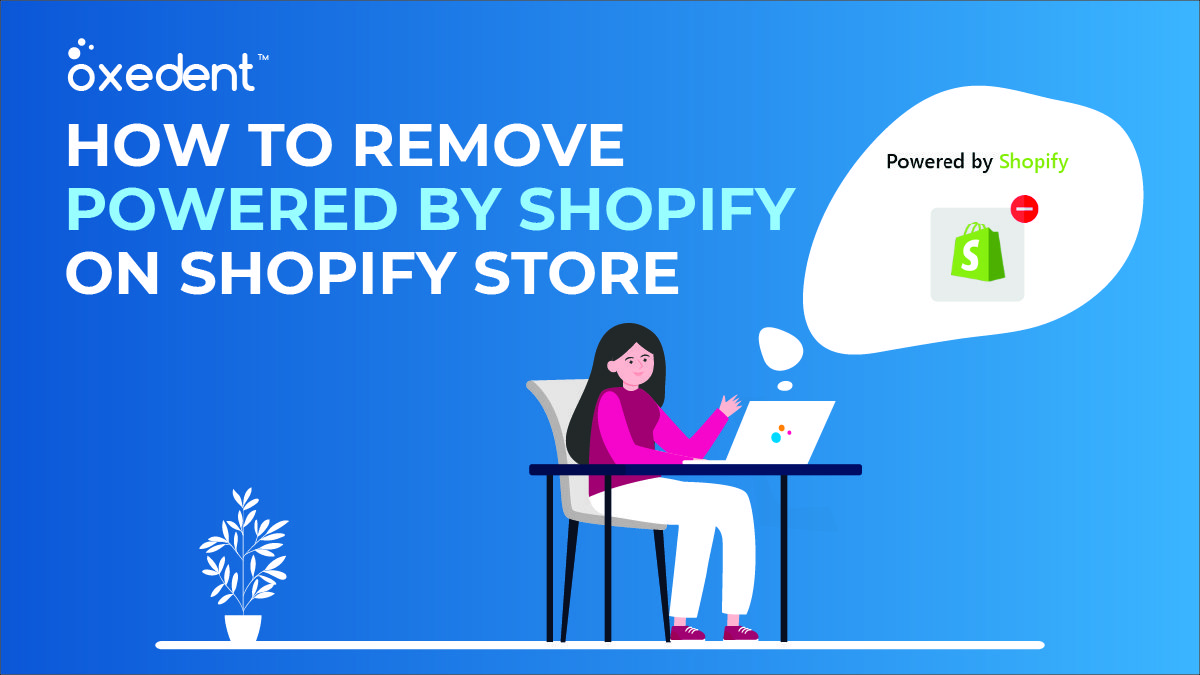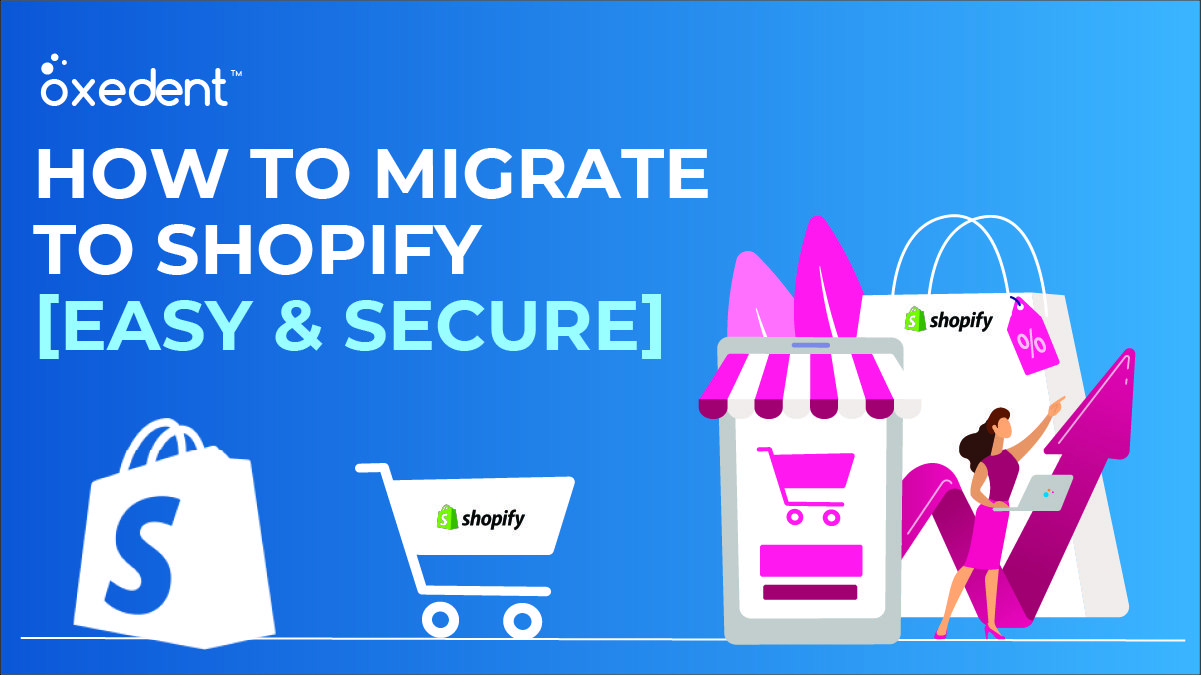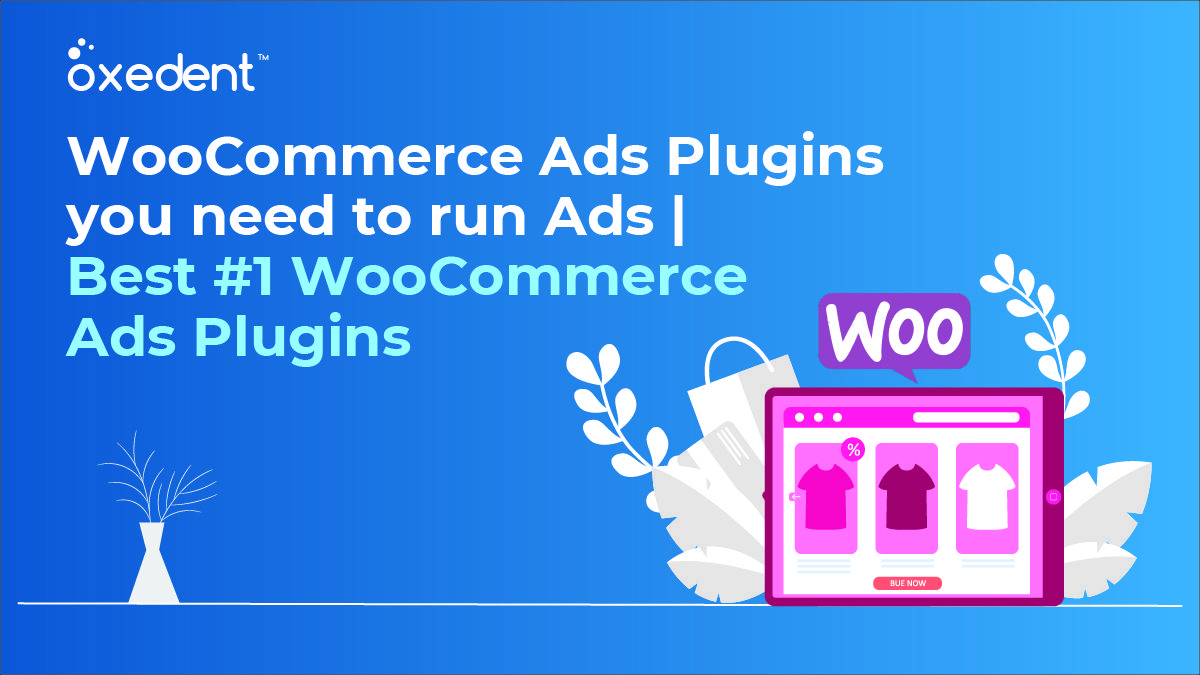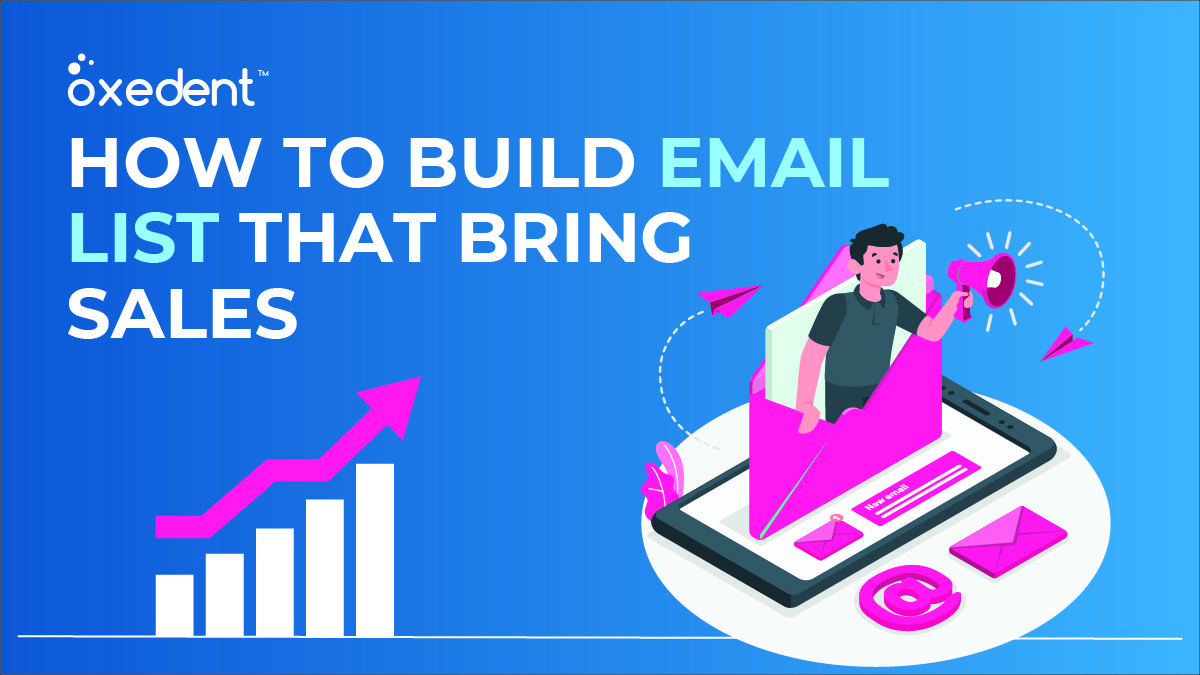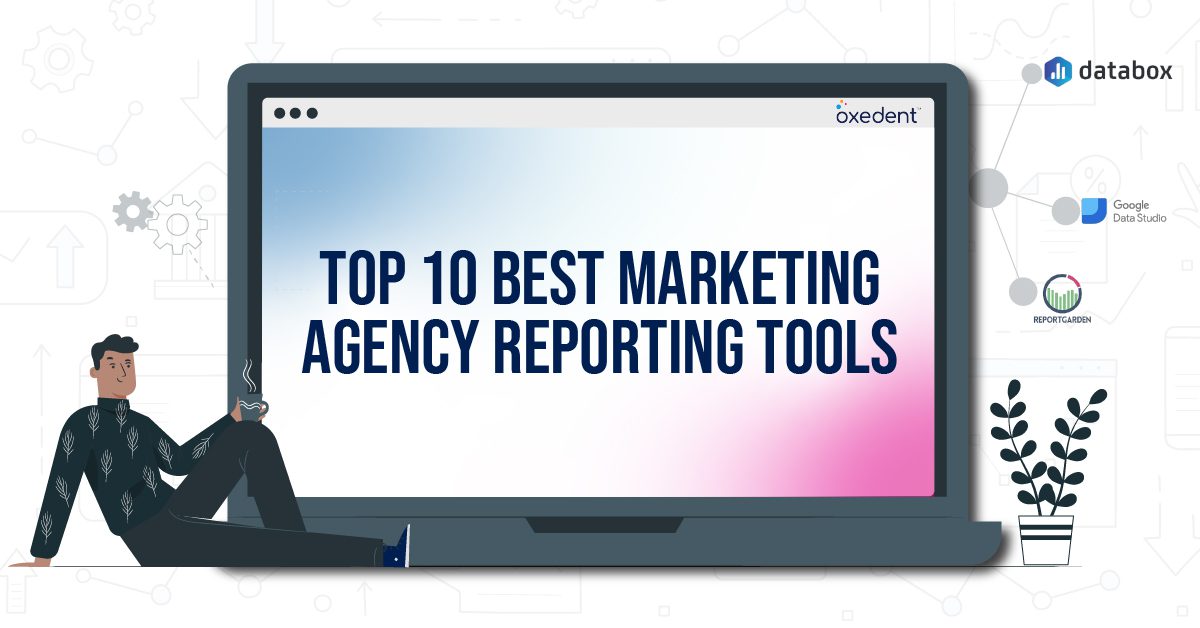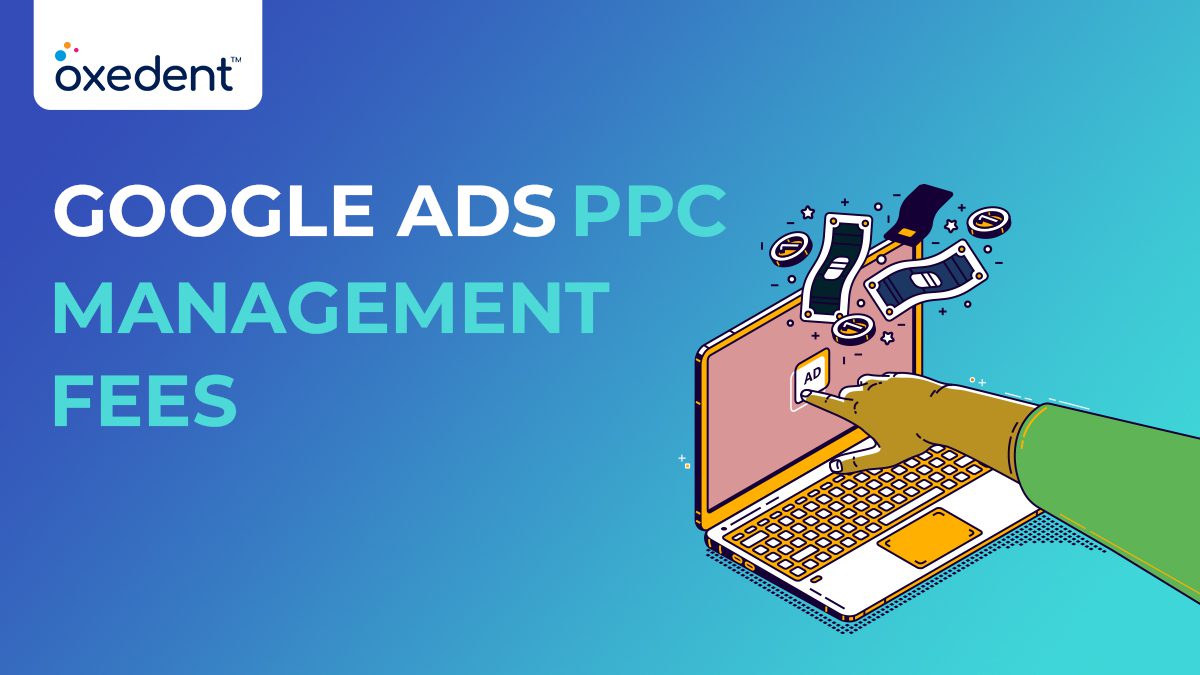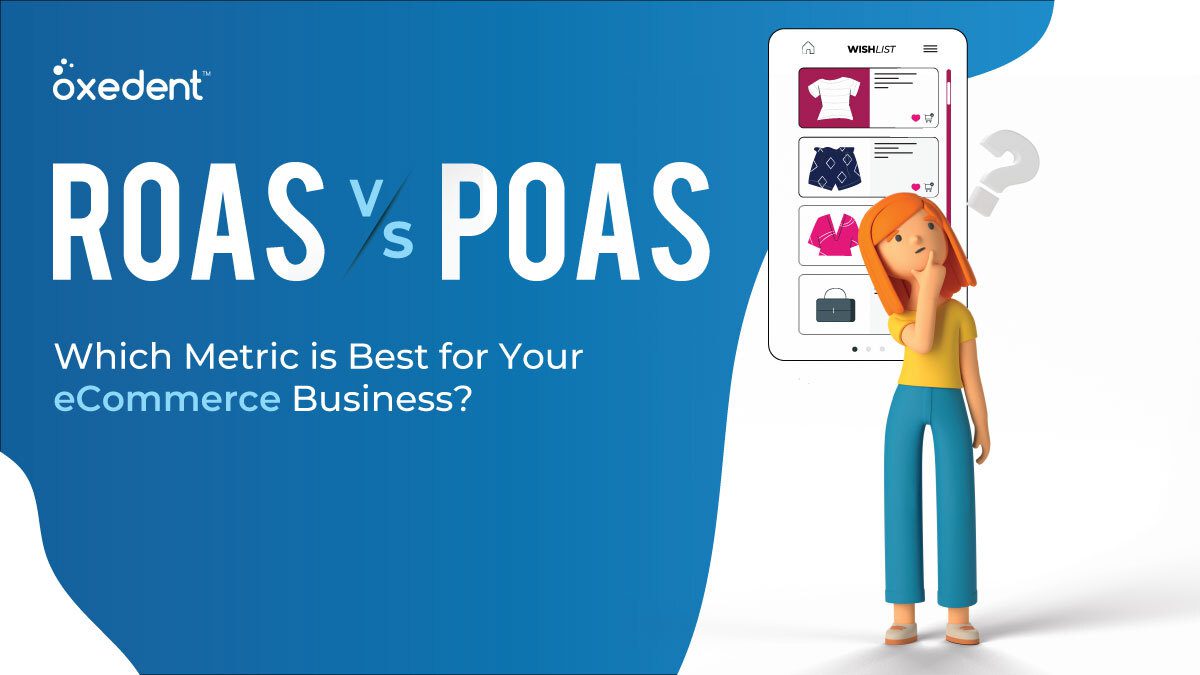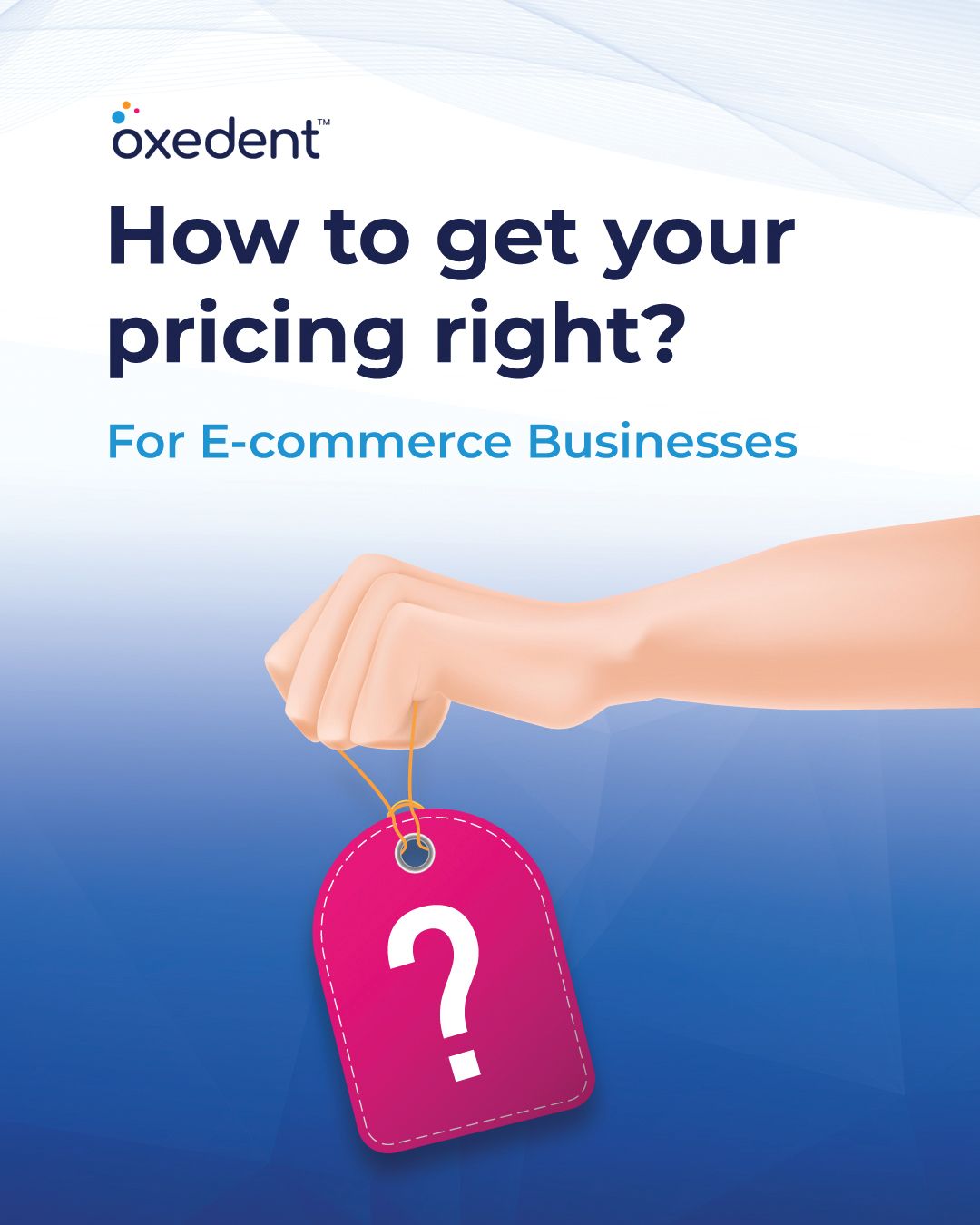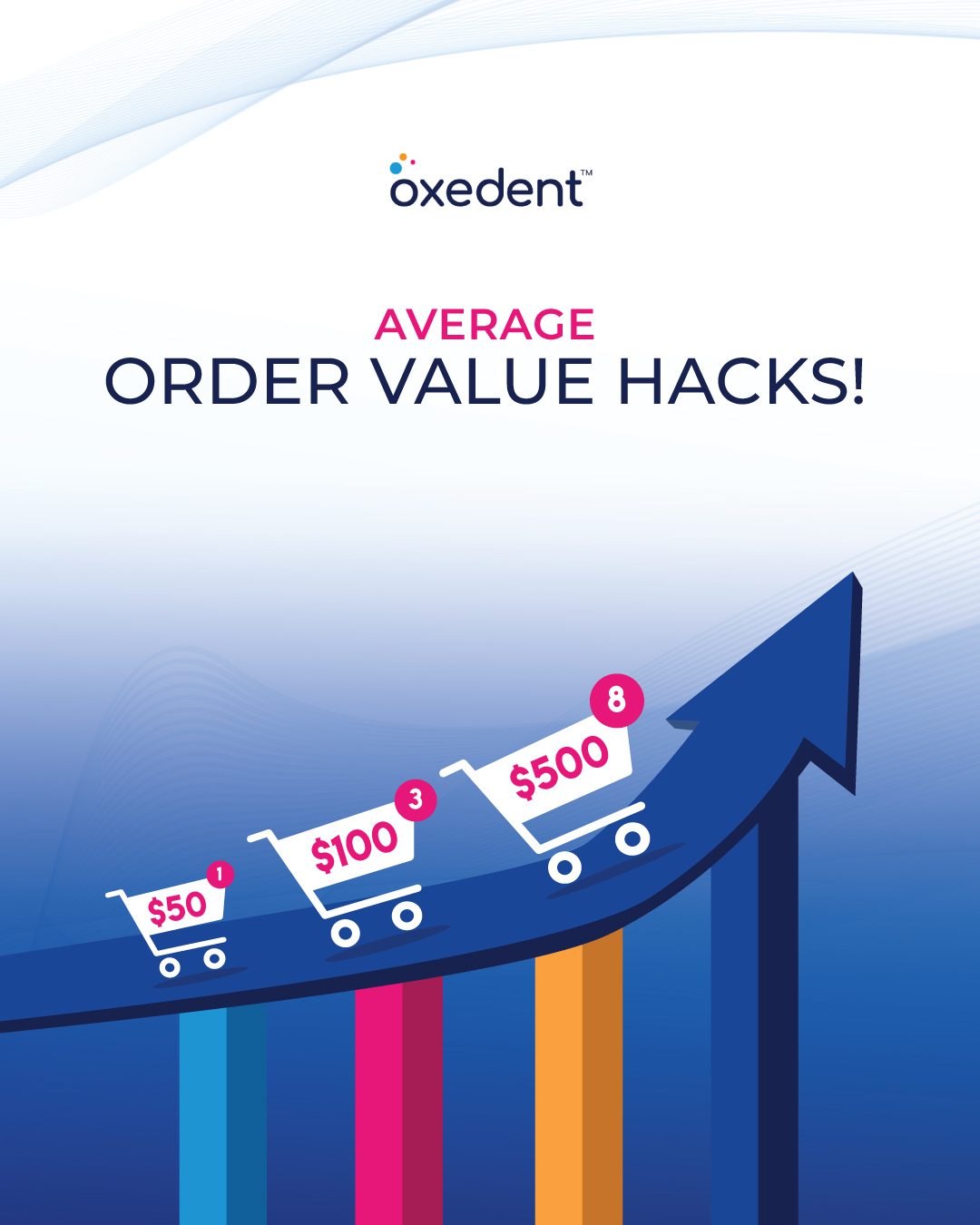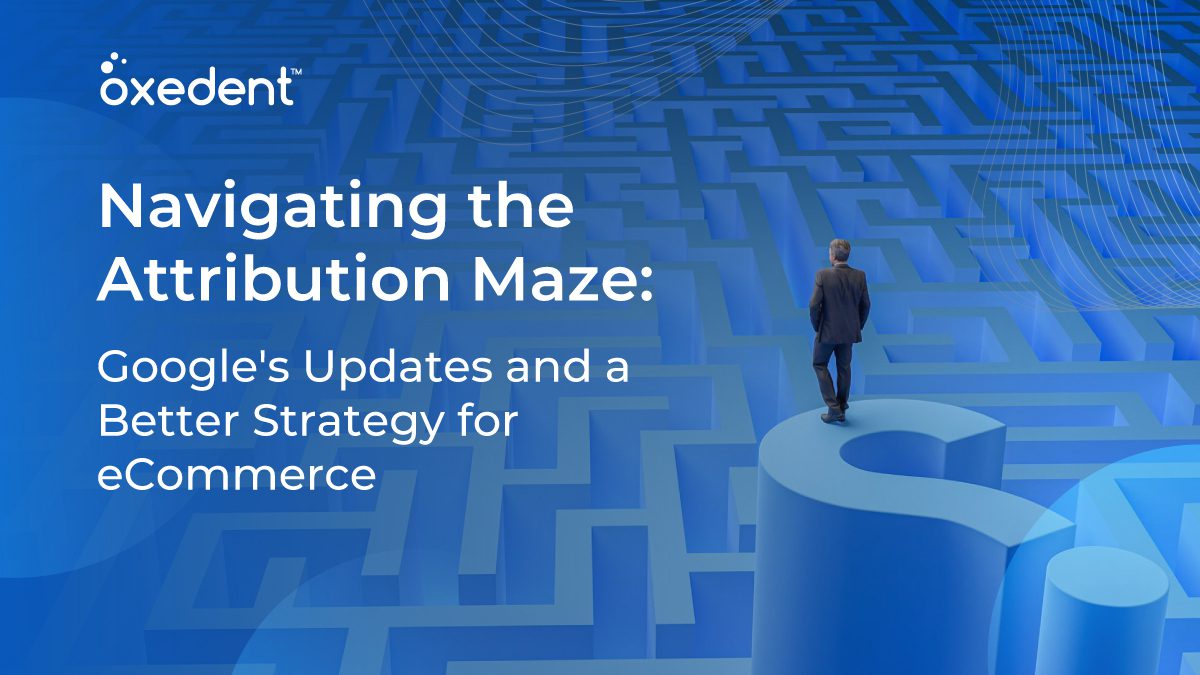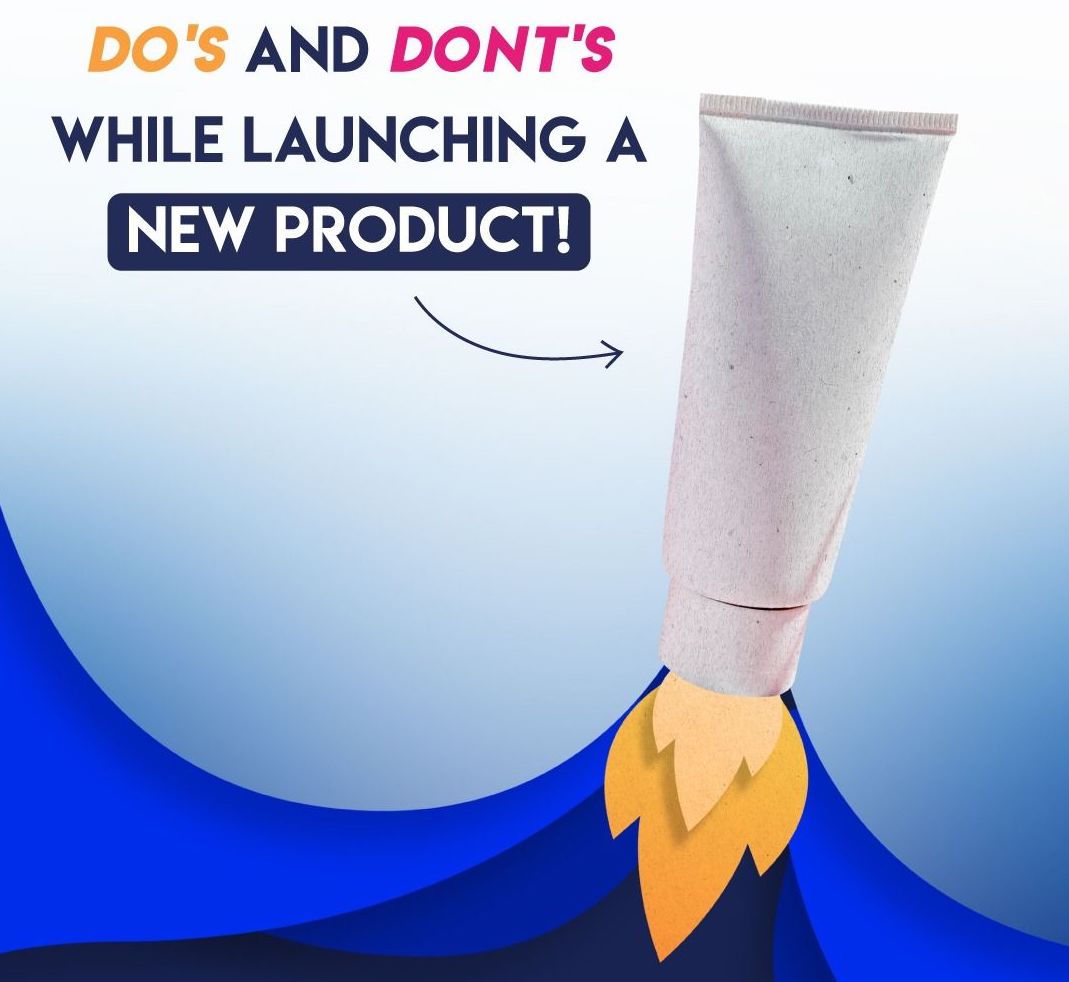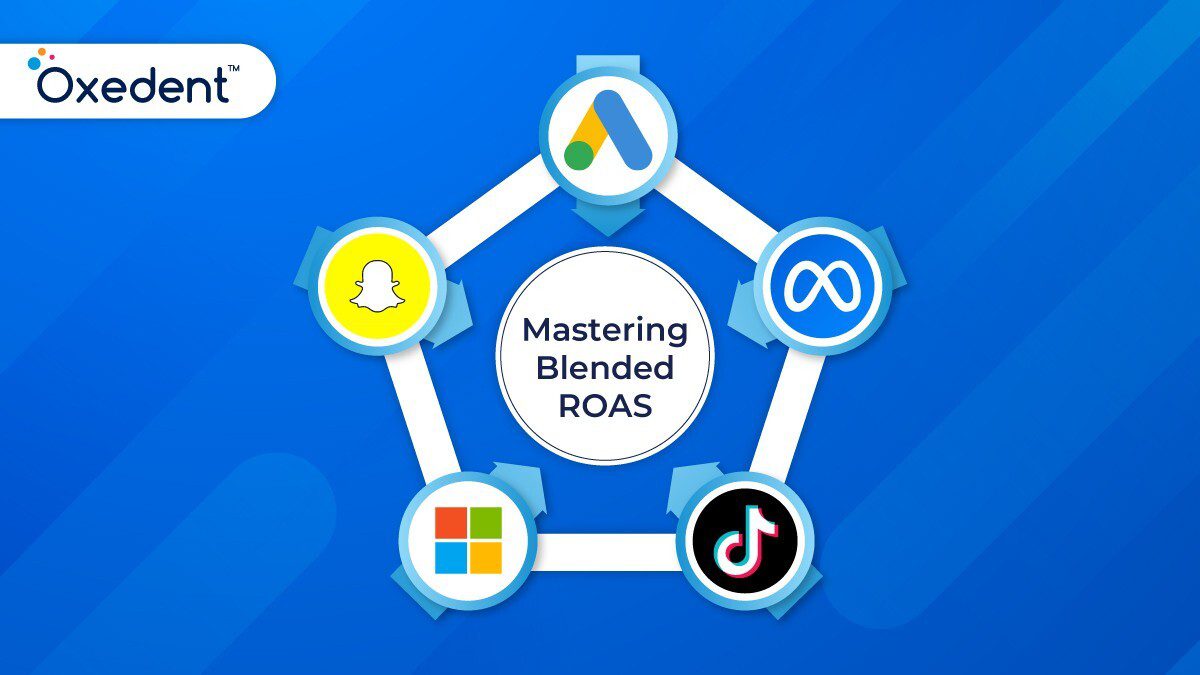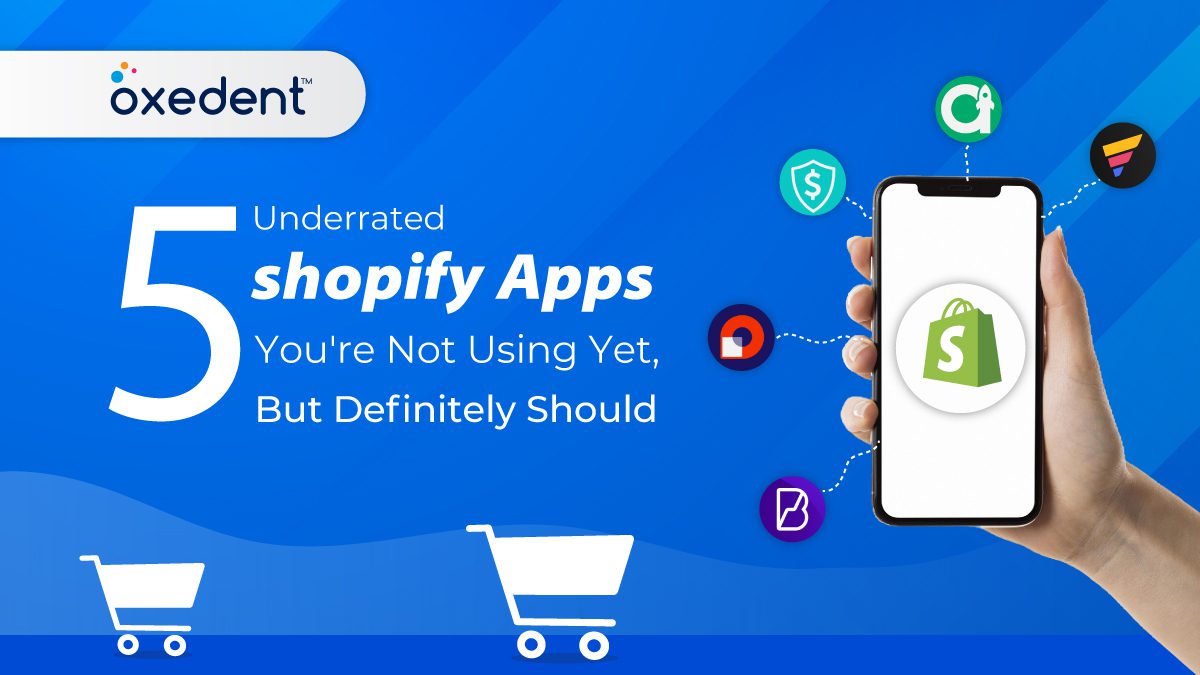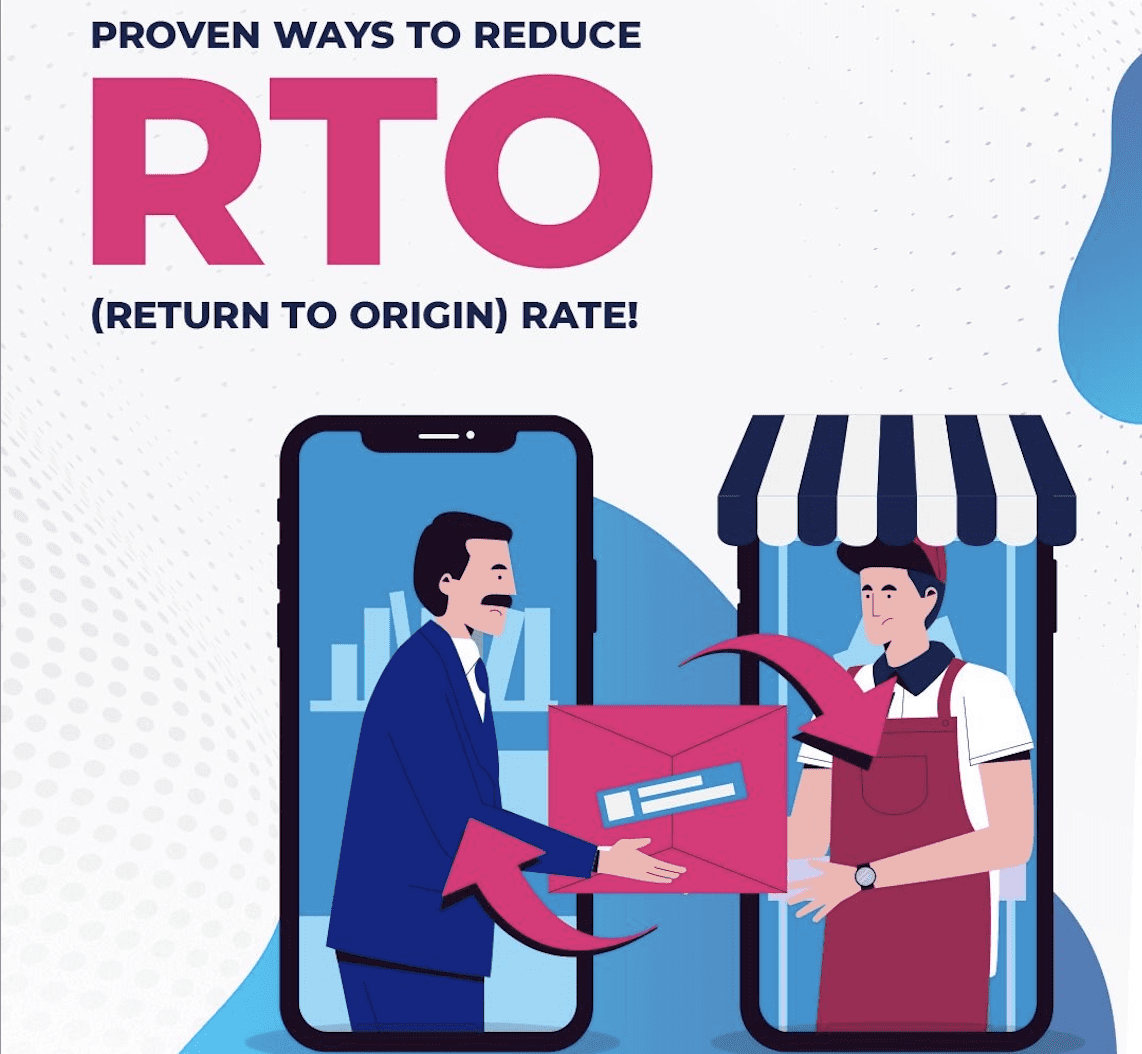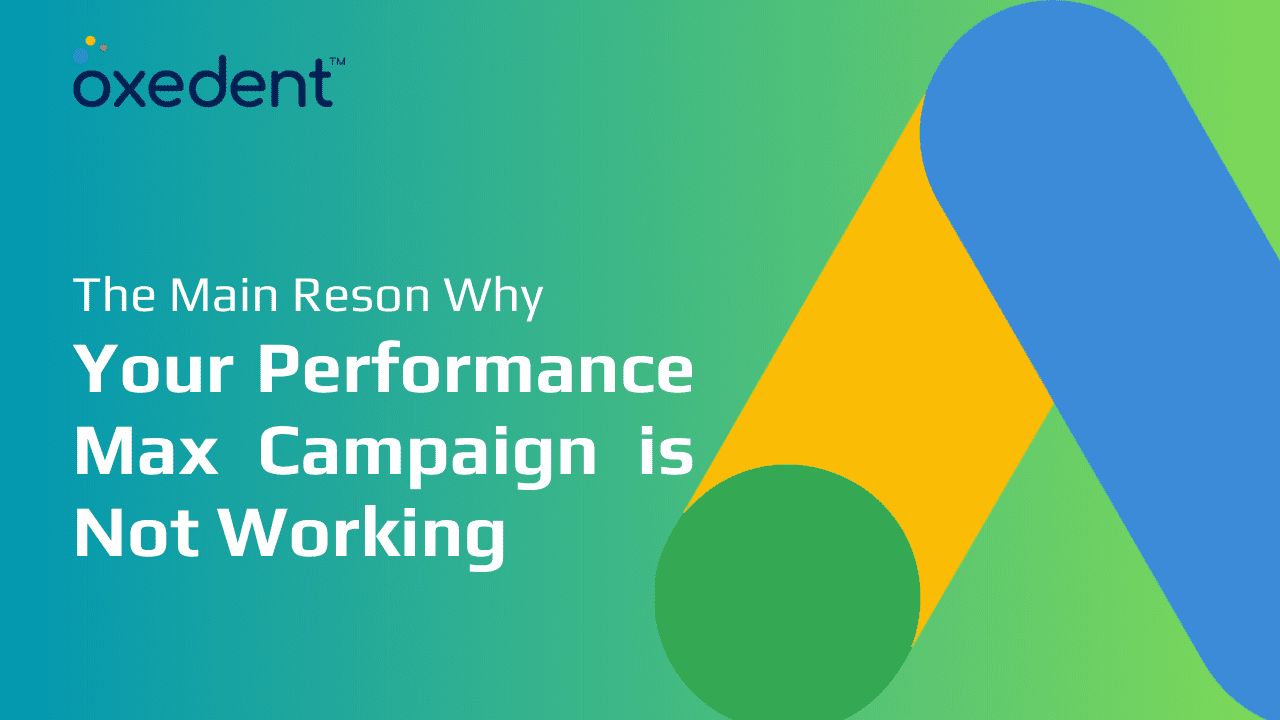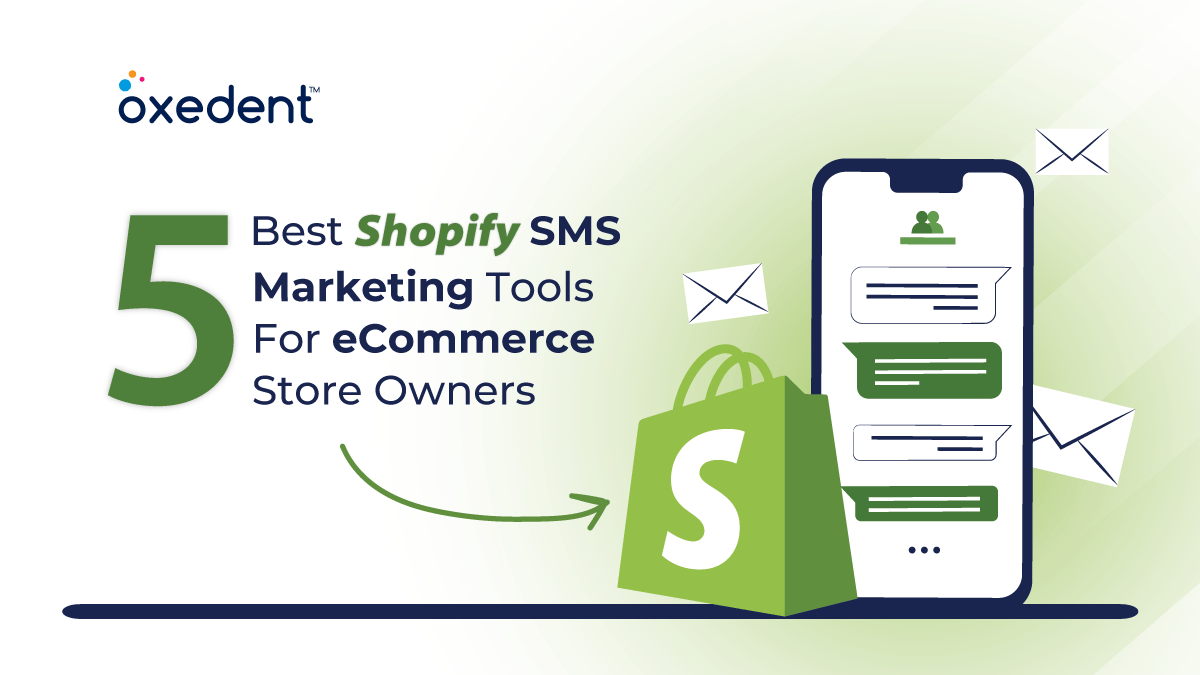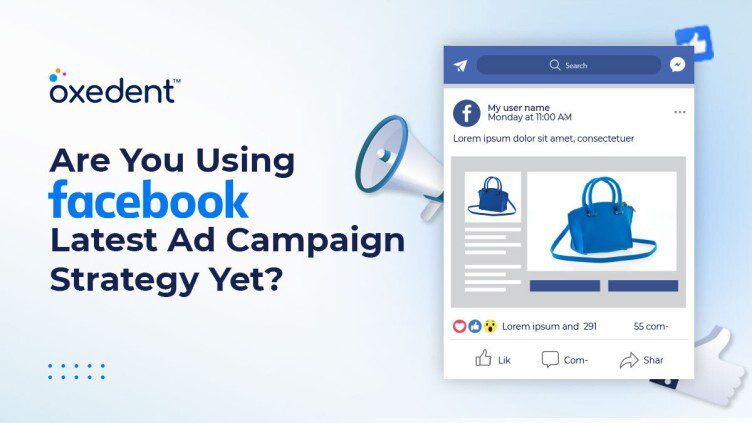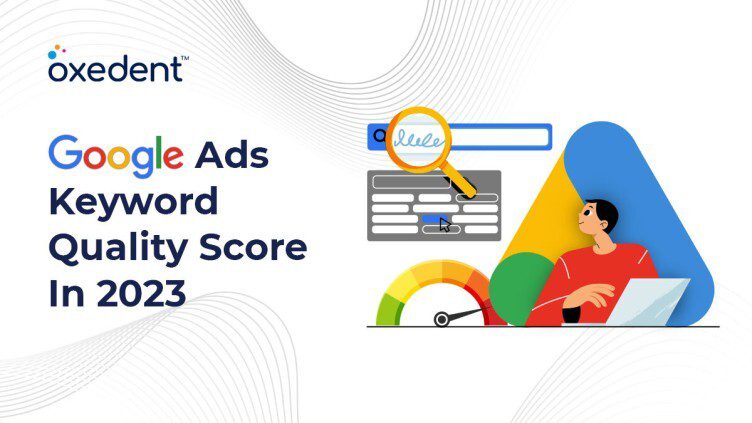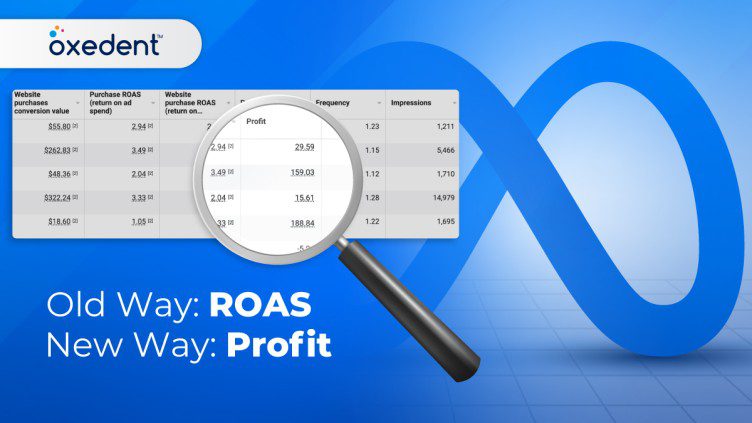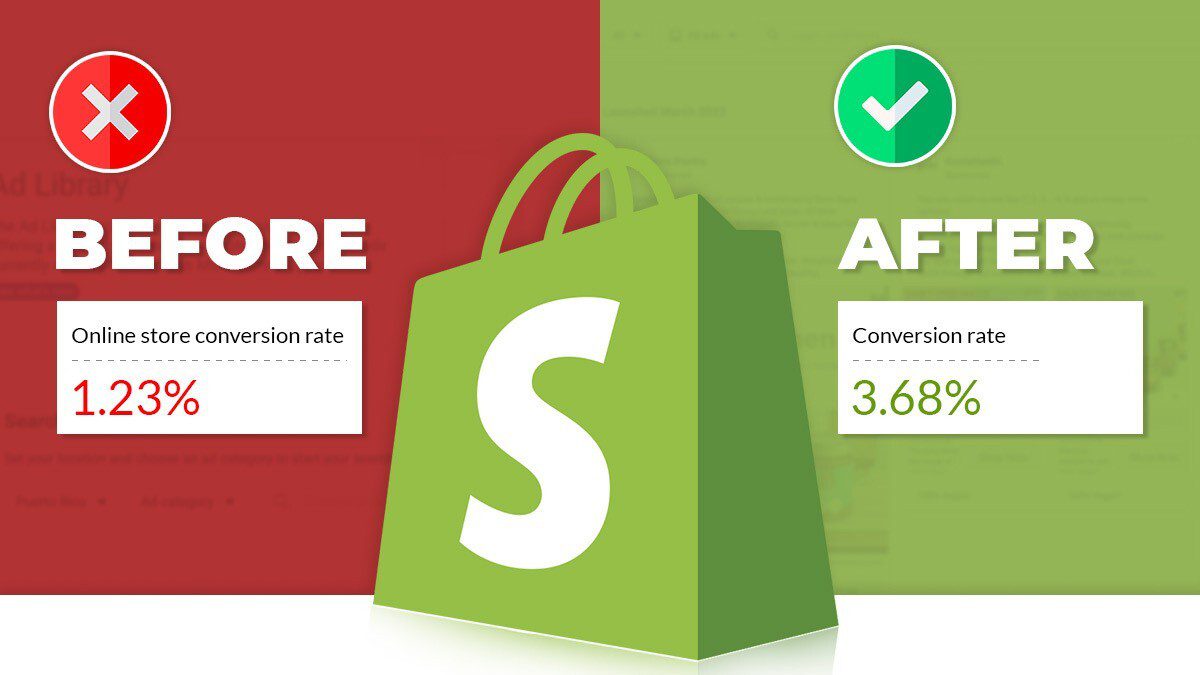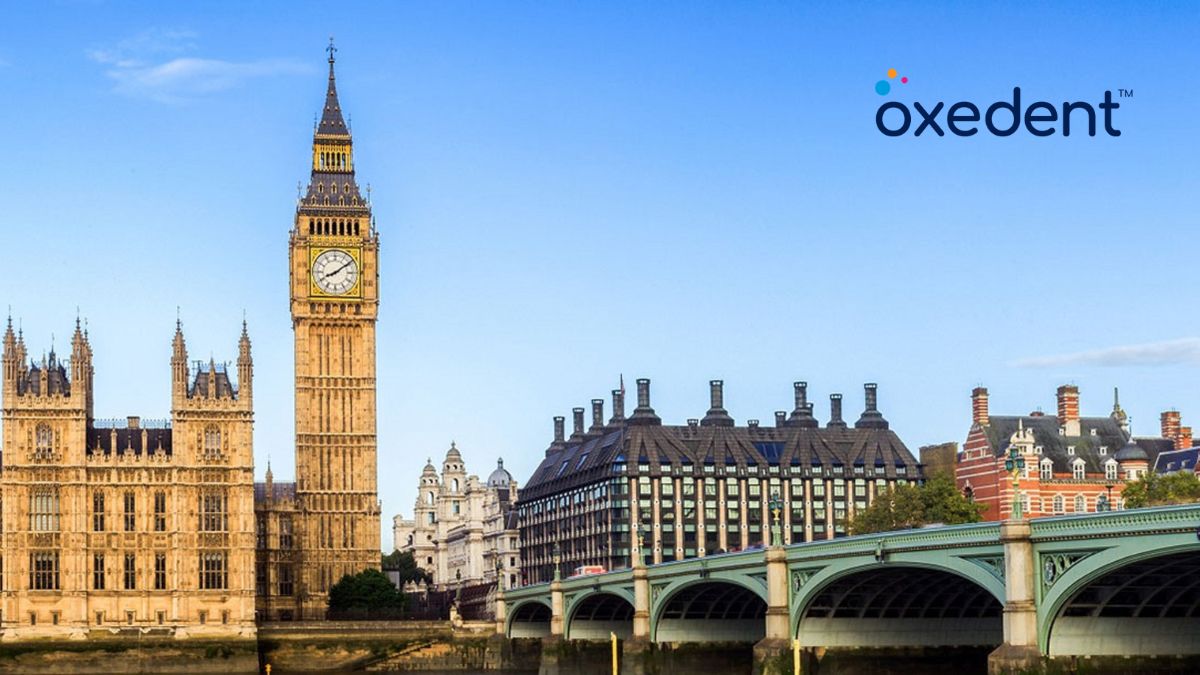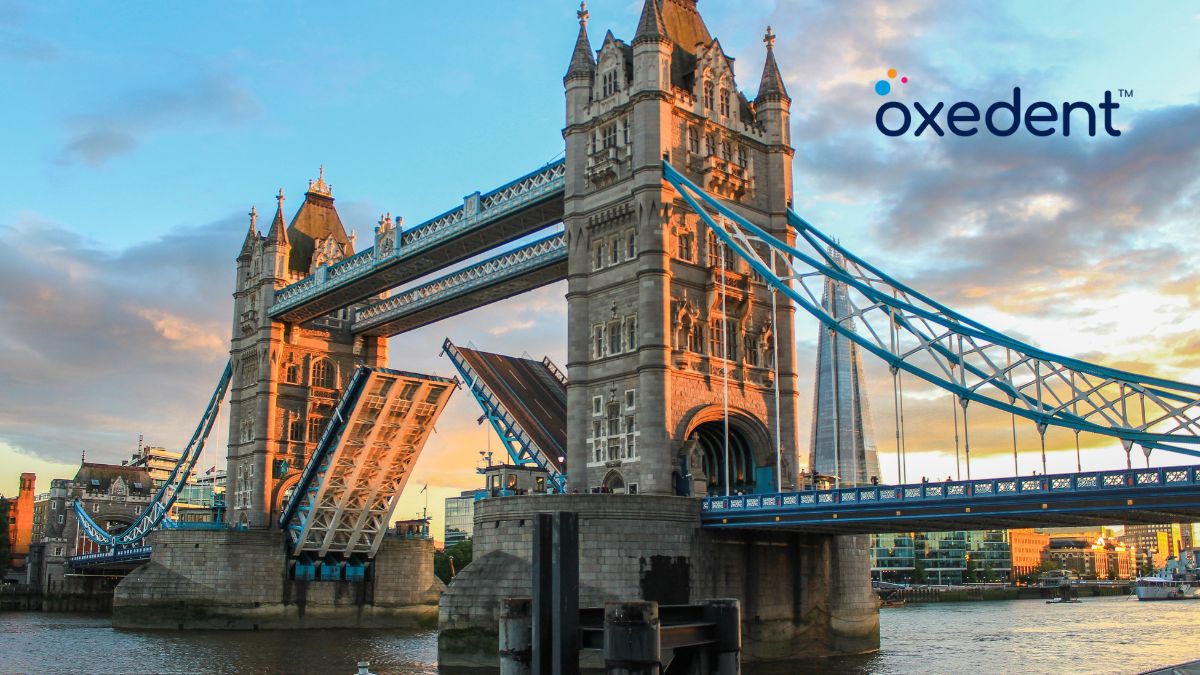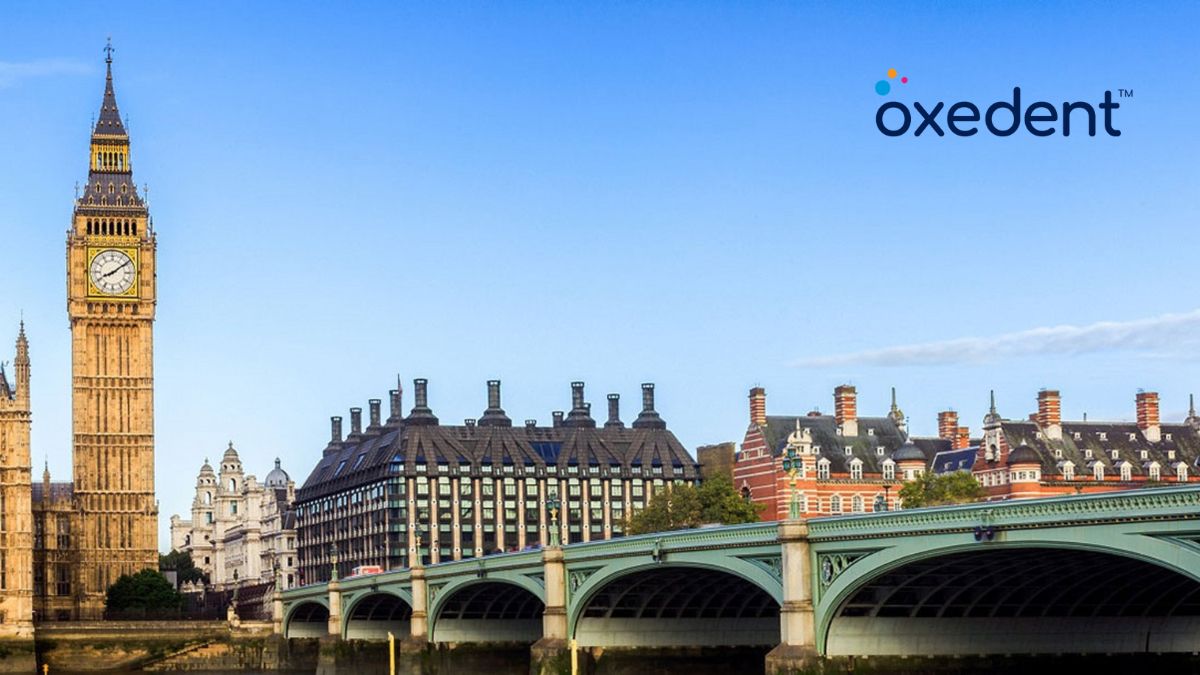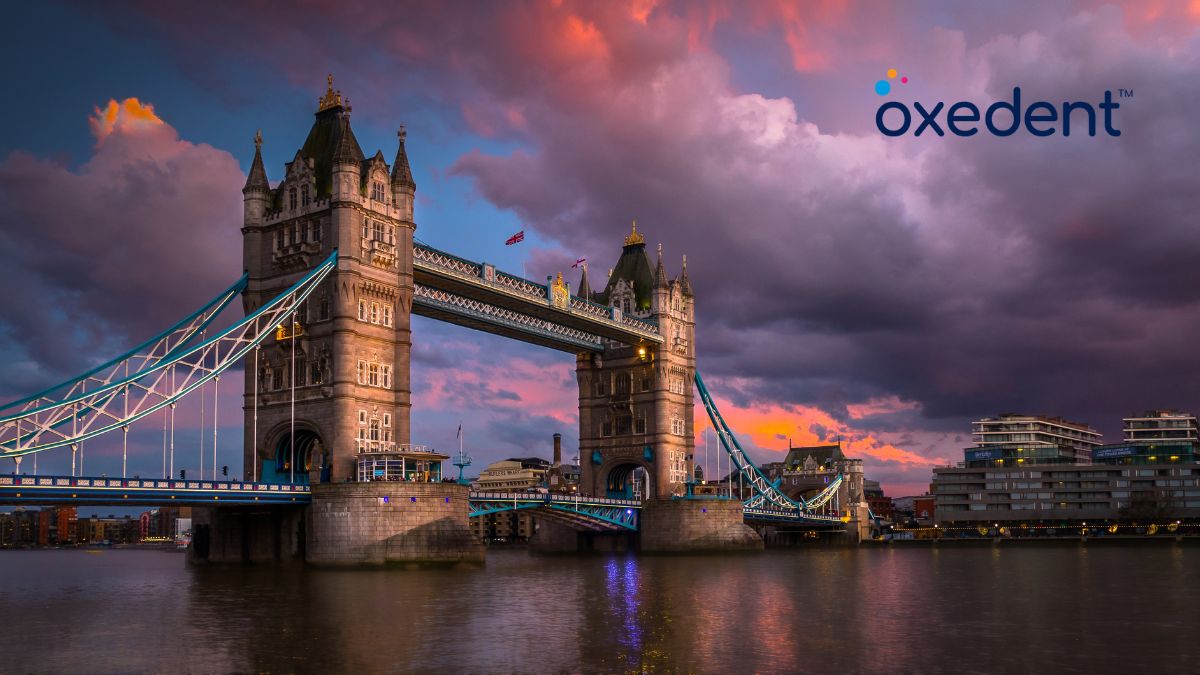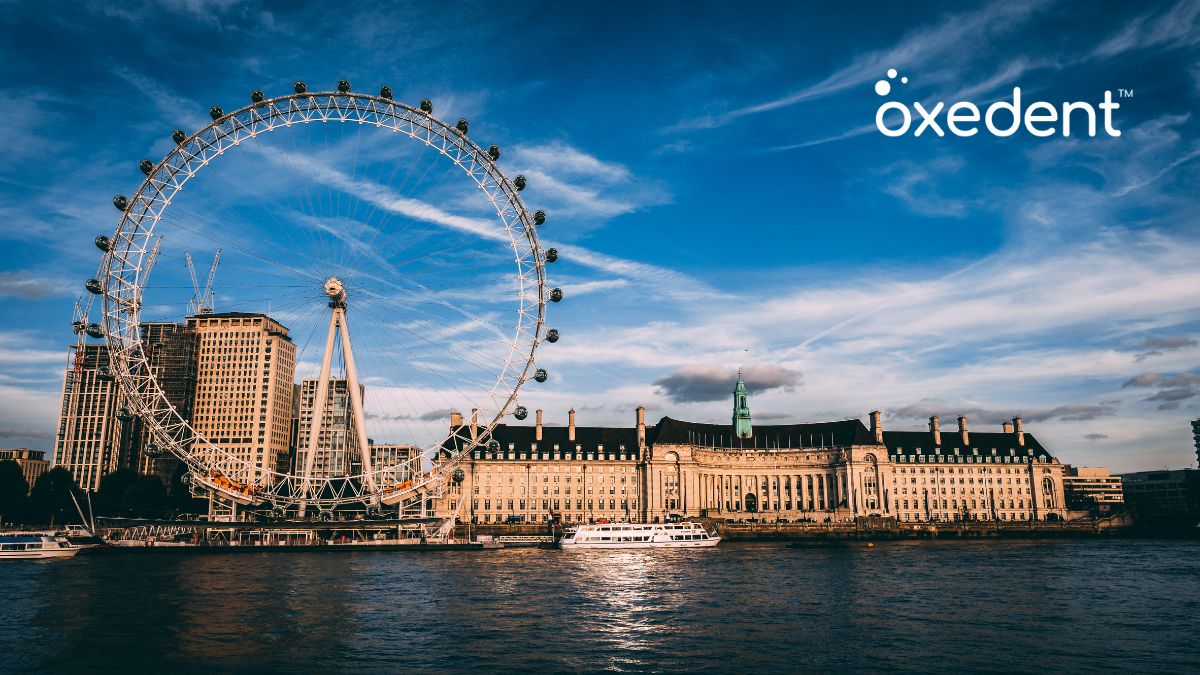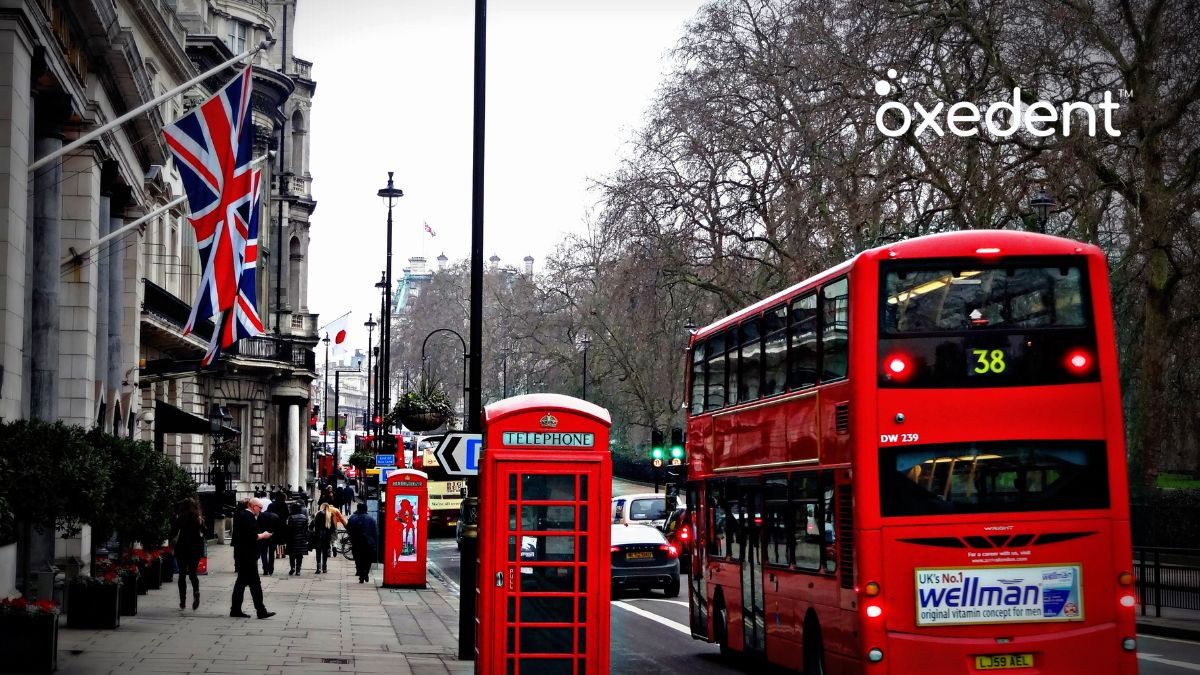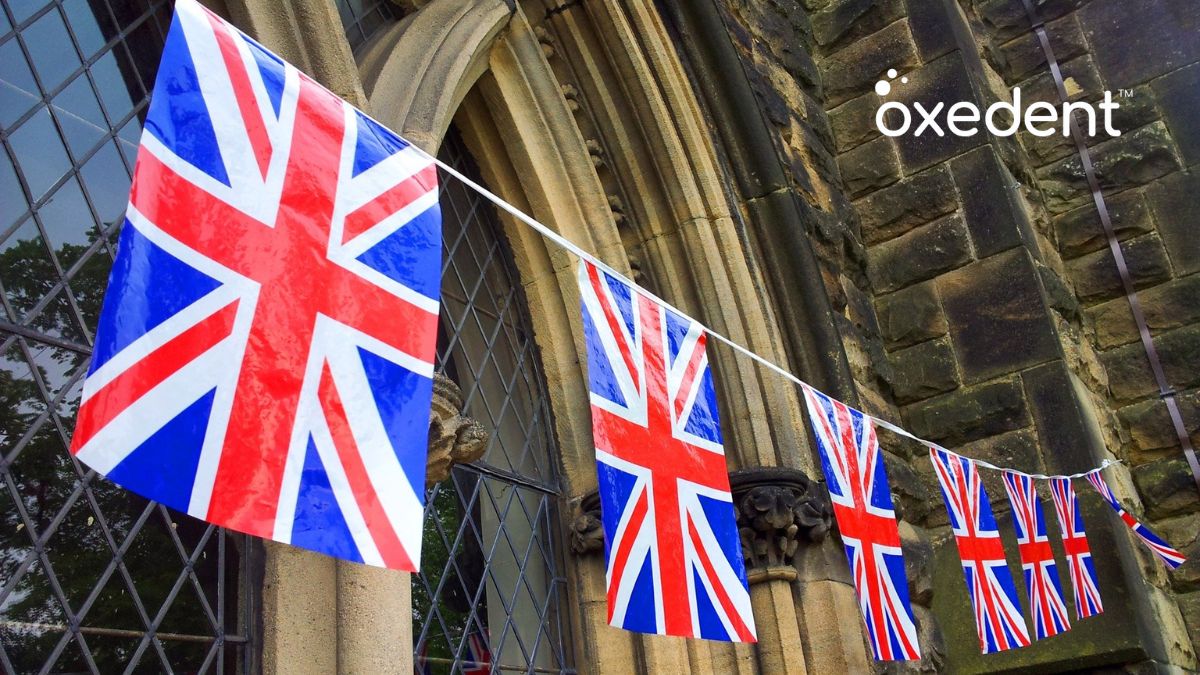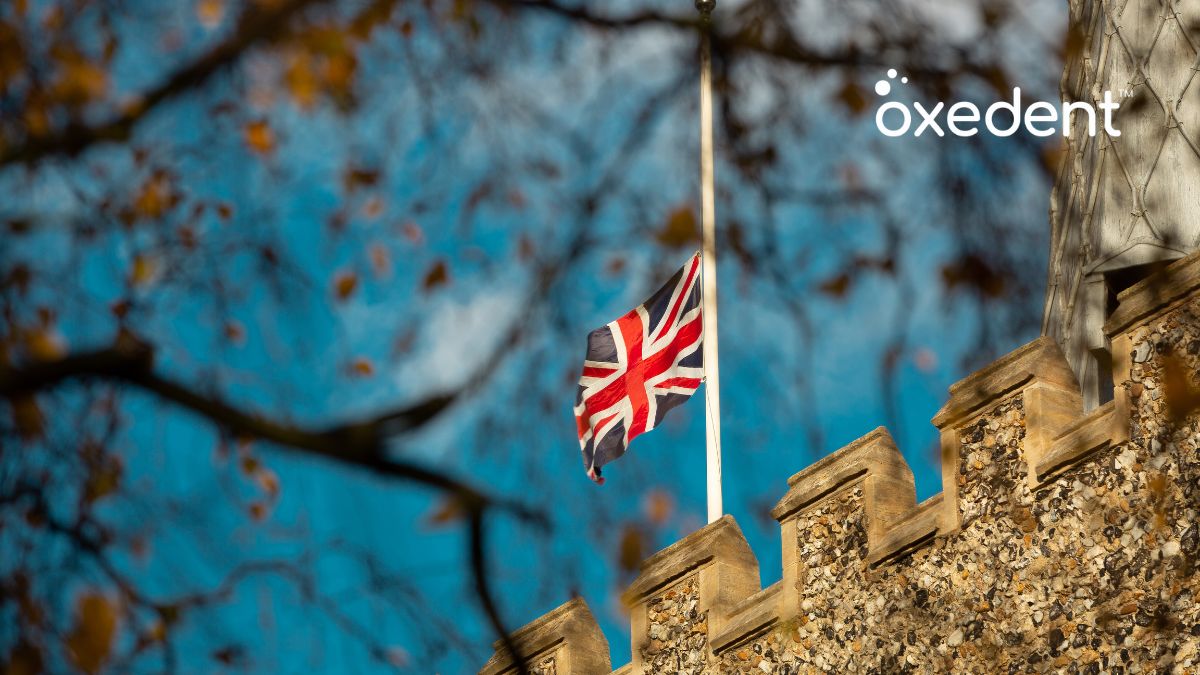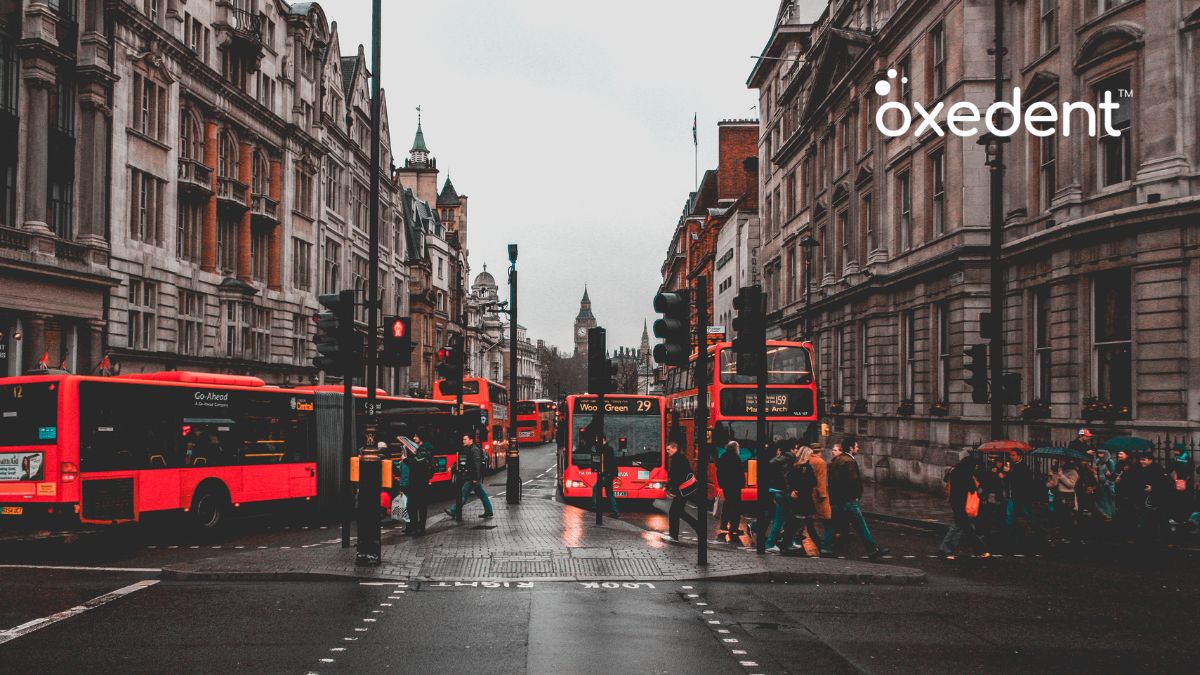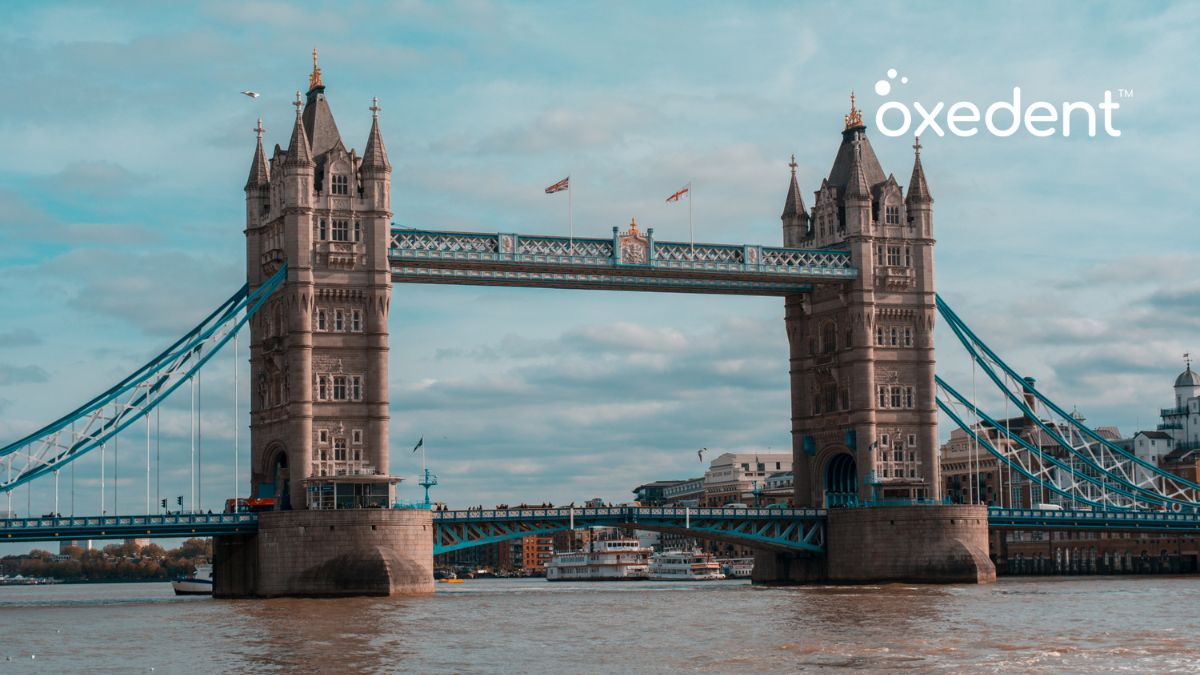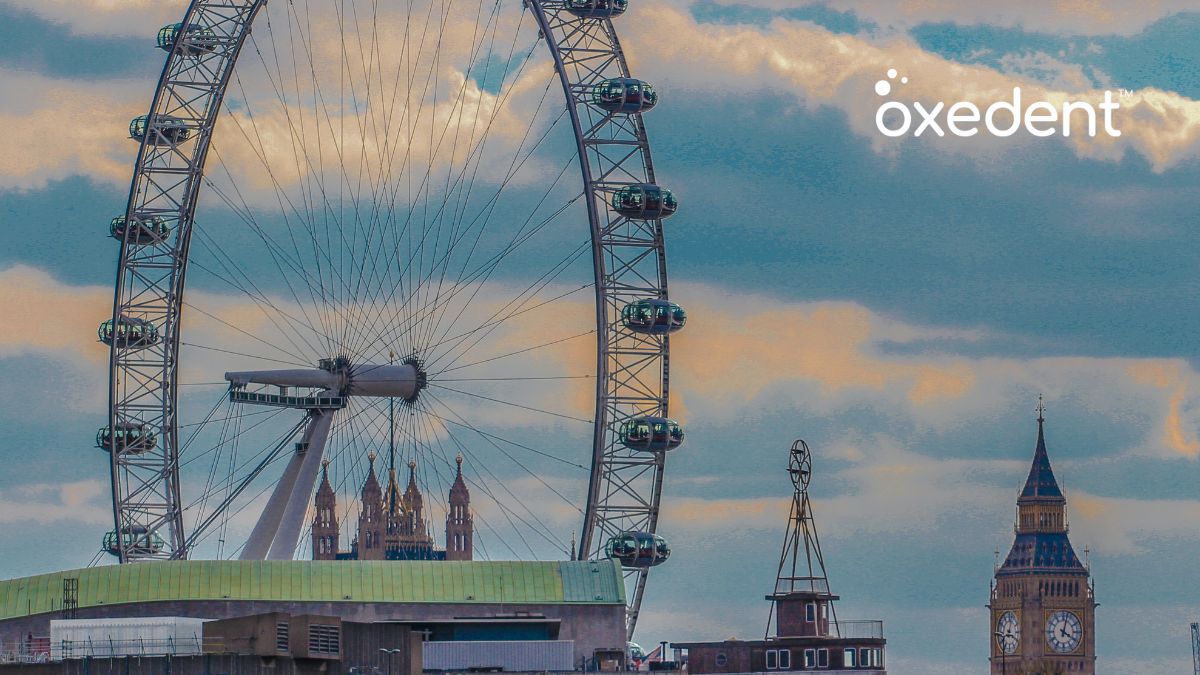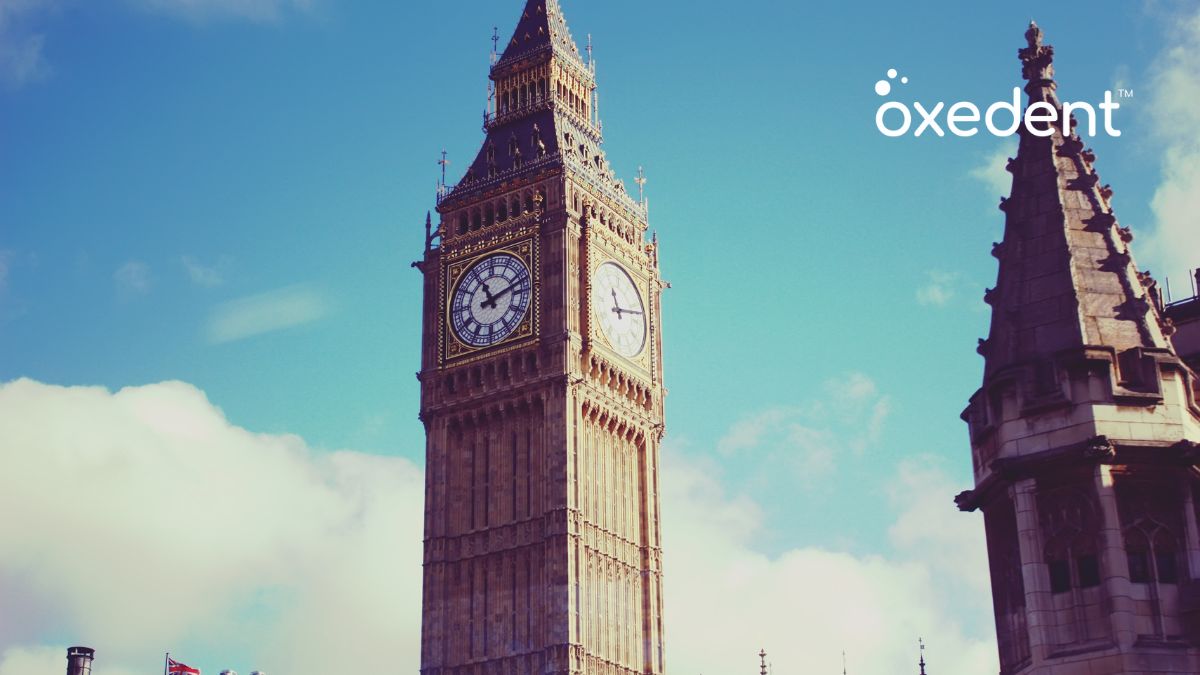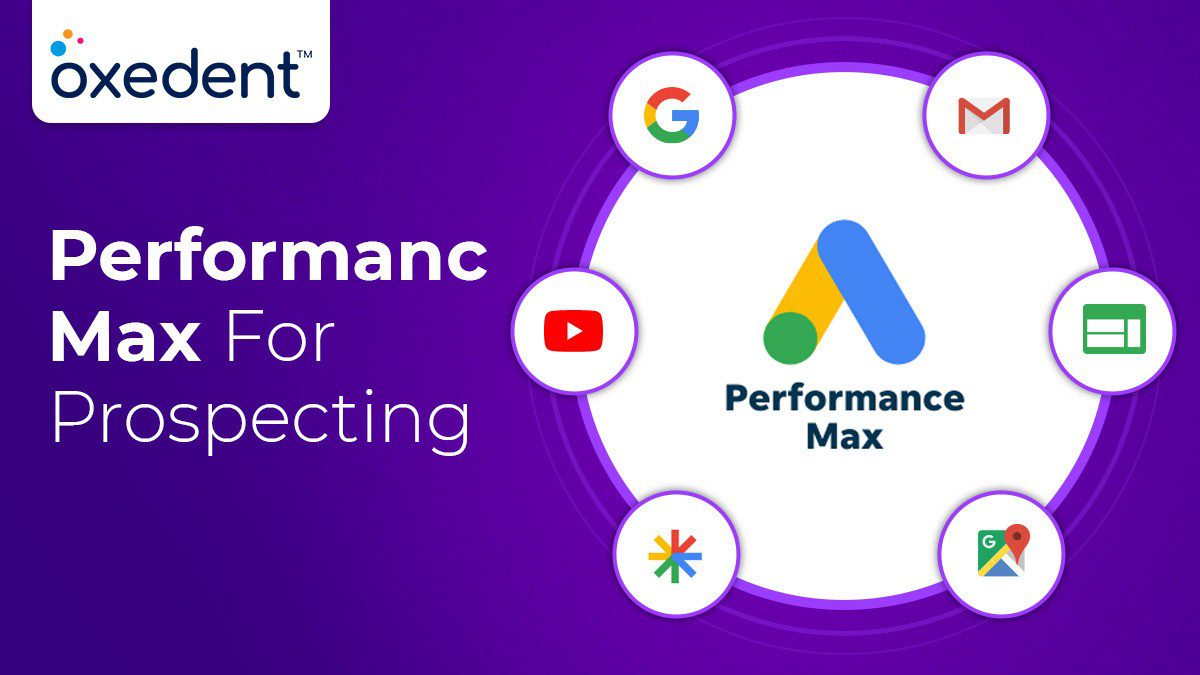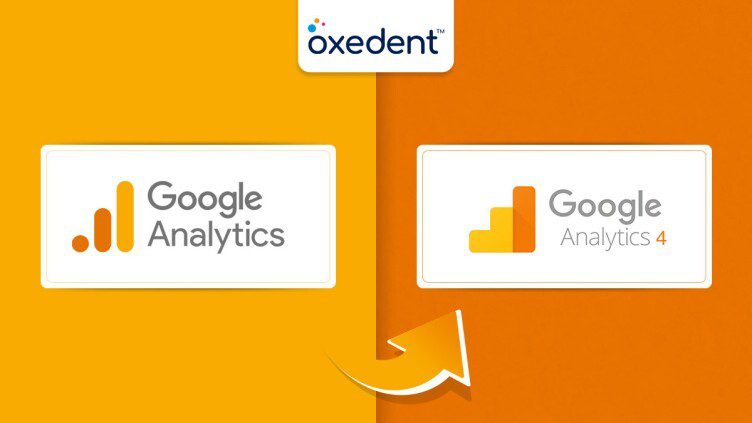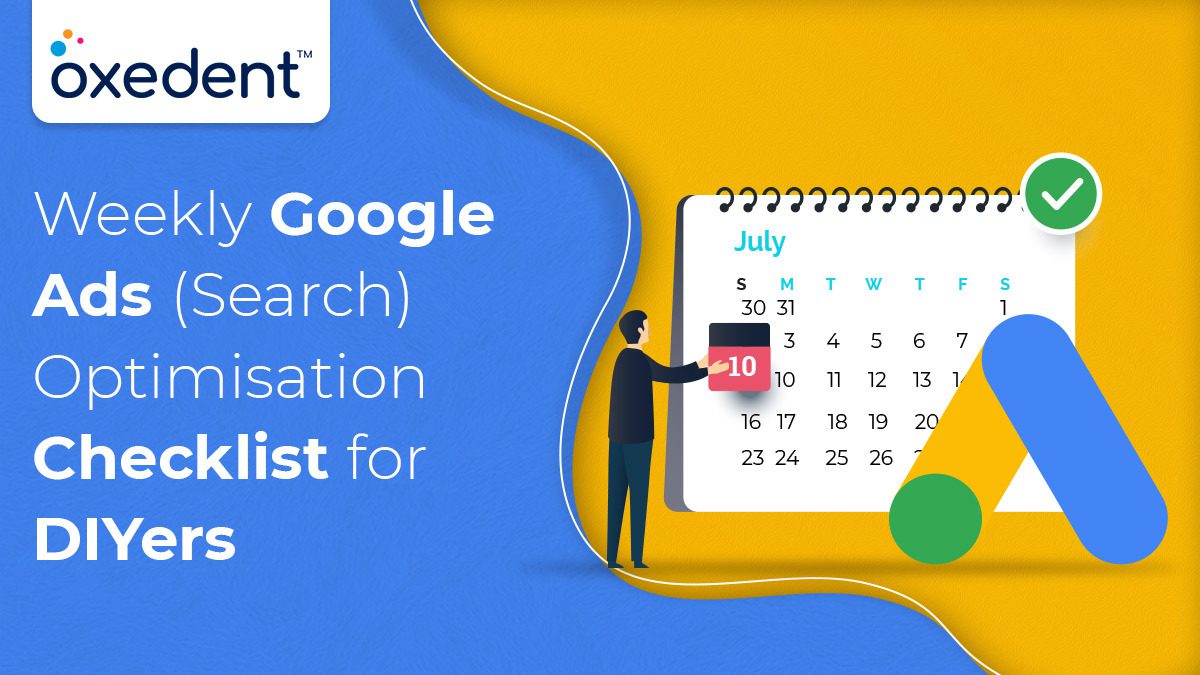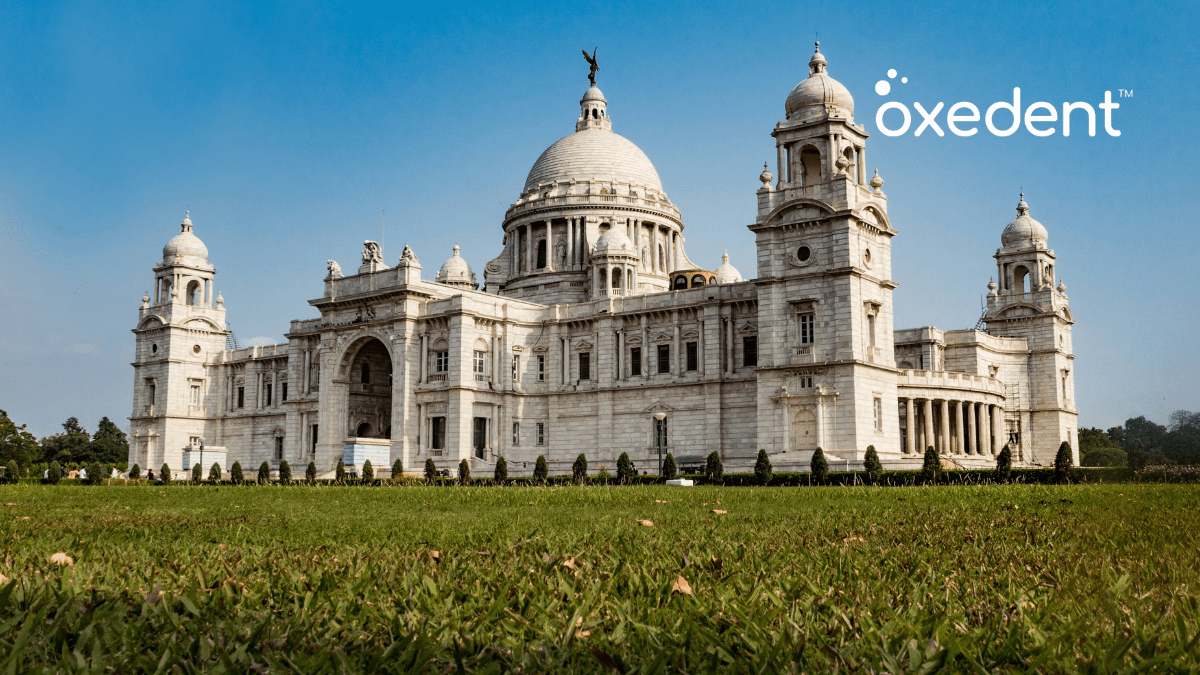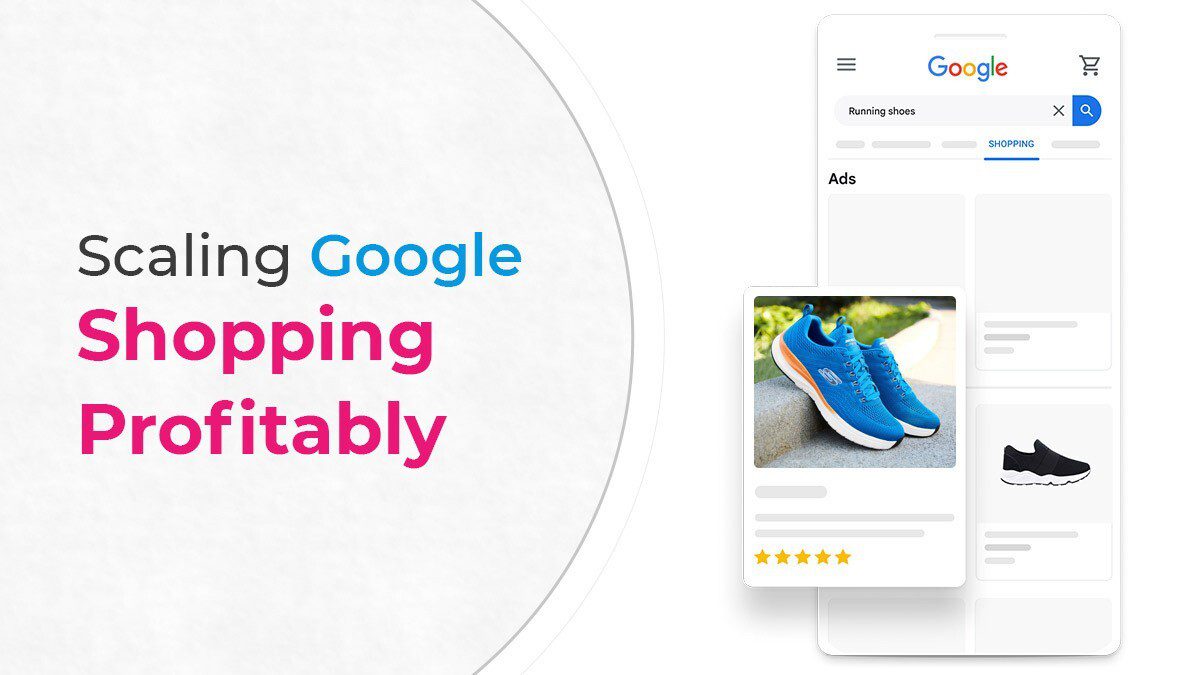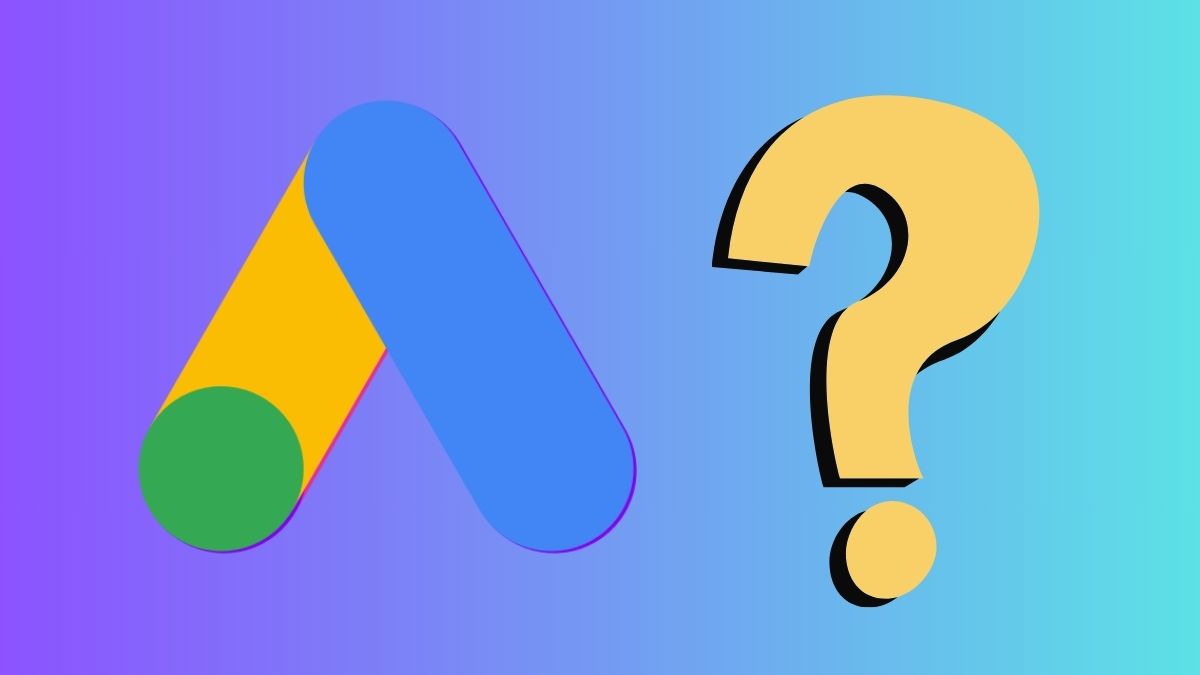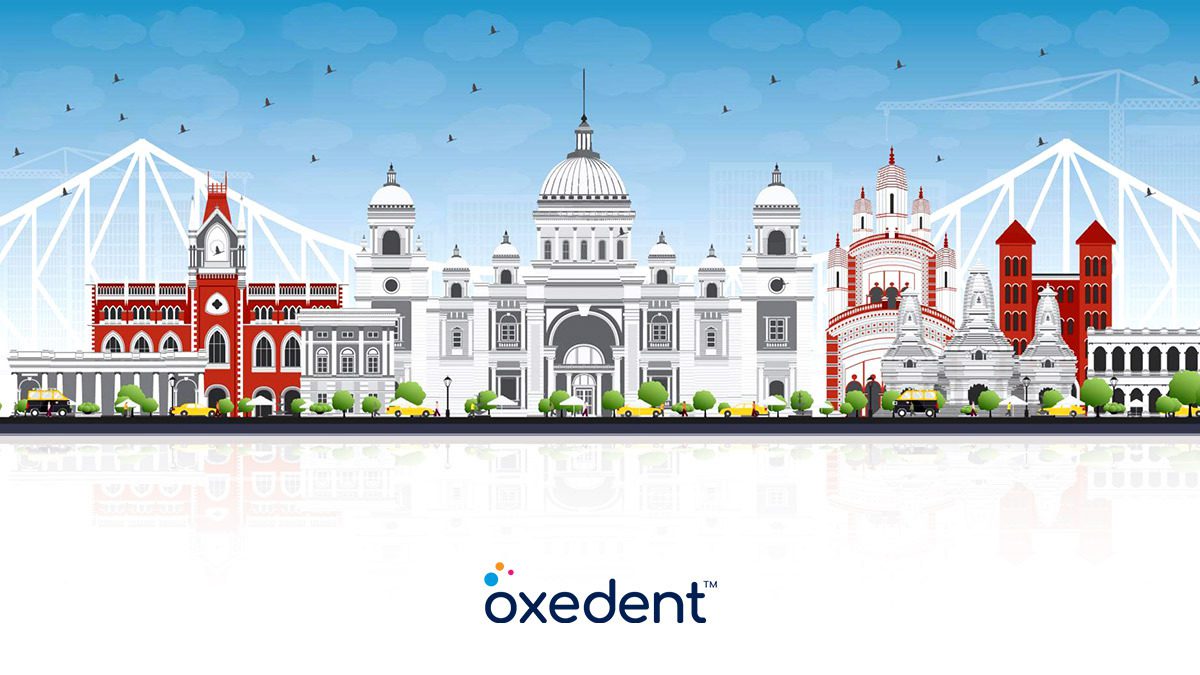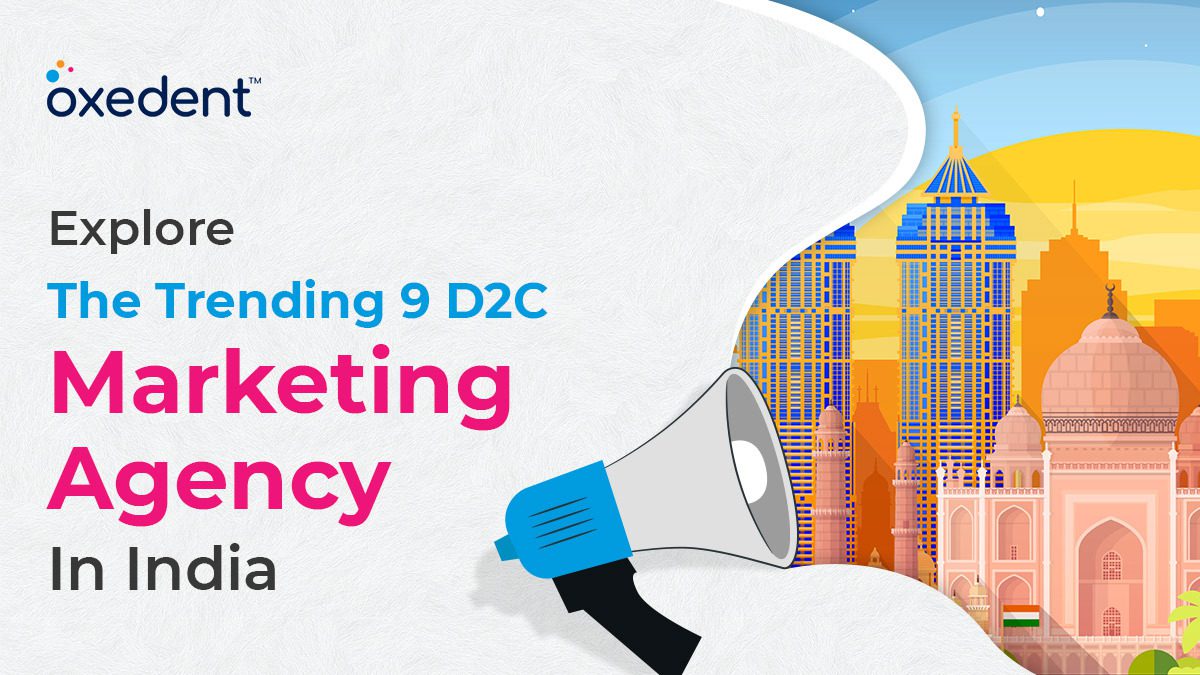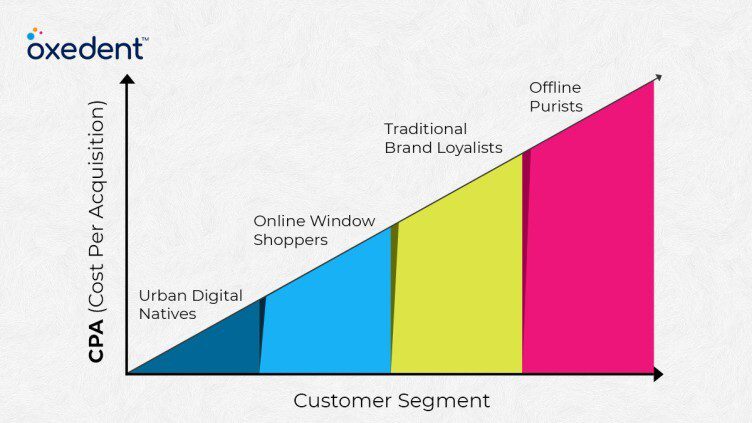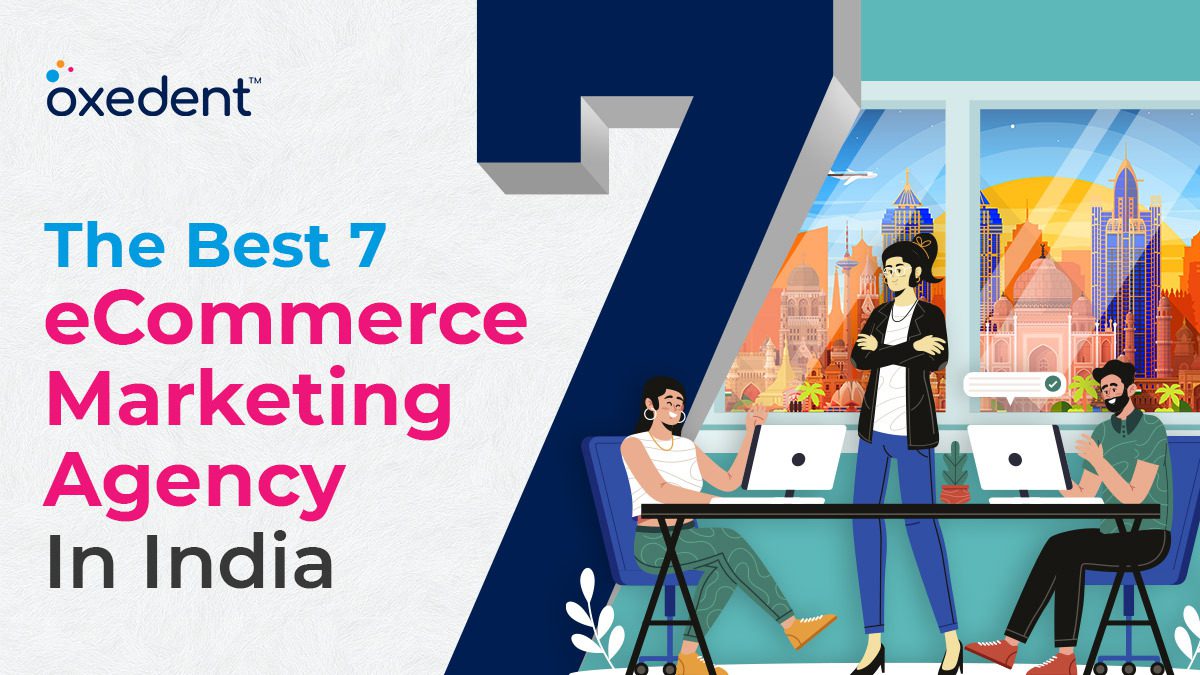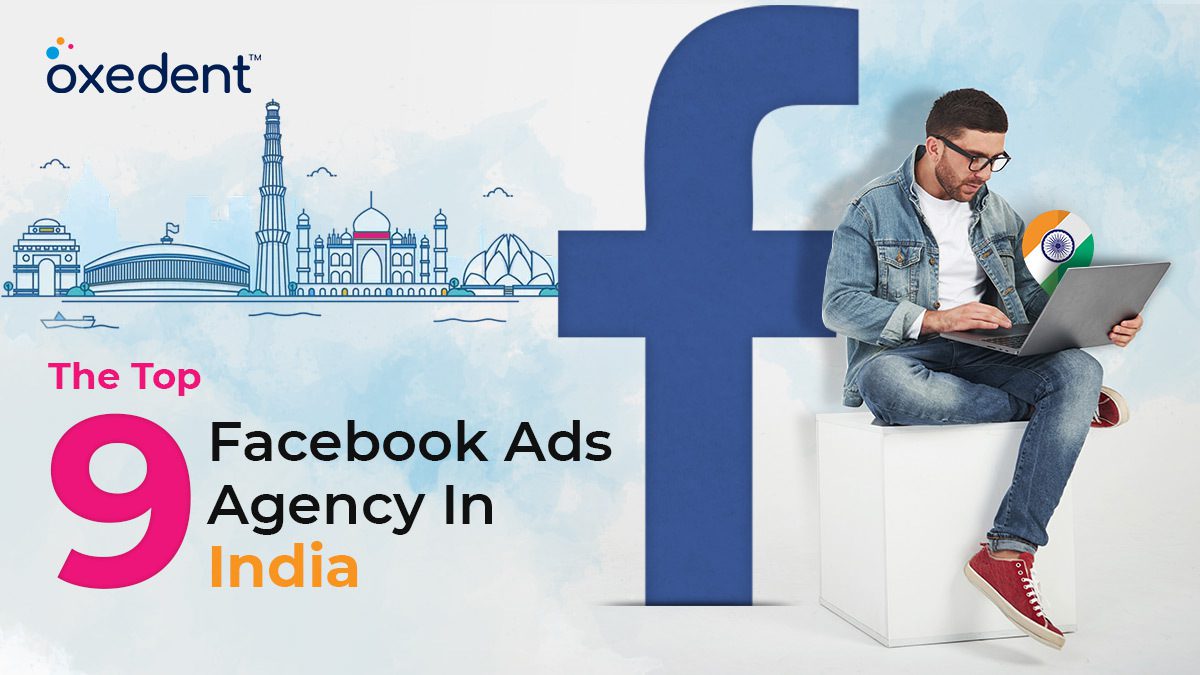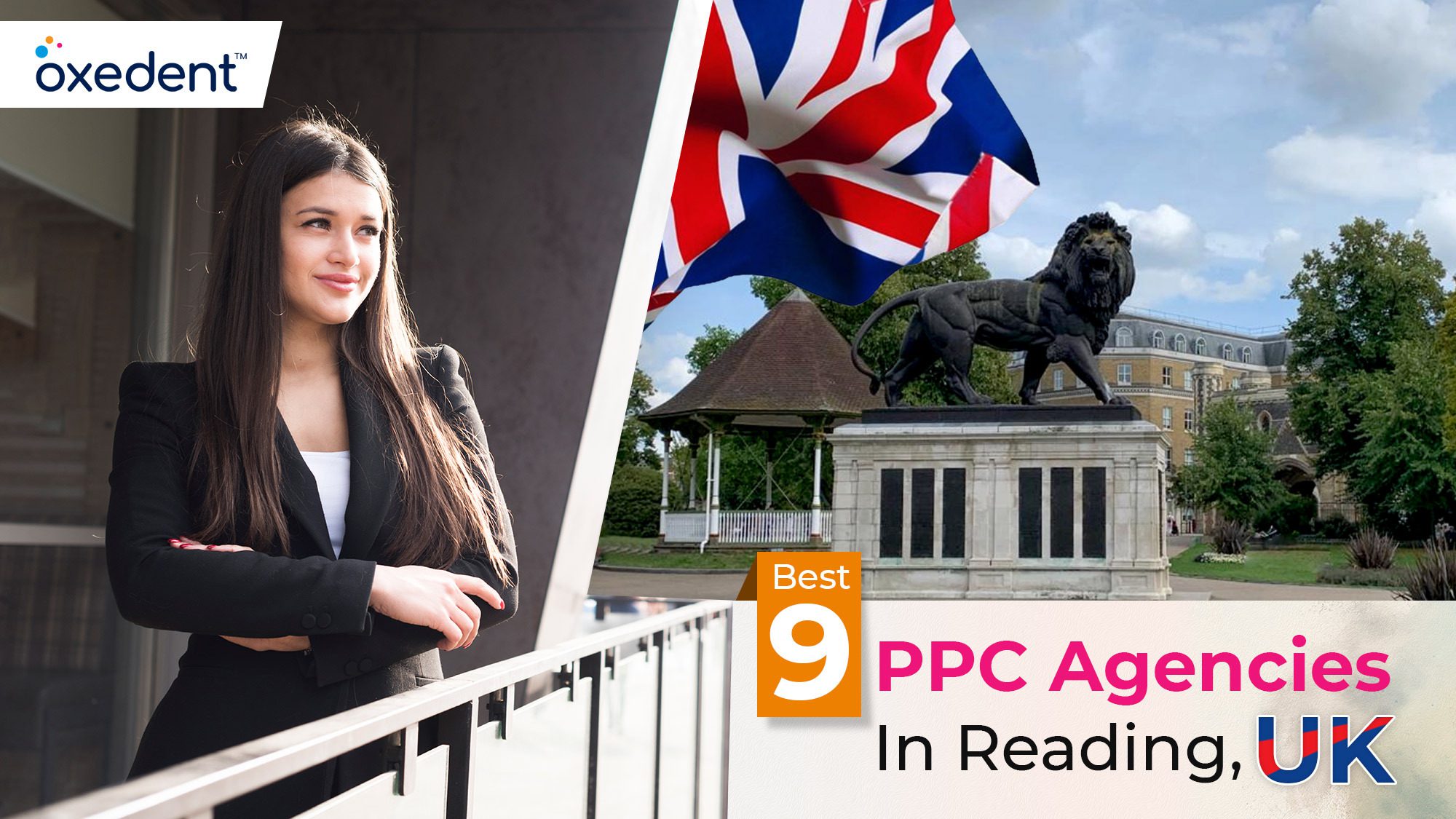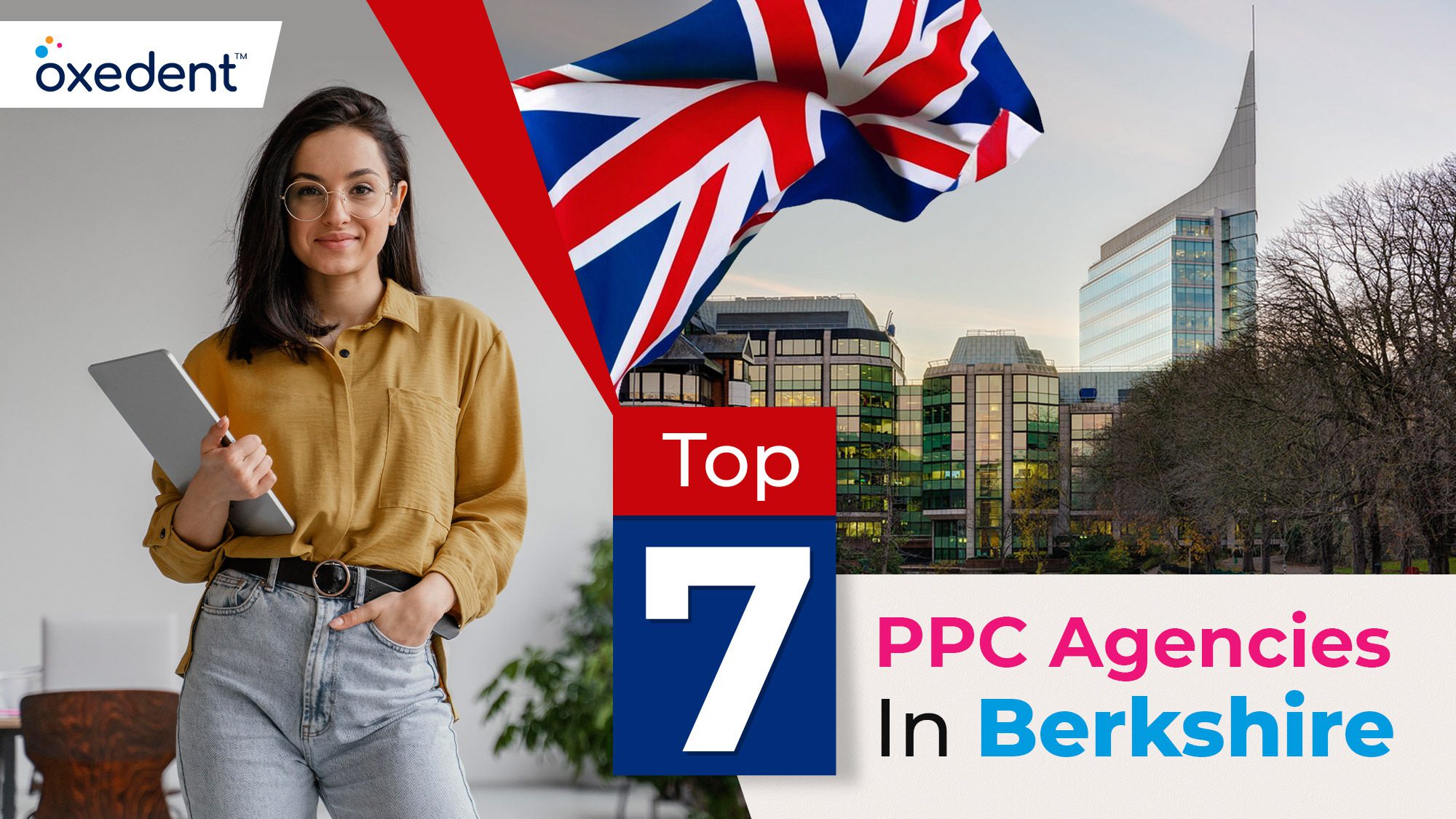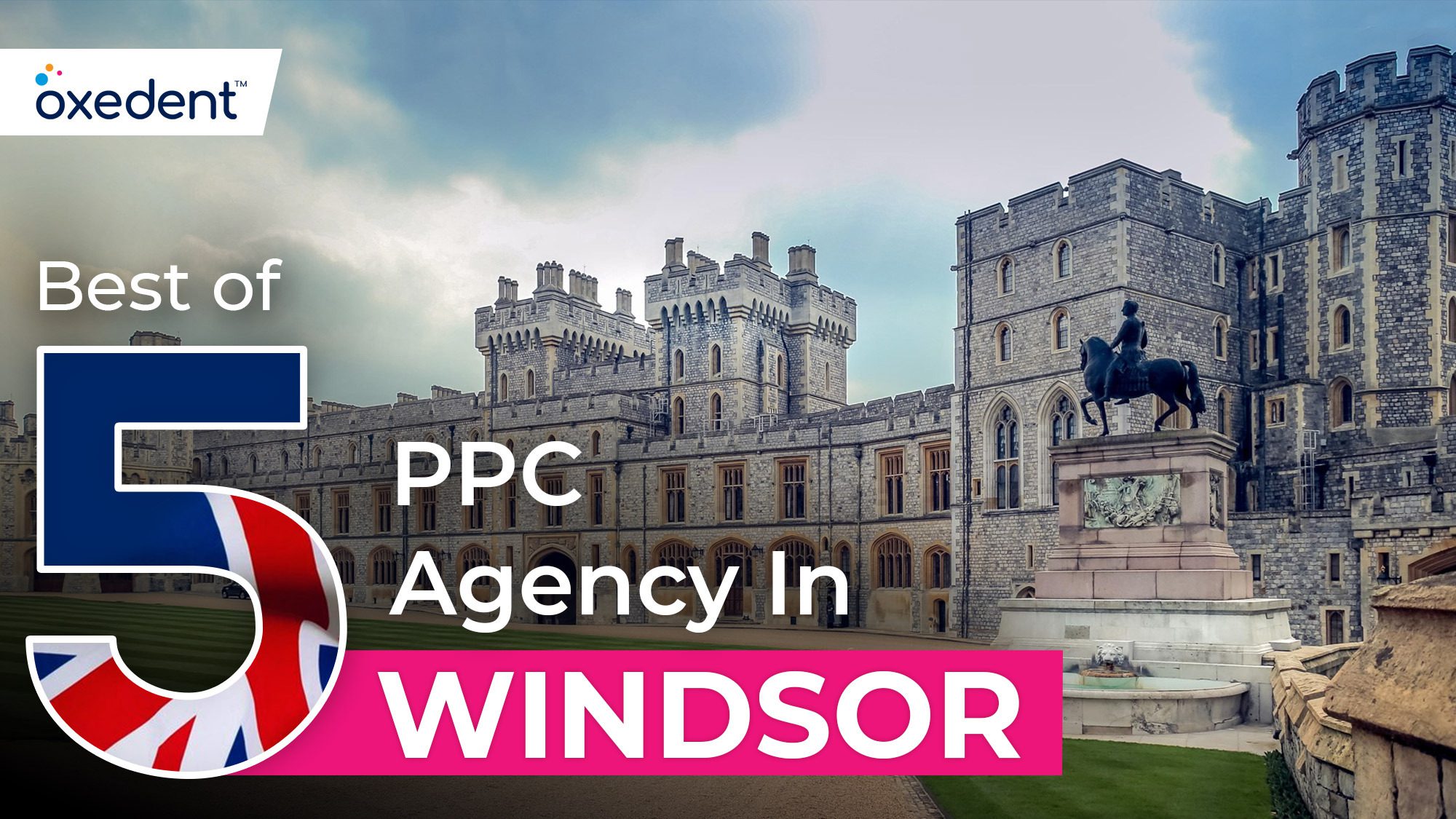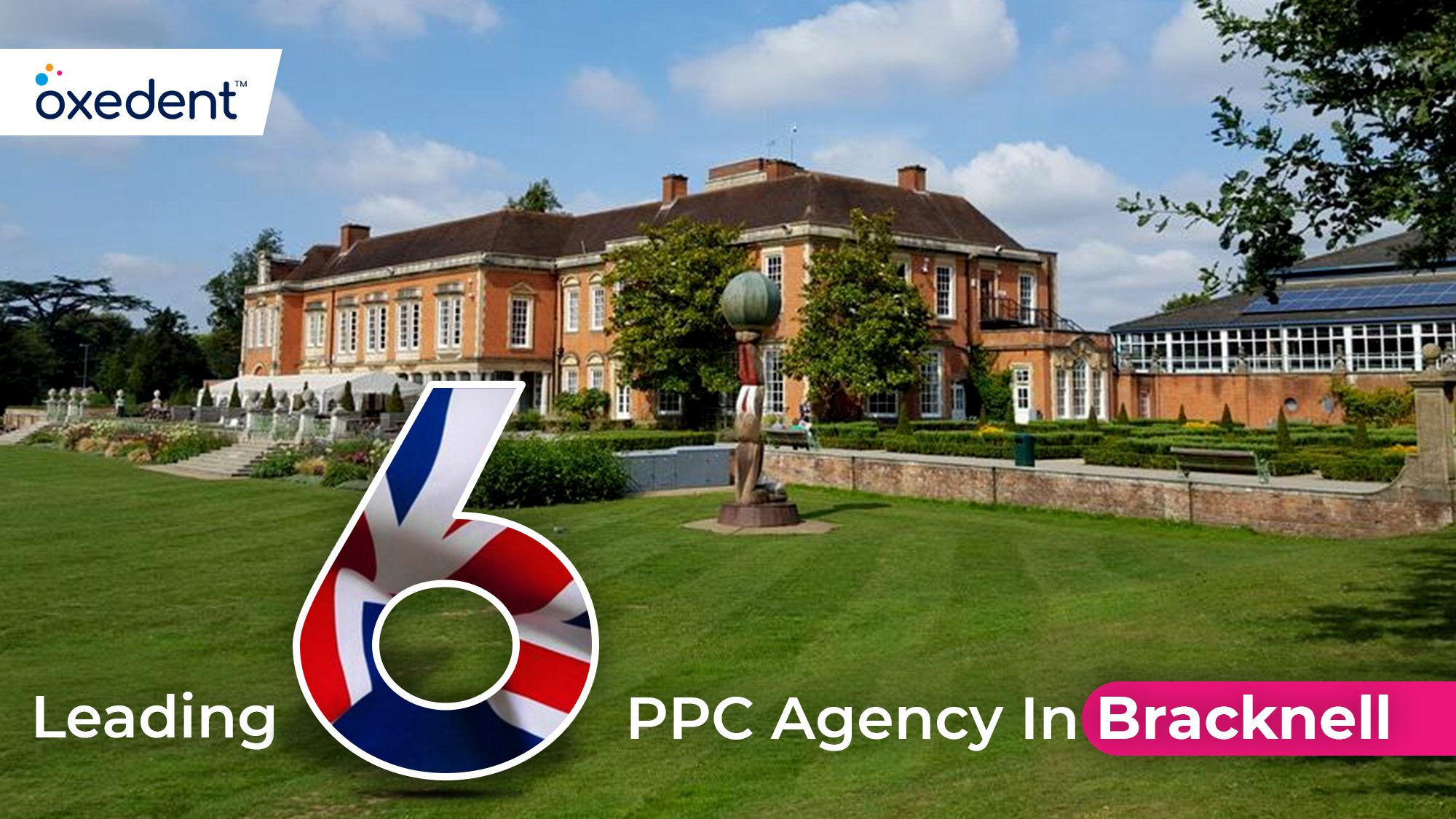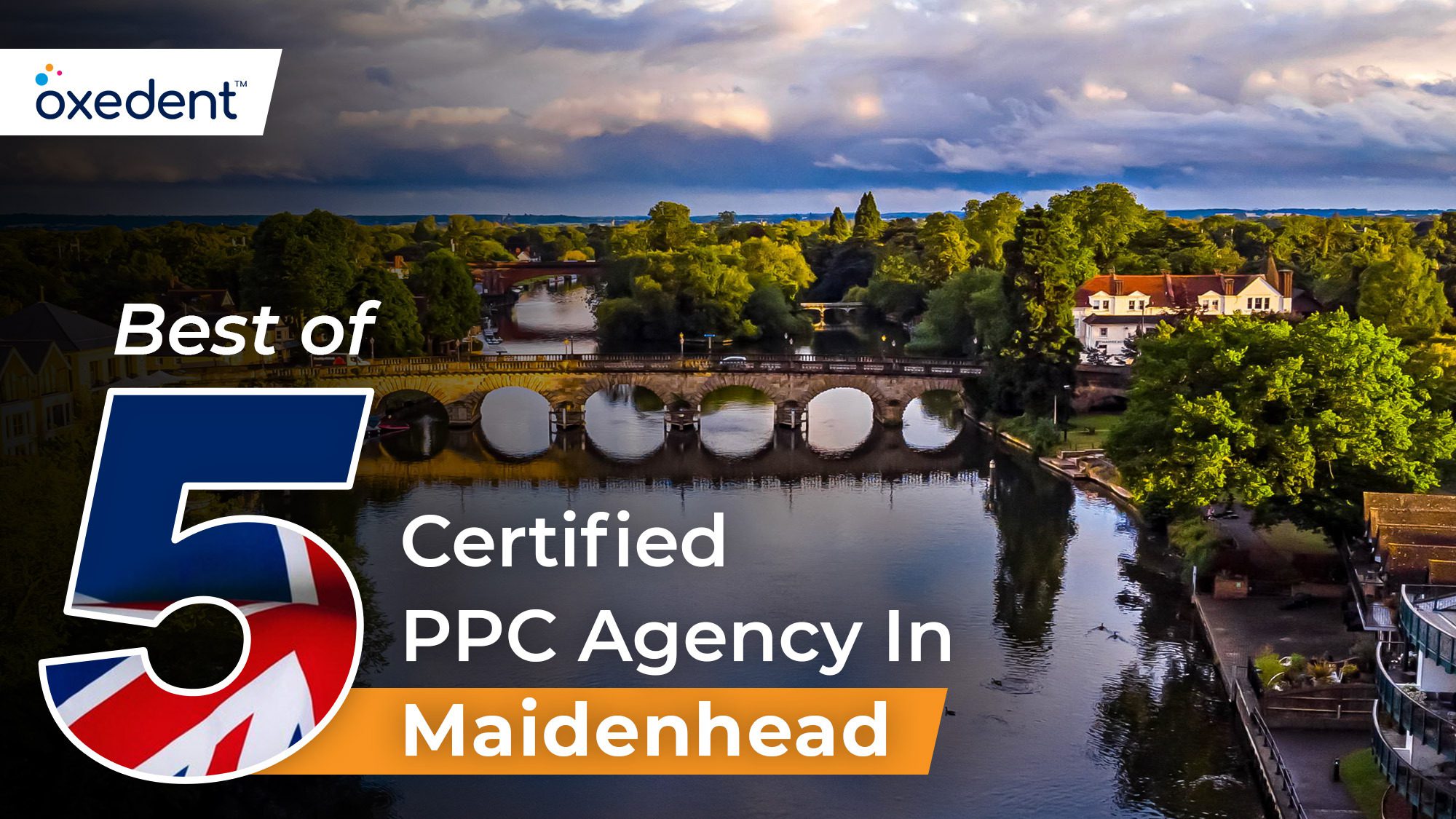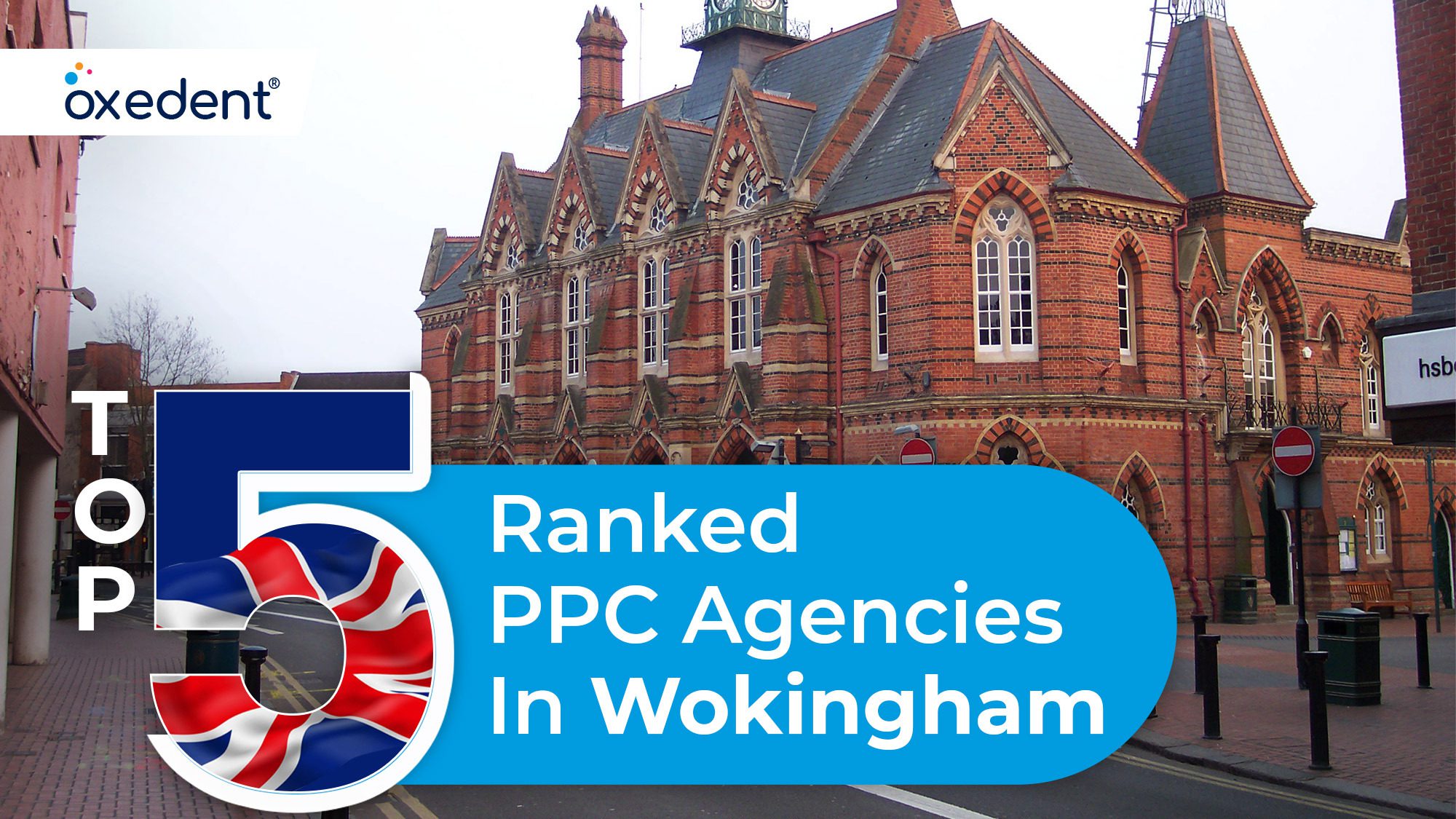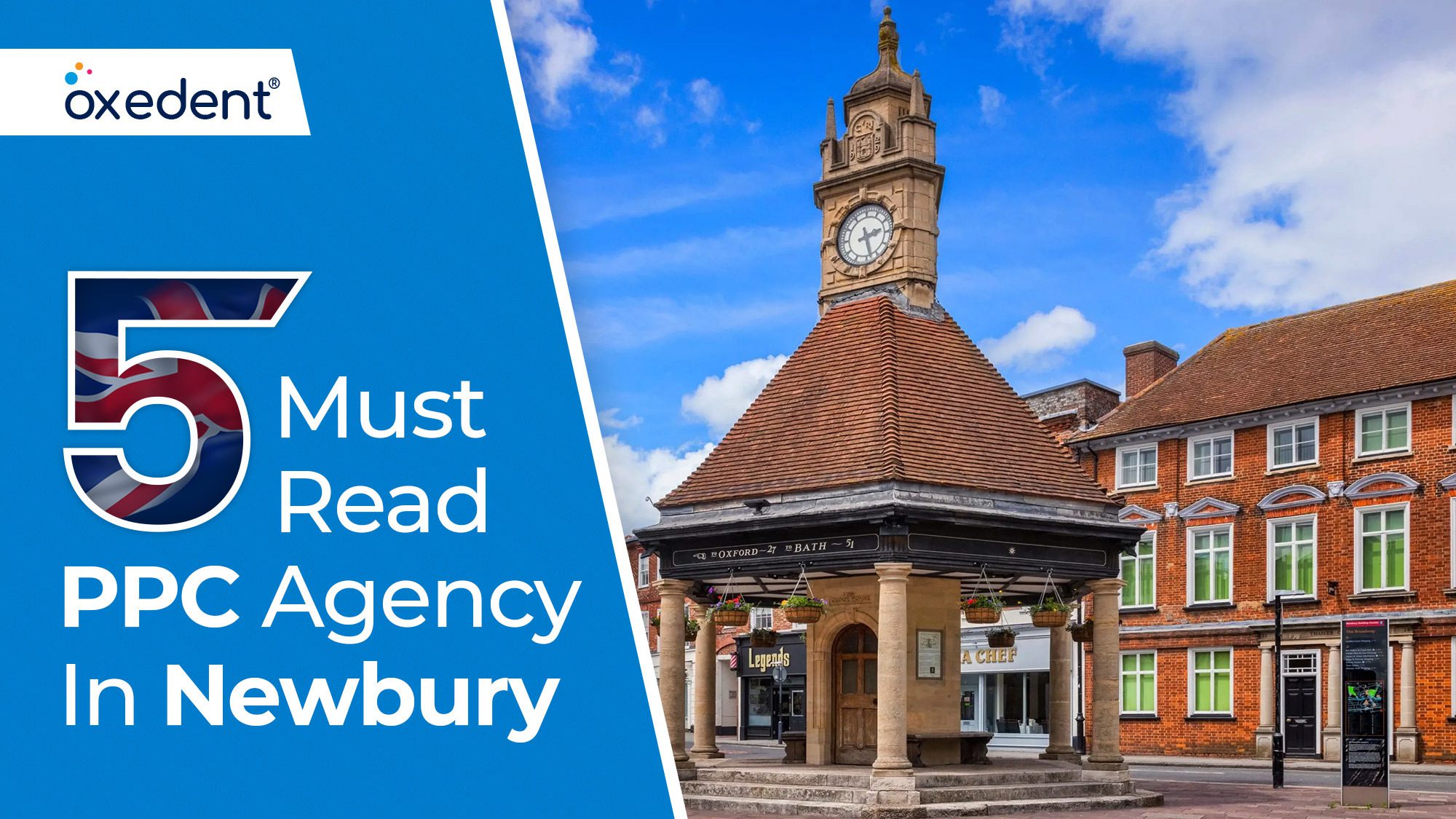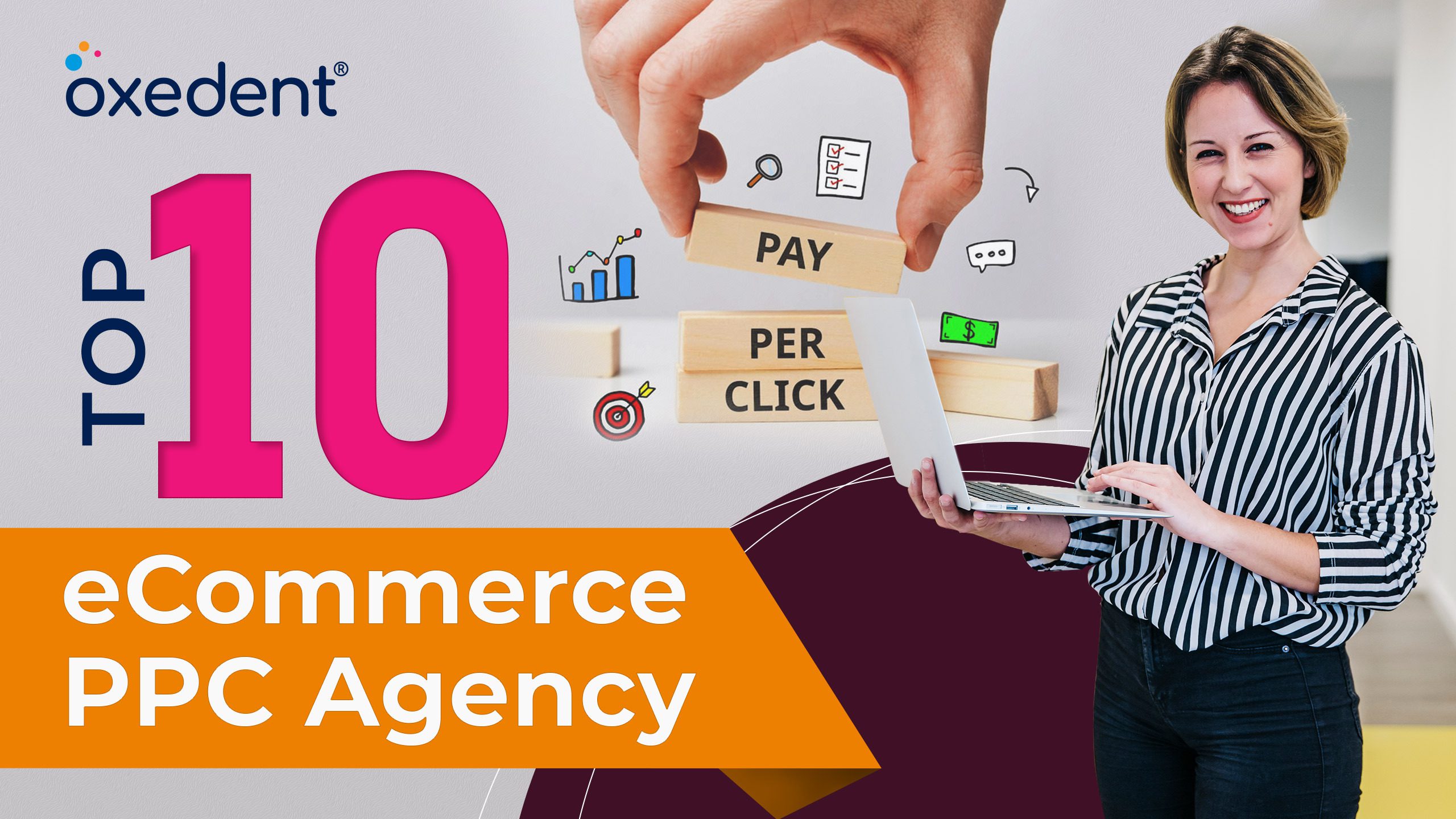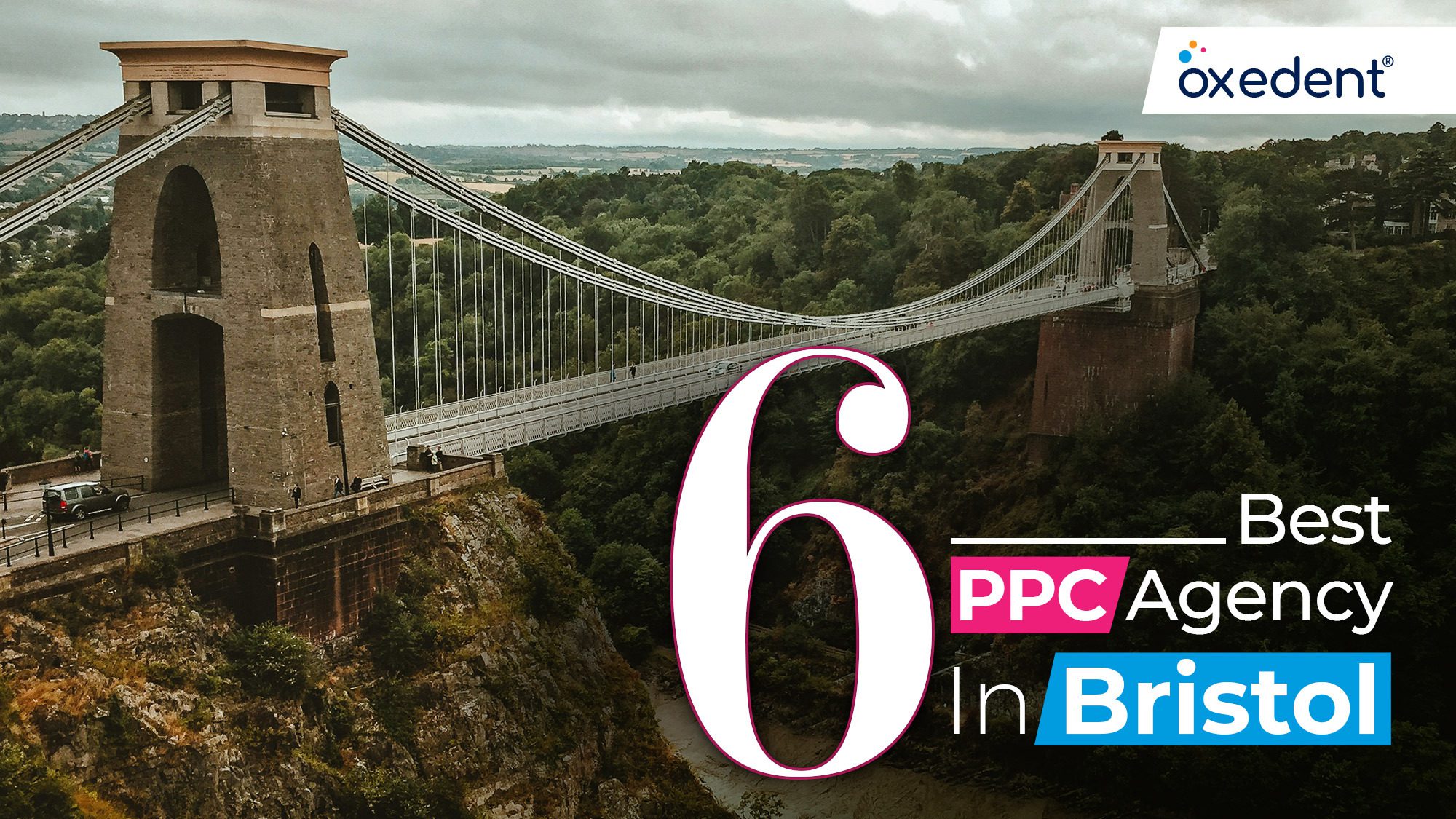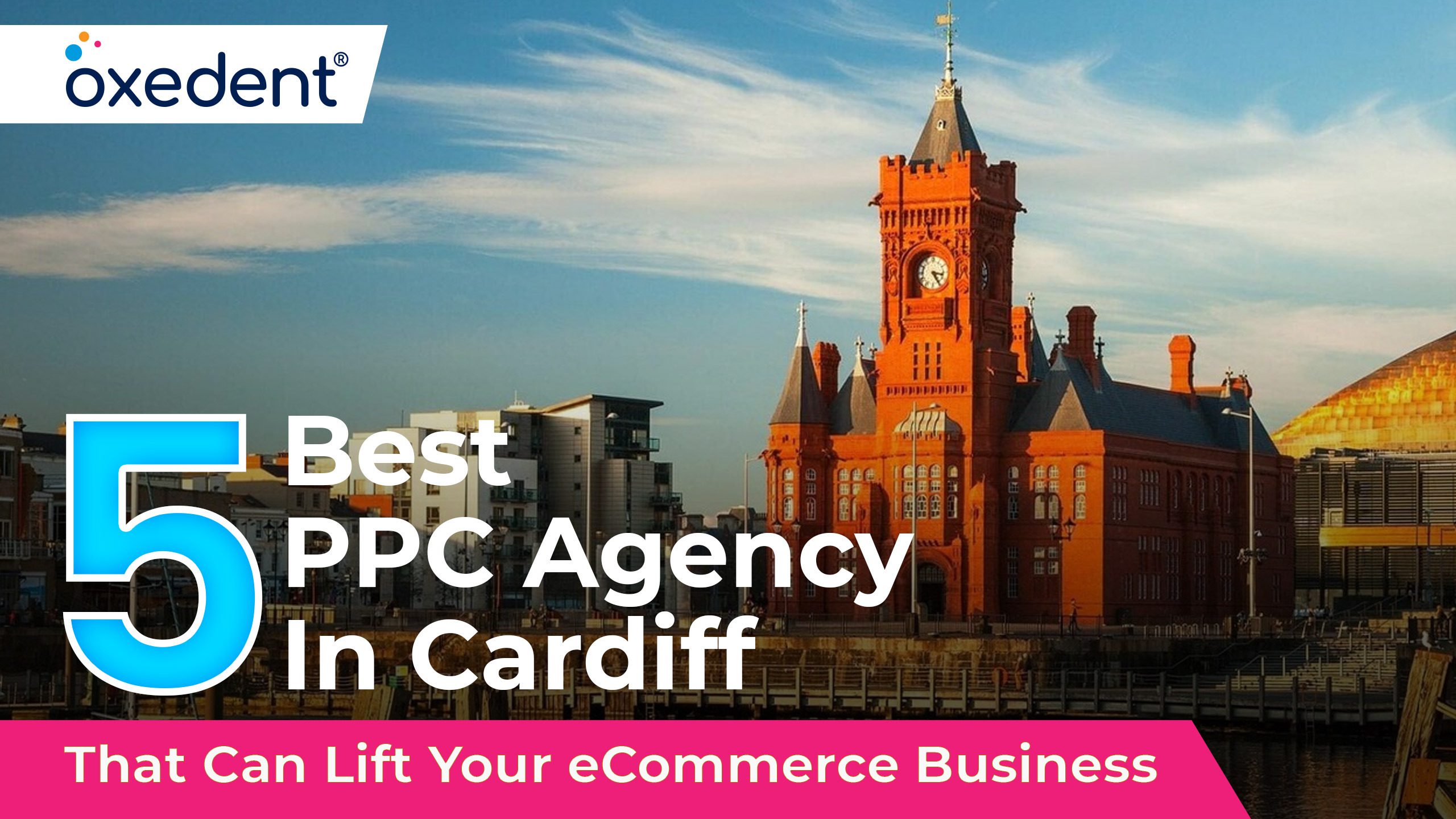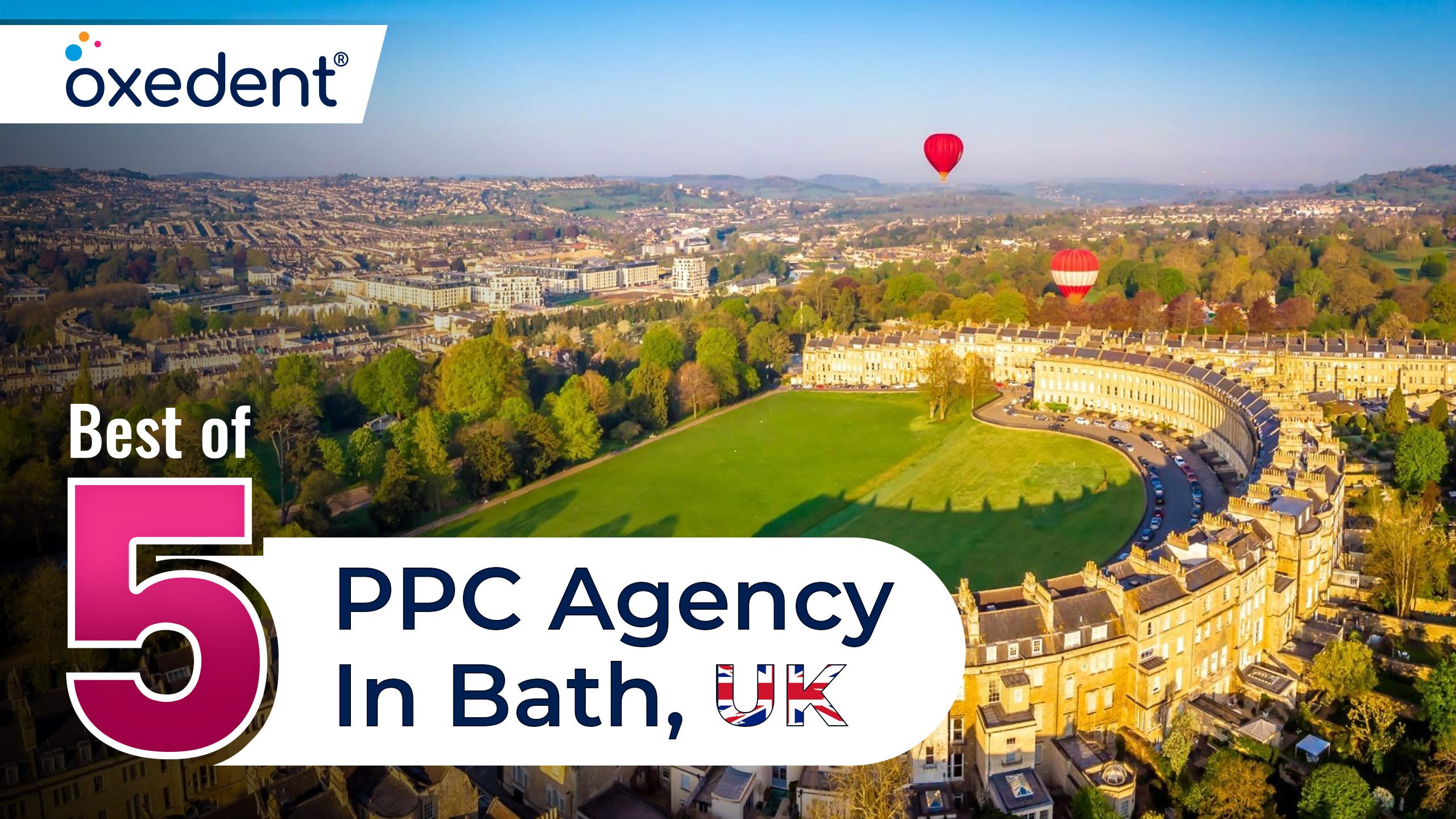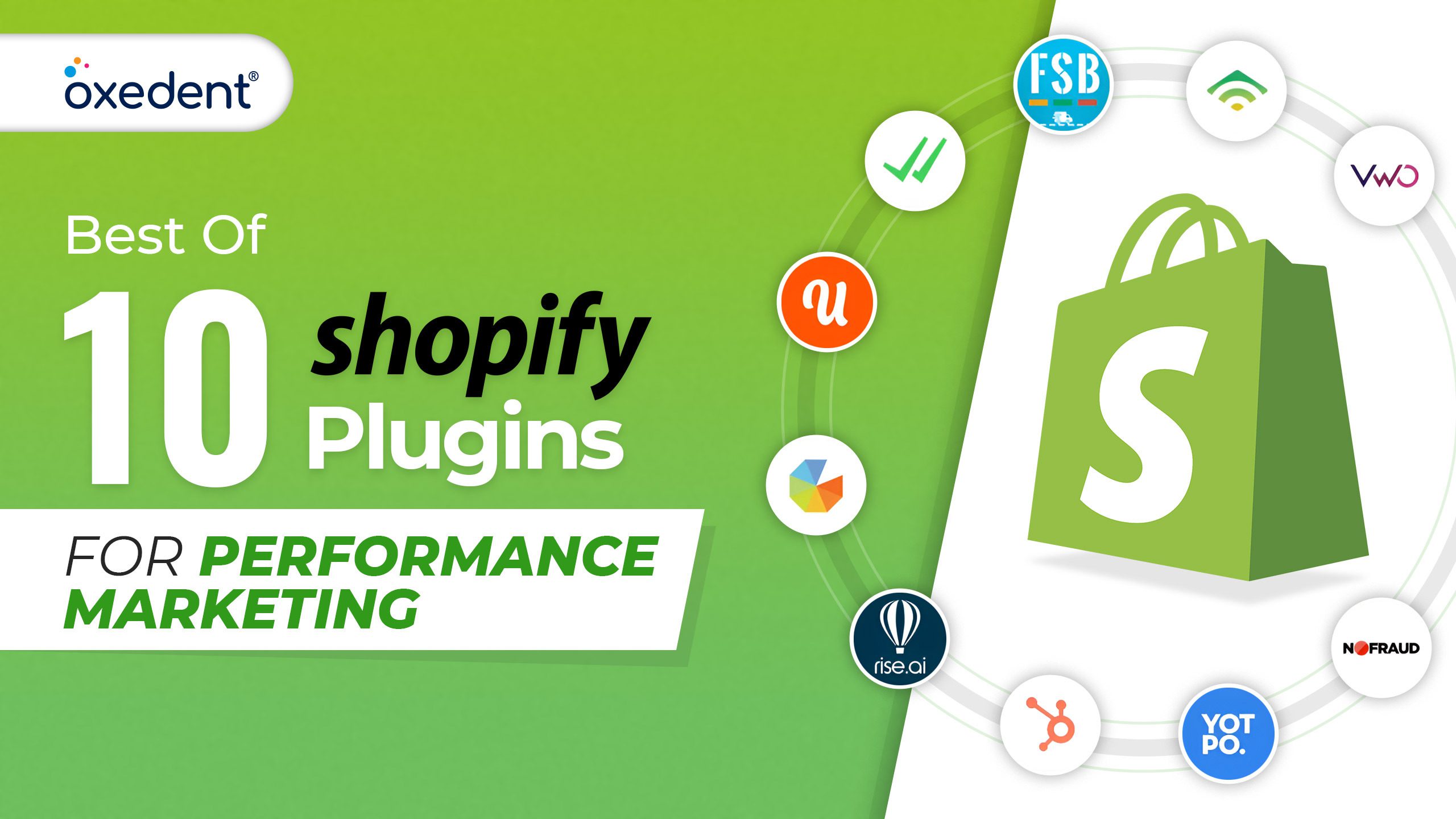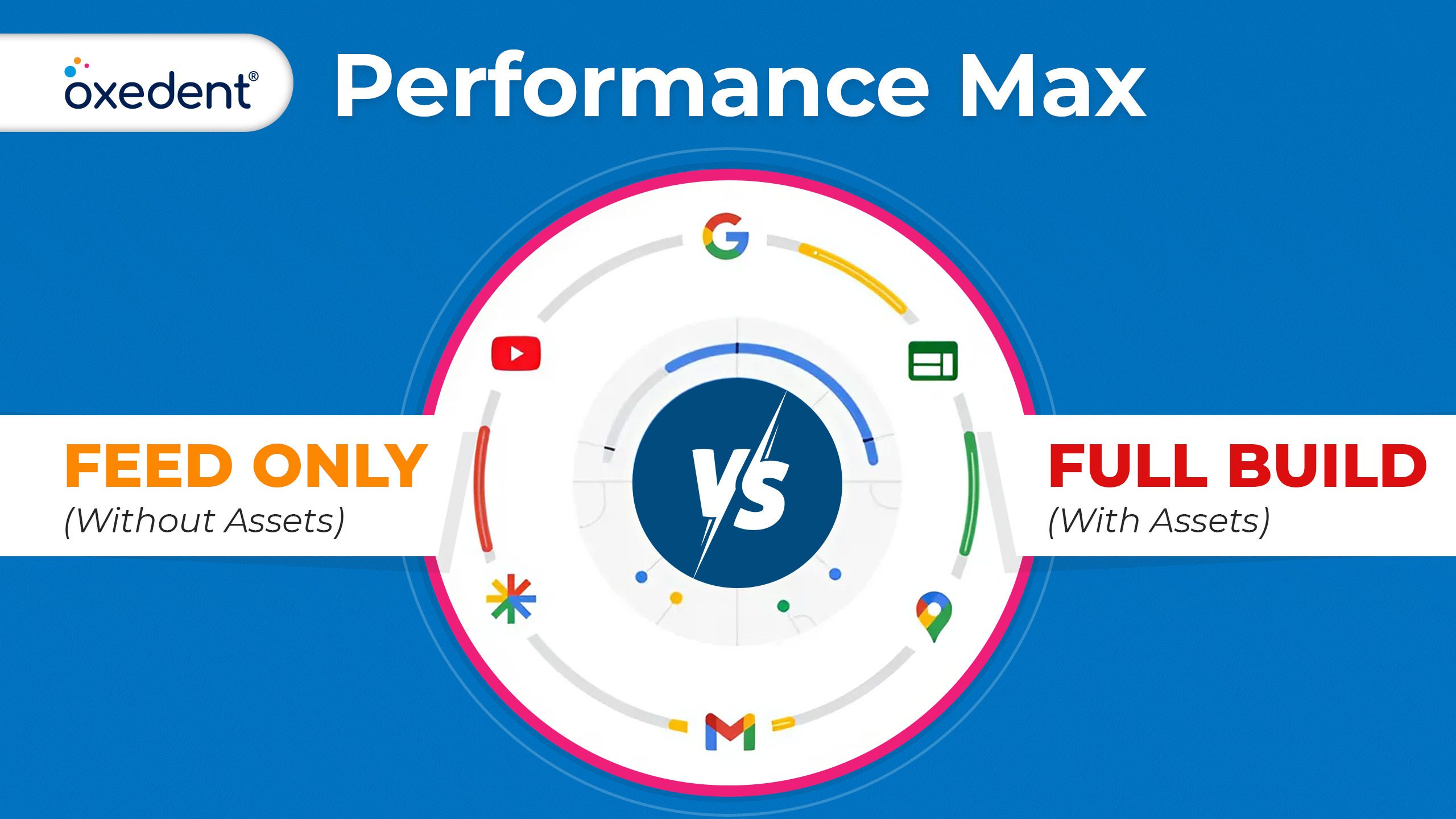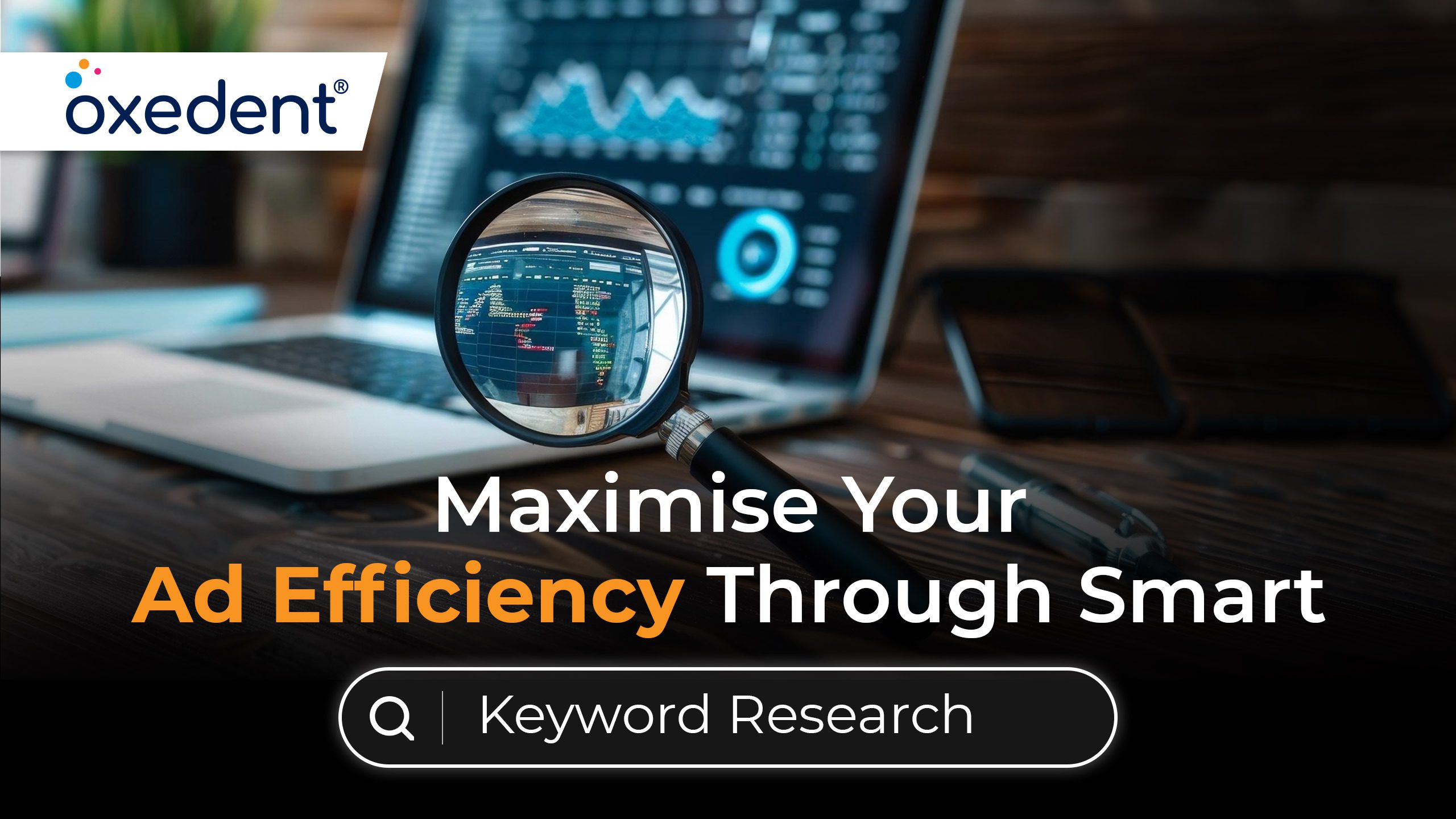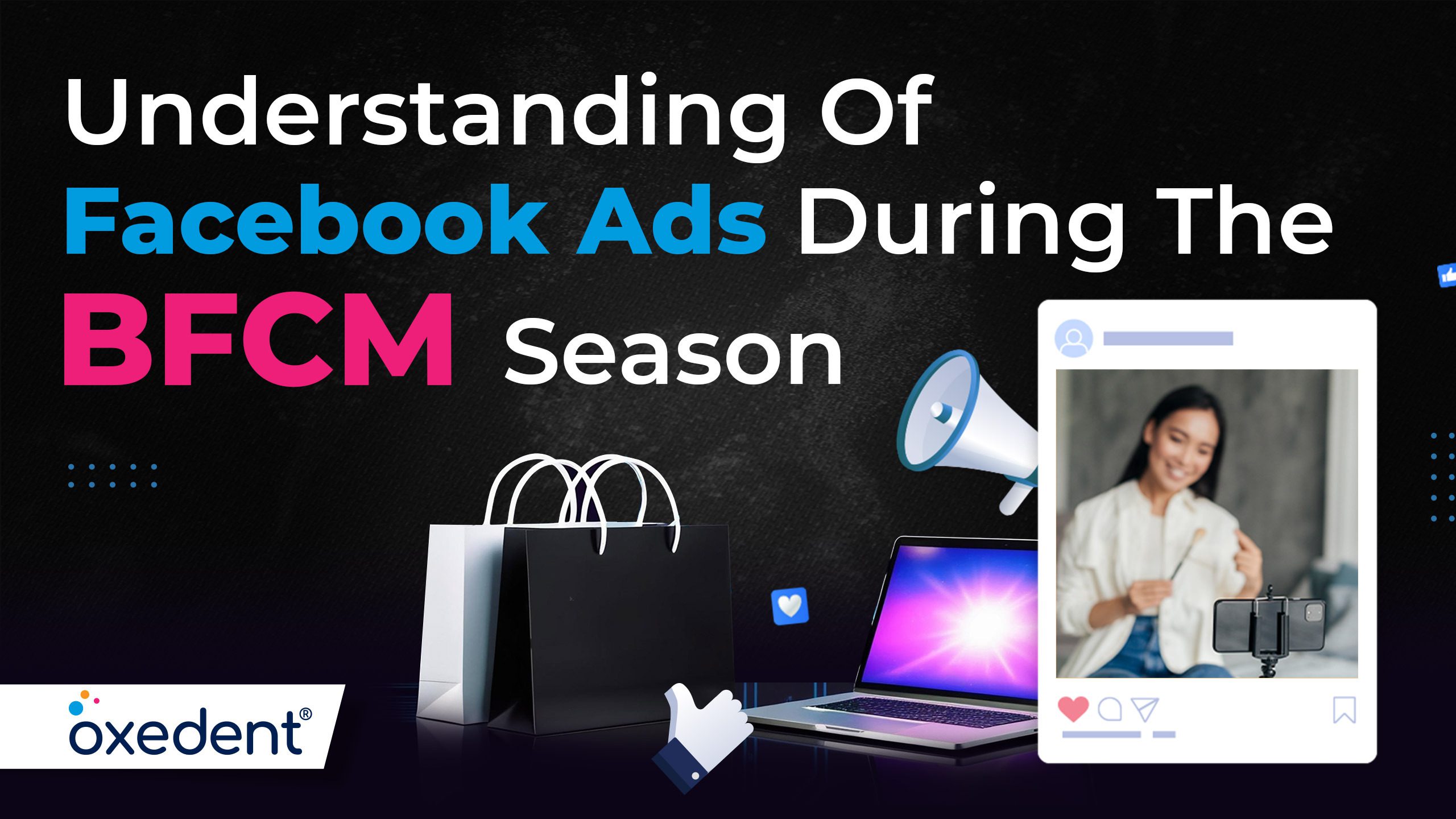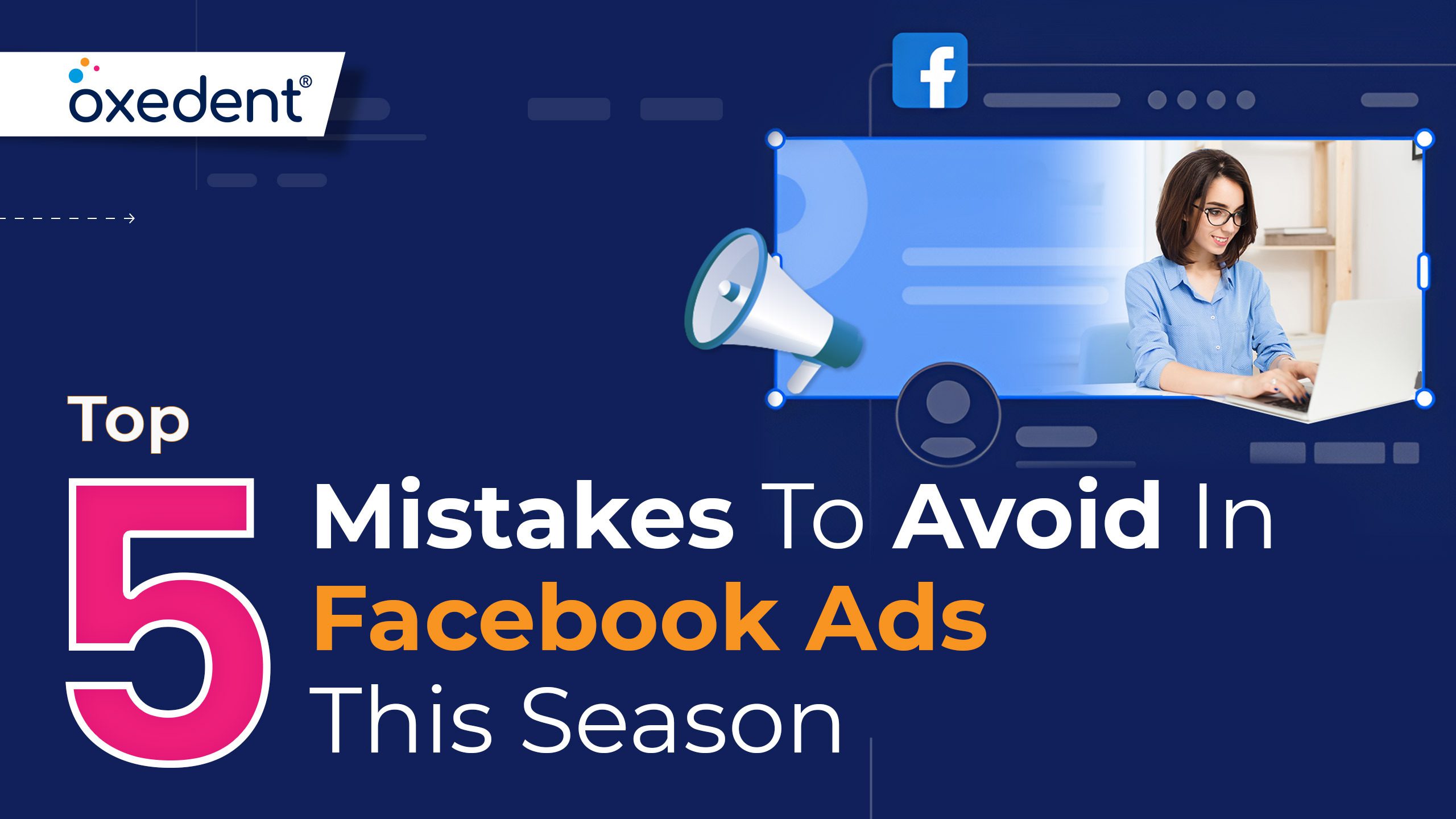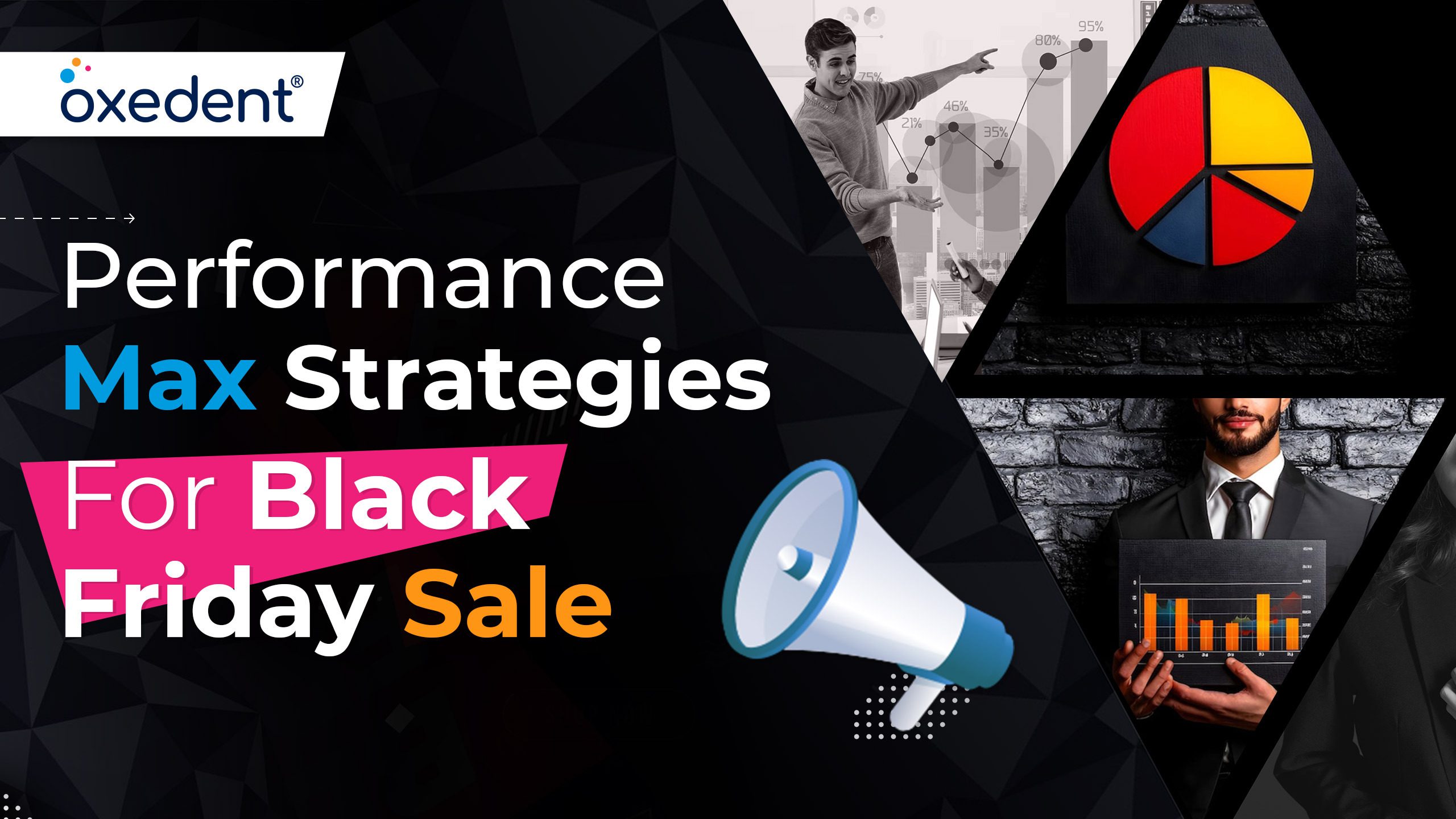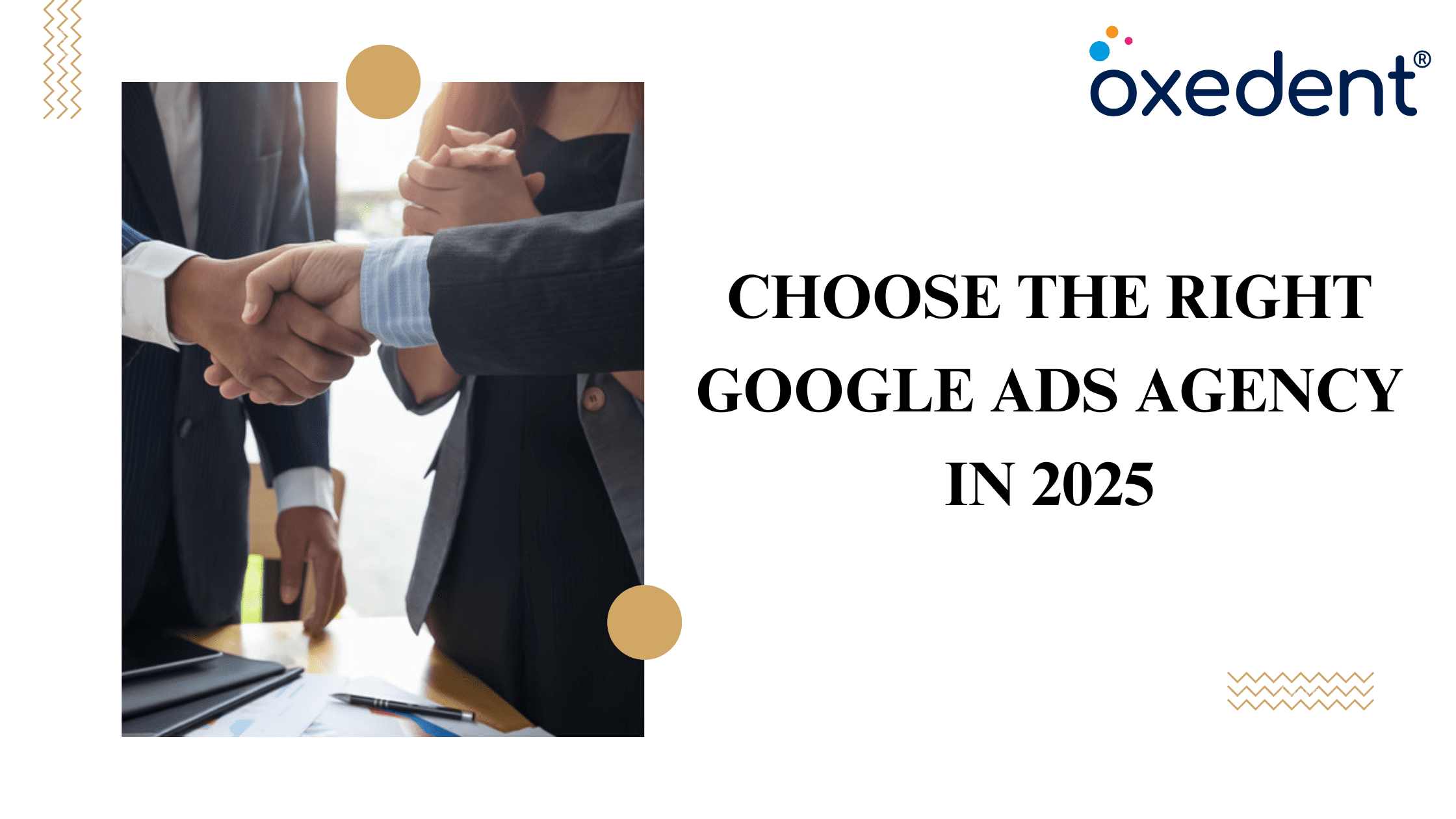18 Sure-Fire Tips to Reduce Cost Per Conversion in Google Ads
Updated on 13/04/2025 at 08:24 am

The three most important metrics for pay per click (PPC) are conversions, conversion rates, and last but not the least cost per conversion (CPC). These three always influence one another and when brought together, they decide the profitability of your campaigns.
And one of the potential ways to improve your ROI over the time is by monitoring your cost per conversion and finding ways to lower it as much as possible.
If you feel you are spending too much on your cost per conversion, you should always find ways to minimize the budget. And if you think that you have already achieved the optimal hit place, you must know that there is always room for improvement in order to improve your business results with PPC efforts.
Anyone would like to double the conversion rates for his Google Ads PPC account!
The only question is,
Is that you?
That’s probably a stupid question because who would not!
Smart advertisers remain concerned about two major aspects:
- Increase in conversion rates
- A decrease in cost per conversion rates
Keeping all other things aside, these two should be the main goals and nothing else should matter to the marketers. But one needs to understand that there are a few technical tracking things including conversion code, conversion id, and conversion pixels.
If you are investing money but still not getting adequate results, it will hurt the bottom line of your business. So you need to be smarter with your campaigns and smart PPC marketers would get the best results.
You may be skeptical about Google Ads as you are scared about the fact that you might lose money. However, you should know that Google Ads is still the highest generator of conversion rates and returns on investment (ROI) based on the KPIs (key performance indicators).
Of course, results will vary depending on the quality of ads and the product or the industry but about 31% of the advertisers are of the opinion that the average CPC (cost per click) on Google Ads is as less than $1-$2.
While determining the success of paid ads, one should consider a number of factors before analyzing the campaigns. One of the vital Ads metrics is CPC and it is rather important to keep sight of it amidst other clicks, shares, comments, and likes.
It is because it is the CPC that will determine the overall success of your efforts. The lesser be your CPC, the lower is your CPA (cost per acquisition) and this should be the ultimate goal of every smart businessman.
Marketers should learn how to improve their CPC.
#1 Opt for Manual CPC Bidding
Google’s automatic bidding system can be of great help in getting your ads in front of the audience but it drives costs too. This requires a lot of experiments and a number of modifications and is of course time-consuming. But in the end, it helps to lower CPC.
Whereas Google’s automatic bidding is where Google Ads do all the work for you, manual bidding, on the other hand, differs from automatic bidding and allows you to have complete control on your maximum CPC that can be adjusted depending on historic data as well as the generic performance level of your account.
Manual bidding helps in prioritizing the keywords that would convert more. Lowering your bids on less converting keywords and increasing your bids on greater converting keywords is an intelligent step.
Make sure you pause or remove the inefficient keywords. Often a major portion of the clients’ monthly spend is allocated for one or two costly keywords and that too do not generate leads. One can also bid by positions to get the best values from your ads. One of the proven and effective ways of lowering your CPC in Google Ads is through the reduction of bids for any competitive phrase in higher positions. Targeting long tail search phrases can be helpful.
Once you start drawing conclusions about ads and ad positions, you should start experimenting with other options for testing newer strategies and improve your ad CTR as well as the CPC of your Ads account.
#2 Bid on Brand Terms
You might be willing to use specific strategies while using branded keywords. But for non-branded keywords, you should focus to gain the second position by lowering the CPC bids. While competing with the other larger brands, you have to pay a premium for achieving a higher position against the other big companies that have huge ad budgets.
The targeting for the second position will allow you to show your ads both on mobile phones and desktop or tablet screens above the fold or near the top. Besides, you can lower your costs in comparison to the first position. Customers use search queries that include branded terms and hence it is worth bidding on the branded terms. You can reduce your bids on the non-branded queries that have lower conversion rates. You should experiment with the strategies for both negative keywords and branded keywords and check what will work best for you.
#3 Pausing non-converting keywords

Be it for a new PPC enthusiast or for veteran PPC users, it should be a priority to review the keywords on daily basis. The first thing you need to check is at the keywords to see which the conversion generating keywords are and which the losing ones are.
Data can be your guide while emitting out non-converting keywords. One does not want to pause keywords at an early stage for they do not want to take the risk of removing the future winners. But before pausing the non-converting keywords, you should clearly understand your target CPC (cost per conversion) as well as the conversion rate of the website and then jump to any conclusion.
A number of businesses have budget limitations and this is the reason that you should isolate the loser keywords from the winning ones and then allow a special budget for the winners. In this way, you can make bigger budget allocations for the keywords to hit the goals and keep fewer budgets for the losing ones that are not worthy. One can also create a semi clinic for those keywords which are not hitting the goals and here you have to work on them to improve your results or just pause them for they are of no use for the time being.
#4 Structure Campaigns/Ad Group/Keywords
Search for the keywords that will convert in each of the ad groups. You can use the search terms report for the conversion of keywords at your target or above your target and this would help you to mine for newer keywords and alternative match types.
Try to discover new keywords related to your ads or campaigns through using the Search terms report. This will allow you to see the search terms that were used by your target audience before they click on your ads and if you find them relevant to your ad campaigns, you can continue running them and thereby get a huge search volume and add these search terms to your keyword list.
It might seem difficult for you to organize Google Ads PPC campaigns but it is necessary to increase your chances to get a better conversion rate. Grouping keywords is one of the important tasks included in conversion tracking.
Some aspects which you should look into while effective grouping and organizing keywords are as follows:
- Effective structure– Get an effective structure while organizing PPC campaigns. Your campaigns should have various characteristics including budget and bidding strategy such as CPC (cost per conversion) that help you in sorting out the campaigns. You can also track your campaigns to know if they will run successfully on the display network or search network.
Ad groups serve as containers for your campaigns. It means that your campaigns should be organized as well as stored in groups and is ready for the launch. Ad groups manage your ads and all related keywords.
The keywords should be relevant to each other and then lie in an organized way. Also, the ads should be closely related to the keywords. Moreover, the landing page, the ad as well as the targeted keywords all should be congruent to one another. The conversion tracking can thus be made easier and also in relevance to the conversion types according to the keyword phrases.
For effective tracking of your results, you should organize your accounts and allot separate campaigns for them. Beginners would find this very useful for their Google Ads advertisements.
- Target small ad groups-make sure that all the ad groups are small and each ad group should be focused on a specific product, service, model or offer. For instance, the ad group for web training. You should have a proven system to choose a new ad group or a new campaign.
Smaller ad groups tend to result in a more relevant keyword list in the conversion tracker for each single ad group. This makes it easy to develop the right ads for each one of the ad groups in the search funnel. This makes it easy to track results for a smaller ad group versus a bigger one. Keep in mind that you keep 4 ads in each ad group.
It is essential that you create the ad groups tightly focused on a specific product or any keyword list. It helps to improve the click-through rate (CTR) and then it will be easier to track the keyword performance and other metrics.
Look at the example below of a small ad group focused on closely related keywords:
- Experimenting different ad versions: it is essential to create different ad variations during the ad set up. The variations reveal the best approach for your ad placements as well as conversion tracking. When you want to view the conversions, click on the tab “tools and analysis” and then go to “conversions” tab on the Google Ads dashboard.
#5 Integration of negative keywords

Look for opportunities to block the irrelevant or unqualified searches and this can be wonderful for your overall CPC (cost per conversion). Use the search terms report for finding new keywords as additions that do not align with the objectives of advertisements. With irrelevant searches, you will get shocked by the number of clicks you will get and the crazy searches made by people who will end up clicking on your ads.
While analyzing at your search terms reports, always look for irrelevant searches that don’t lie in line with your advertising goals and eliminate them.
CPC can be lowered on Google Ads and the best strategy is by using negative keywords. The negative keywords help Google searches the ad you want to appear for and the ads you don’t. This can bring a big difference in CPC.
Suppose, PPC is used by you for growth hackers and targeting people who are searching for “growth hacking services” and its variants. But make sure that you don’t show up for the keywords like “hacking services”.
Experts are of the opinion that one should use negative bids more than just the keywords. The areas should be separated and negative bids should be created to the city, state or zip codes. This can help you to focus on locations with better conversion rates.
#6 DO NOT include Search Partner Site
You may segment your campaigns by the network for assessing the way search partners are stacking up against Google search. You can also cut down on your cost per conversions (CPC) rates by running only on Google search.
#7 Evaluate Weekly Performance
You can lower your CPC in a number of ways through the proper evaluation of the best time slots when your ads will show.
Analyzing of conversions by hours
Depending on the type of business, showing ads for 24 hours in a day might not be necessary for reaching your conversion requirements. In some cases, you can find optimal times for aggressive bidding or dropping keyword bids. Or you might feel not to run ads at all for the time being.
- Analyzing of conversions by days
According to your business type and background data, revise your ad scheduling only on certain days like Monday to Wednesday. These metrics can help to make better decisions.
- Impressions: the hours of the day or days of a week when people search for your products or services.
- Conversions: the hours of the day or days of the week when the users convert.
- CPC (Cost per conversion): the hours of the day or days of a week when the conversions are more or less expensive.
- Conversion Rate:the hours of a day or days of a week when the people tend to convert more or are less likely to convert.
#8 Review and optimize your landing page
It is crucial to have designated landing pages so that your ads can point to most relevant pages of your website and this can help to increase the quality score of your ads.
The first page visited by users after they click on your ad, is the landing page and this has a huge impact in terms of conversion generation. The effectiveness of landing pages is considered one of the major backing factors behind the success of your ads and conducting A/B tests to improve the success rate of your business.
All the pages of your website cannot engage or convert the visitors in the same way or at the same rate. You need to run a historical review for each of the landing pages along with necessary adjustments. You can run a test to send visitors to the pages having a good record for conversions of visitors. The pages should also have a clear path for the visitors to convert.
The quality of the landing page is a major role player in the improvement of quality score. Many of the marketers believe that the landing pages are the most important areas to focus on.
Landing page creation focuses on a single keyword. The CPC will generally be less than the target keyword to the website page featuring the focus keyword and many others. This increases the relevance score of the ads and thereby the CPC gets lowered.
But the sad part is people do not tend to focus on landing pages and as a result, the website experience is not paid proper attention to. Hence driving traffic to your paid pages becomes a bit difficult.
But during the last few years, industry experts have understood the value of quality score and its effect on the CPCs of keywords. A high-quality score is essential but advertisers cannot really change it over a night’s time. It can neither be adjusted in the settings nor can the algorithms be changed and this makes the advertisers frustrated those who are habituated to instant gratification in the paid search realm.
However, a high-quality score can show the positive impact of the overall experience for the customers. You should maintain proper alignment between the terms of paid search and that of web development, web design as well as SEO teams.
Redoing of websites is a great idea with proper allocations of landing pages and other required settings to increase their quality score along with other metrics including bounce rates, the average number of viewed pages. The increase of average time spent of the audiences on your website as well as the presence of valuable content has resulted in a significant drop in CPC as more number of people view the new website.
The quality of landing pages is determined by two factors:
- Relevant content matching the search query of users
- Clear and concise CTAs for maximum conversions
If both these criteria are met on your landing page, then your ads work better as well as you get higher quality scores which result in lower CPCs. Unbounce put together 101 tips to optimize your landing page.
#9 Review Ad copies: align ad copies with landing page
Make sure to test new messaging texts for your ads against the best performers at present. Make smaller changes to your ad copies as well as in your call-to-action texts to help qualify in getting an increased number of website visitors. Action words such as ‘contact us’, ‘get a quote’ or ‘book online’ can be helpful in increasing the conversion rates and reduce your CPCs which is the ultimate goal. When you want to generate maximum clicks through your Google ad copies, then you need to align your ad copies with your landing page. Then the clicks can provide a meaningful impact and improve your quality score.
Look at the below diagram for the six elements that are helpful in raising the quality score:
Quality score is essential for it is one of the key indicators of the past performances of PPC campaigns. Also, it is one of the ways for the prediction of your performance of your future campaigns. Changes in conversion codes are necessary while making any change in your campaigns. Google measures the effectiveness and efficiency of your PPC campaigns and this is called the quality score. A high-quality score refers to the high relevancy and compelling nature of your ads.
A higher quality score can reduce your advertisement costs and provide increased exposure to your ads, with better ad positioning in search network and display network. Google Ads conversion rate also increases. You need to build a clear path to the sale and your landing page copy should be mirroring the copy of your ads.
For instance, when you sell a physical product, it is easy to send click traffic to your product page and they can buy it. Thus conversion tracking is made simple for the implementation of your ad traffic.
The ad headline has a high relevancy to the landing page. It has the URL containing the keyword and this is great for the improvement of CTR (click through rate). The keyword such as “best deals” helps to increase the CTR. On clicking the above search ad, the user lands directly on the website store page where they can buy products easily.
Another important aspect of aligning is keyword theme.
While you are advertising in Google Ads for “social media tracking tool”, your landing page should be “social media tracking” or similar to your ad copies. On the other hand, while sending clicks to your landing page on “social media marketing tips”, there should be no alignment. CPC will increase as the potential leads or the click traffic will not land on a page aligned with conversion types.
In the present situation, in search marketing, one should put a major focus on user optimization. It requires adequate attention as it has a direct effect on the quality score of your landing page which again, in turn, has an effect on the search funnel.
You should know if aligning a copy of the landing page is necessary and to what extent would the alignment be to help the ads improve their conversion rates.
Another vital reason for the alignment of ad copies with its corresponding landing pages is that it will reduce the bounce rate after a particular type of conversion. If the user experience doesn’t turn relevant, none of the potential customers will convert.
Look at the instance below:
Here, you can see the ad copy, and the target keyword is “custom app builder”. So when you click on the ad link, you expect to see the same headline, right???
But when you land, this is the landing page you are sent to:
The headline of the ad copy and the landing page are not in alignment and the headlines are very much different from the content on the landing page and as a result, it doesn’t help in the search funnel for conversions. Users might think that they have been sent to the wrong page.
Now let’s have a look at the second instance.
This ad copy is targeting the keyword ‘mobile game development”. When you click this ad, you will be sent to the landing page:
The landing page has a similar headline as the search, that is, mobile game development.
Also, you can see relevant images suggesting smart phones that align with mobiles. Make sure to do things that will help you to optimize your ad copies and align them with your landing page for the benefit of the customers. It is very important to create a great user experience for your customers when they are on your website for this can increase your quality score. Also, your CPC rates will get reduced and you can have an increase in your revenues.
#10 Optimization of ad copies
You need to take a closer look at your ad copies. Are they aligned with your ad objectives? How are they performing in comparison to the best performing campaigns?
In case you find you need some changes, you might feel it’s important to add brief alterations or major changes to your CTAs as well as present ad copies that would help in you in better targeting of potential leads. It is recommended to add a sense of urgency to your ad copies in order to compel your users to take desired actions on your website.
Many of the ads can produce more number of conversions as well as clicks for a lower cost in comparison to the others. The correlation that exists between the keywords, ad copies and landing pages acts as a great influence in the online success of your business. For instance, if you see ads promising apples and then they direct their traffic into a landing page selling oranges, it is certain that you cannot succeed.
When you want your customers to experience your ads in an effective way, then your ads should echo in your results. So you should run tests and create different ad copies for every ad group and run them alongside with each other until the winner gets identified. The winning ad copy emerges, and then the underperformers should be paused and you start optimization of the messages.
#11 Setup Remarketing Campaigns
Remarketing is effective for the improvement of CRO (conversion rate optimization) and helpful for persuading indecisive visitors to get back to your website and make a buy. Remarketing is a part of completion of goals and it can be achieved only with a good conversion tracking tool.
Remarketing or retargeting helps you to reach out to your audience who are past visitors on your website. Show them relevant ads on other websites and follow them wherever they go within GDN (Google Display Network). This way you can be able to connect with potential users when they browse through other websites by displaying your ads and compelling them to re-visit your site and convert into a purchaser this time. Retargeting is one of the effective strategies for ad display. Retargeting works through use of a tracking code can help you reach back your potential customers. Anyone visiting your website will be tagged with this retargeting tag and added to your remarketing list. Remarketing techniques will be highly profitable to you and help you to increase your conversion rates as well as lower your cost per conversion costs.
There are various ways for retargeting or remarketing while acting on your marketing efforts and you should not miss remarketing campaigns if you don’t want to miss those users who have previously visited your website but abandoned your shopping cart. You must not miss out on the users who have visited your site or viewed a specific product on your site and left without making a purchase. These people definitely have a strong inclination to buy something from your website. If you have the right messaging and enticing offers for your customers, you have greater chances of turning your visitors into buying customers.
Many of the PPC advertisers have not considered remarketing as a useful tool for the optimization of conversion rates. But it can help you to save both time and expenses. You can rarely find any conversion action when a user first visits our website. And according to experts, 75% of the purchasers abandon a shopping cart.
With remarketing, you show the same ads that have already been viewed by users earlier man times. In this way, you can bring them back to your website and make them click the display ads and purchase your products and services.
The conversion rate is higher when your retargeting is on a constant basis. Experts always advise advertisers to be more aggressive as the targeted audience are already interested in your ads and have at least once visited your website. Most of the conversion tracking tools uses conversion codes embedded in the clicks for tracking the way customers went to the website. A conversion id like a discount code should be included to find out which ads have led to the conversion action.
Retargeting can be cut across several platforms, not only Google Ads for conversions. Email targeting can help to get a higher CTR.
#12 Improve Click through Rate (CTR)
Google says that CTR (click through rate) is a ratio to show the frequency of viewing of ads and how often users are clicking on your ads. The more often people click on your ads and visit your website landing page, the more number of people tend to convert into buyers. Hence, improvement of Google ads conversion rate is more essential than the setting up of multiple ads.
If you want your ads to be clicked, you need to do a number of things. You need to benchmark paid search marketing for higher conversion rates.
According to reports, businesses generate an average of $2 as revenue returns for each $1 spent in Google Ads. But if your click rate is lower, you cannot get this kind of result. One can make more money through advertisements on Google Ads when you know what you are up to and also you need to know how to distinguish between Google search ads and display networks. This understanding of distinction helps you to align the ads and create compelling as well as clickable ad copies for your target audience.
Search network refers to the platform of Google displaying text-based ads above and right to the organic results on the SERP (search engine results page). Display network delivers o users various types of image-based ads, for example, banners. It is important that you understand the difference between search network and display networks for the CTR (click-through rates) vary extensively from one network to another and you must test them using conversion codes and conversion tracking tools.
A few of the click-through rate best practices that you can implement today to lower your cost per conversion and boost your sales are:
- Title capitalization in ad copies: avoid using lowercase letters and try to capitalize your title to improve your CTR (click through rate). Look at the example below for title capitalization:
- Marketing search funnel:you need to target the right keywords for achieving the best results and find the target audience members in the buying cycle.
When your target audience knows your brand, you don’t need to target generic headline keywords to provide an overview or introduction to your products. It is a good idea for choosing generating income targeting keywords. In case your target audience includes photographers searching for new gears, your targeted keywords should be “commercially intent”, for instance, “buy a digital camera”, “where to buy a digital camera”, etc.
A swimwear company has been successful in increasing Google Ads CTR by 25x and has increased its conversion rate by 4 times.
Also, the site traffic becomes double as well as there is an increase of about 89% in the number of sign-ups.
This sort of result can be achieved through CTR (click through rate), conversion rates for the best practices including bidding on brand keywords which shows commercial intent and target the right audience. The CTR can be improved through tweaking your ad copies, headlines and altering the placements of keywords in ads.
Aspects affecting CTR have a direct connection with the ad copies but conversions, on the other hand, have a link with the landing page.
- Ad placement is vital:no matter where your ads are, people tend to click on Google ads. But if your ads are placed in a premier position, you can get a higher CTR (click through rate) from your ads. About 2/3rd of the total clicks goes for sponsored results section from among high commercial intent keyword group and attains high Google Ads conversion rates. When your branded keywords give a good amount of search volumes, you might want to set up an Ads campaign for these keywords. The first search ads can generate CTR as much as 37.60% while search ads only yield a 19.60% CTR above the folds.
The people who search for branded keywords like Moz SEO tool are readily agreeing to buy or try new software. Non-branded keywords can also yield higher CTR when they are highly targeted.
Sponsored results account for about 65.12% of the total clicks for the high commercial intent keywords.
When it comes for the right positioning of your ads, don’t only rely on intuitions and predictions, test it out yourself. Use conversion tracking tool and invest your time in the evaluation of ROI (returns on investment) for your ad campaigns.
Frequency of ads is also equally important. The more often people view your ads, the more likely they are for clicking on them.
- Testing of match types: it is easy to improve your CTR by running tests for keyword match types. Exact match and phrase match keywords give you a rise in the positioning of your ad rankings.
Broad match keyword types can be helpful in reaching out to more number of people in comparison to the phrase match and exact match keyword types. The CTR will be low as the ad quality pertaining to the keywords is not close-knit with the user intent. The best way is for the approach is that different match types are tested for your keywords. A balance is brought in the ad campaigns for the match types. It is a great way to make an increase in revenue.
#13 Customer-Focused Approach
In the Google display network, you can add your audience to the ad groups. Everyone is not necessary to target. Google display network is capable of reaching 81% of internet users. So you can get a small percentage out of this huge traffic to your website and turn them to your potential customers.
The first and foremost rule of content marketing is that you should who your potential customers are and create your content catering to their desires, needs or challenges.
Airbnb has been successful in expanding its reach towards its audience and has acquired acclaim internationally with the help of display network. It has also grown huge listings to about 81000 through targeting customers traveling for business or pleasure trips.
But before the launch of ad campaigns, implementation of negative keywords is also essential for steering out people those who are not the right people to target, like those who are not interested in your brands or irrelevant to your sector. This is an excellent way to boost conversion rates through the display network.
Two factors you should focus on while targeting audience are:
- Their top interests
- Demographics
While running ads on Google display network, three elements can bring success to your doorstep leading to conversion action:
- The ads should have the right message
- The ads should reach to the right customers in the search funnel
- The ads should be displayed at the right time
#14 Reduction of max CPC
One of the potential ways to decrease the cost per conversion in Google Ads is through improving the quality score of your keywords. Every keyword must have a quality score between 1 to10. The quality scores provide you an estimate regarding the quality of your ads as well as landing pages triggered by some specific keywords. The higher the quality score, the lower will be the cost per click. For instance, if the average quality score is 5, your Cost per conversion will automatically drop by 16%.
While increasing the maximum CPC (cost per conversion) for a chosen keyword, you are likely to get increased CPCs and CPAs (cost per action). The situation becomes vice-versa while you decrease the maximum CPC for a given keyword.
Another way of reducing the Cost per conversions of your account is by looking for newer keywords and use them with lower CPCs. If you decrease your account’s average CPC, you can get more number of visitors to your website at the same cost. You will likely be getting more traffic and a greater number of conversions at the same conversion rates. As a result, your cost per conversion will reduce gradually when you acquire more number of conversions at the same costs born.
Use specific filters and strategies to cut down the costs of non performing keywords and thereby invest more for the winning ones to get more potential keywords. It would also help you to maximize your budget and meet the desired goals of your business.
CPC affects your ad rankings as well as your position on the SERP (search engine results page). CPC also depends on the number of auctions you deal in. You should create an Ads campaign Experiment (ACE) before you delve into making any drastic modifications in keyword bidding. This will help in the proper evaluation of the effect of your alterations prior to making a final decision for your ads.
#15 Search Terms Report
The search query report is one of the most powerful and important for Google ads. The reasons are:
- You can identify newer opportunities to bring a positive impact on your business. You can get the search query report when you click on “Details” and then on “keywords” tab. You get the tab “search terms” and then click on “all”. Search query reports can give you a proper insight for the terms that are helpful in returning visits or bringing in revenue through your ads.
- Besides providing insights into the terms returning positive revenues, the Search query report (SQR) also gives you an insight for the irrelevant and broad key terms that are returning negative revenues so that they can be excluded.
Look at the below instance, two search queries are been identified that were missed earlier while setting up of the campaign. Now that they have returned some clicks as well as conversions, they have been placed below the client’s CPA goal and that is why I have added them to my keyword list. This sort of building lists can have a significant impact on the performance of the Google Ads account.
Search query reports should be monitored on a regular basis and the growth of negative keywords list is a mandatory part of your daily optimization efforts
#16 Campaign-Level Settings
You should use campaign level settings for reducing your CPC (cost per conversion) rates. Check the various settings you can try and test with:
- Ad rotation: this provides four different settings. Optimize for conversions is one major setting. This shows ads and provides a greater number of conversions. This is designed to help you in case there is more than one ad in your ad group. When you run a single ad in your ad group, then it will have no effect. This setting is easy to use while you run hundreds of ads in different ad groups as well as campaigns. Optimizing of conversions offers the ads a greater number of conversions and a bigger room to shine.
- Keyword matching option: this setting allows Google in the inclusion of misspellings, plurals, etc. while matching search queries with both exact match keywords and phrase match keywords. Your ads get impressions for the search query “cruises” while bidding on the keyword “cruise”. The keyword match option is enabled by default while creating a campaign, hence it is recommended that you check your SQR (search query report) and try to filter out both the exact match and phrase match search terms to get the results produced by those key terms. This option has been a great help in the identification of newer opportunities that can meet CPA goals with much ease now. At times, you can see that some close variants which are not so relevant or are too broad to fit in your Ads account. These key terms can take a share from your marketing budget which can be otherwise put on the winning keywords. It is recommended that you should keep a close eye on the search terms and if you find out that the terms are wasting your budget and not giving out any results, you should opt them out.
- Ad scheduling: ad scheduling is a setting option where you can make changes in the bidding according to the hours of the day or particular days of a week. This is another possible way of reducing your cost per conversion by identification of your performance in terms of the time of the day or day of the week.
For instance, a food delivery service company might be running their ads only when their services are available, that is, 4pm-11pm and they would schedule their ads accordingly for displaying in front of their targeted audience.
In some cases, your customer converts more during specific hours of the day. Check yourself the timings when the conversions are much expensive or the hours or days when your customers are more likely to convert. In case you don’t have an idea where to find this data from, click on the tab “dimensions”, then go to ‘view” button and select “time>hour of day>day of the week”. You can easily check and analyze the performance of your campaigns, say from 00:00-11:59 from Monday-Sunday.
The screenshot shows the progress at each hour of the day. You can notice the difference in CPC (cost per conversion) as well as conversion rates between the time slot from like 00:00-07:59 and 08:00-23:59.
But this doesn’t mean that they cannot advertise on other timings during the day. You can run ads during lunch hours when people might see your ads and order food online through you. But you need to keep a watch on specific timings when your ads become the best performers and get ready to bang on with your ads.
#17 Keyword Match Types
Google Ads offers particular match types for your keywords. Choosing various match types can have a greater effect on your results. Some advice from marketers are as follows:
- Use phrase match with quotations around your terms for targeting a particular phrase.
- Use of broad match modifiers helps to cut down your costs as well as help you to get more control over queries which trigger the ads
- Opt for single keyword ad groups (SKAG) where you can use a single keyword with all match types for increasing the relevancy and CTR (click through rate).
#18 Experimentation with Ad Scheduling
Besides narrowing down the keywords, select the keywords targeting your ads. You can also tell Google the selected time of the day when you want to show your ads. One needs to check the different metrics such as impressions, conversion rates, CPC during any specific day of the week or any chosen hour of the day. Your aim is to find out the time frame that has the lowest CPC (cost per conversion) but a good CTR (click through rate) and a decent conversion rate.
While managing your paid campaigns, there may be a lot of times when you will need to do rapid decision making according to the objectives of your ad campaigns, budget as well as target cost per conversion. In order to be more effective for your business ROI, you need to take in all these factors into consideration and act accordingly.
Here we have listed some simple tricks and tips that can be used to reduce your cost per conversion in Google Ads.
#Bonus: Stop Competitors & Bot Clicks
Use a click fraud detection software to prevent showing ads to your competitors and bots that way you’ll save a lot of wasted budgets.
In the case of B2B companies, the CPC will be higher on business days or during business hours, but the CPC will lower on the weekends and during after-hours. Conversion rates will also be lowered during the weekend days in most of the cases so you need to find out the right balance for your Google Ads.
Want to hire an agency to manage your campaigns? Get your free Google Ads proposal from Oxedent.
This article was written by Biplab Poddar
Ready to grow your eCommerce sales?
Let’s discuss how to scale your eCommerce store with profit and if we’re the right partner to get you there.


